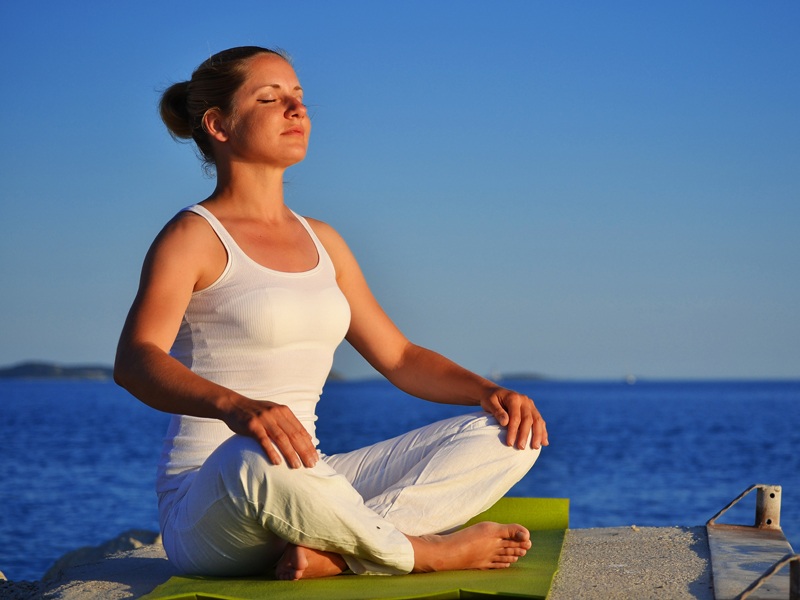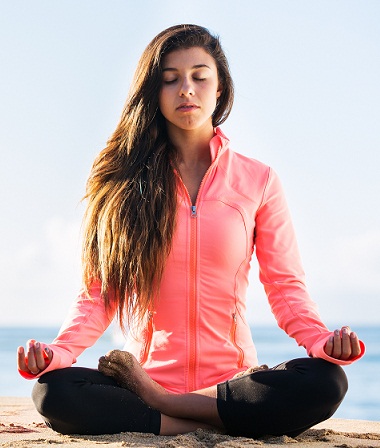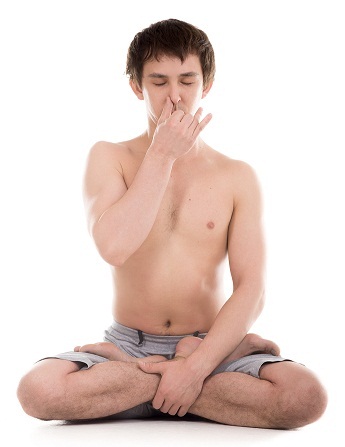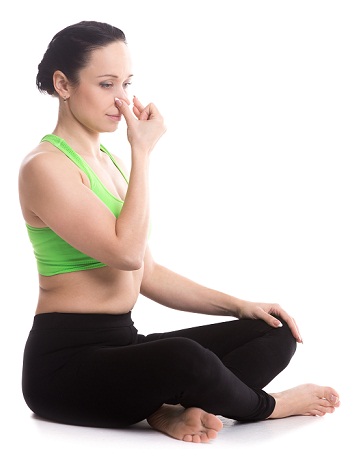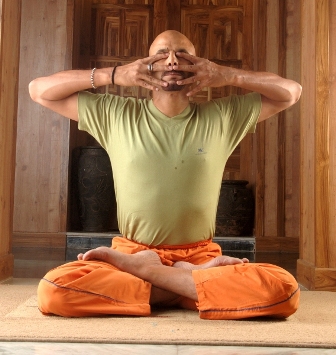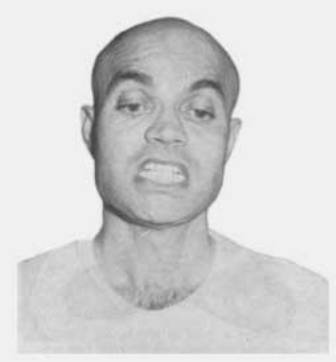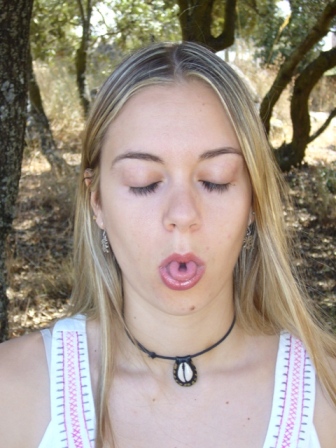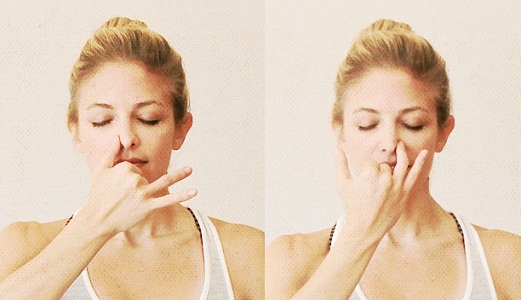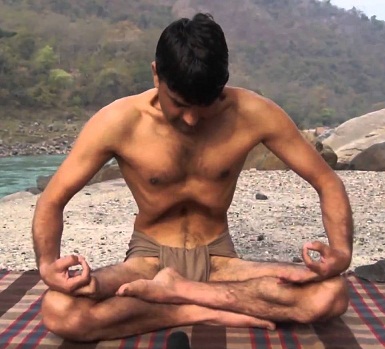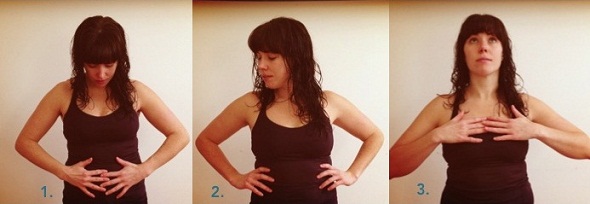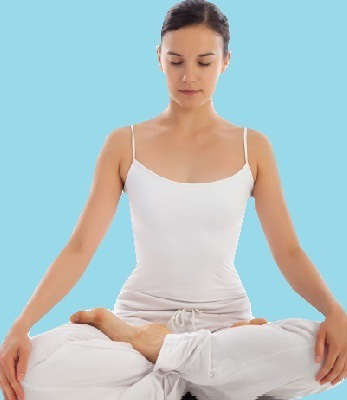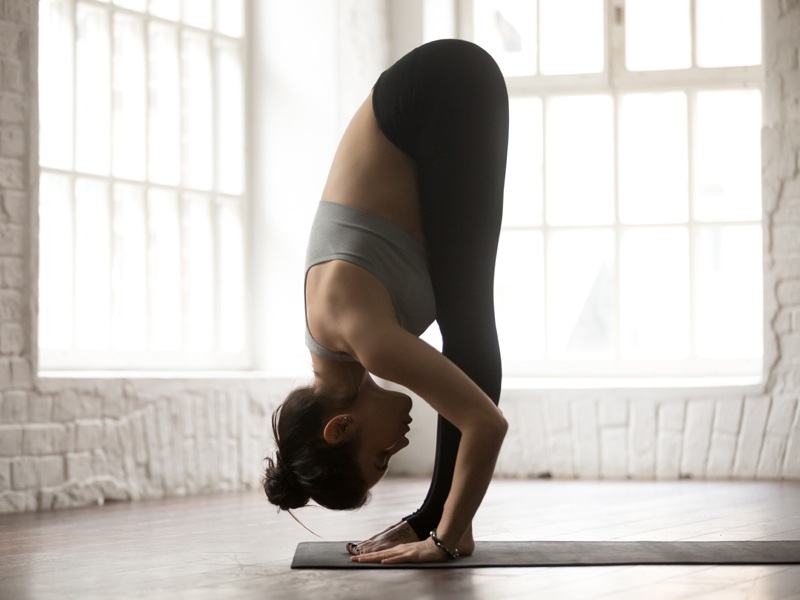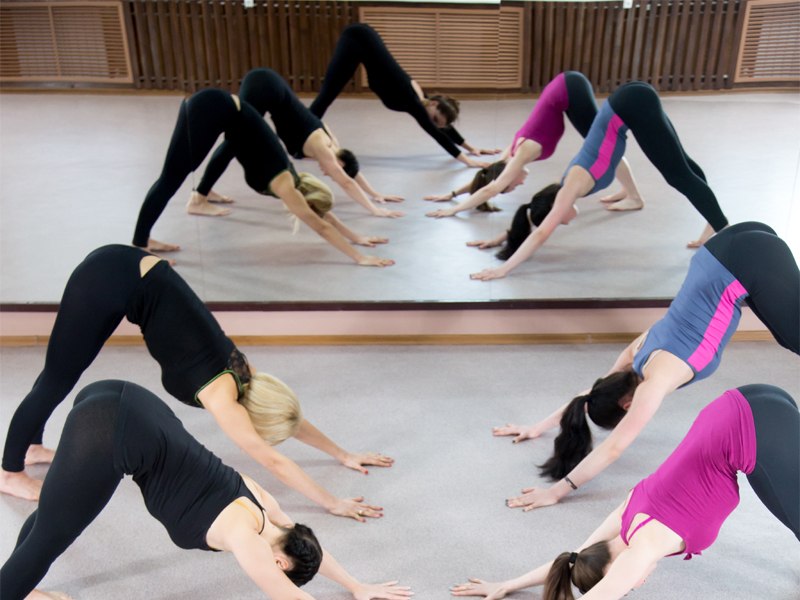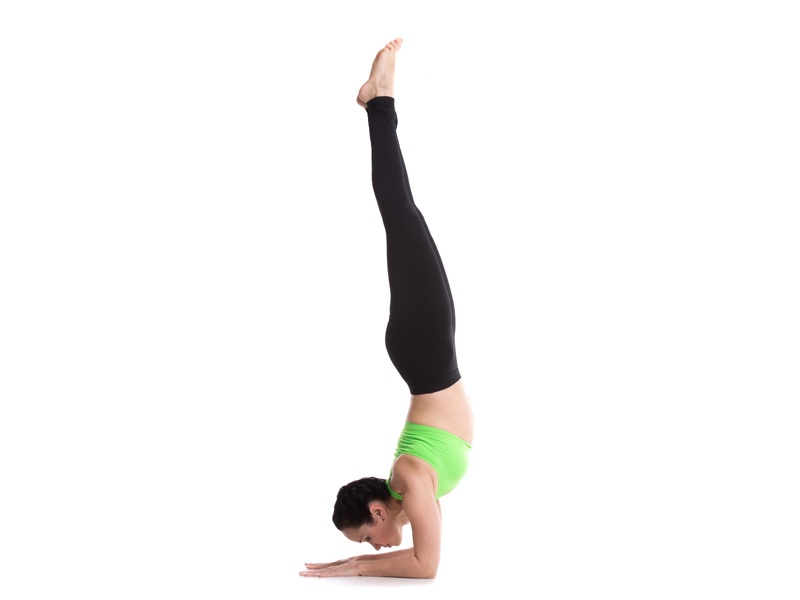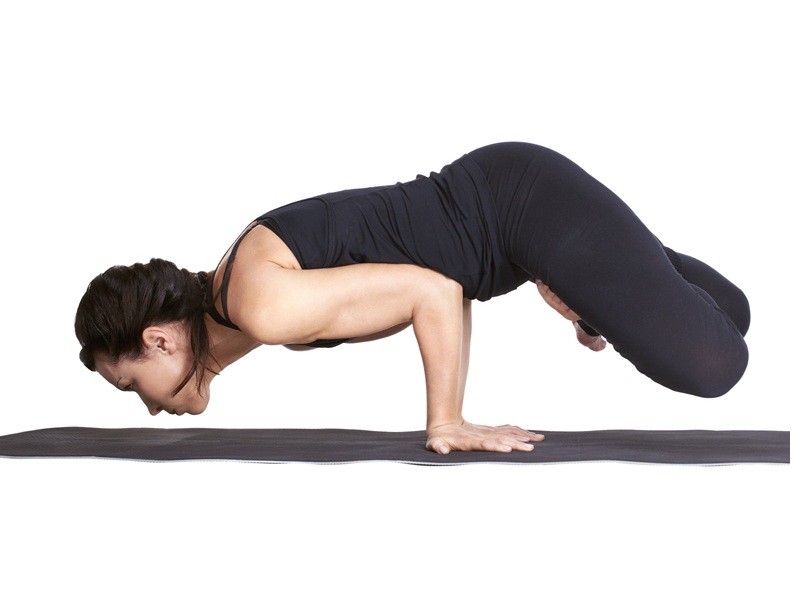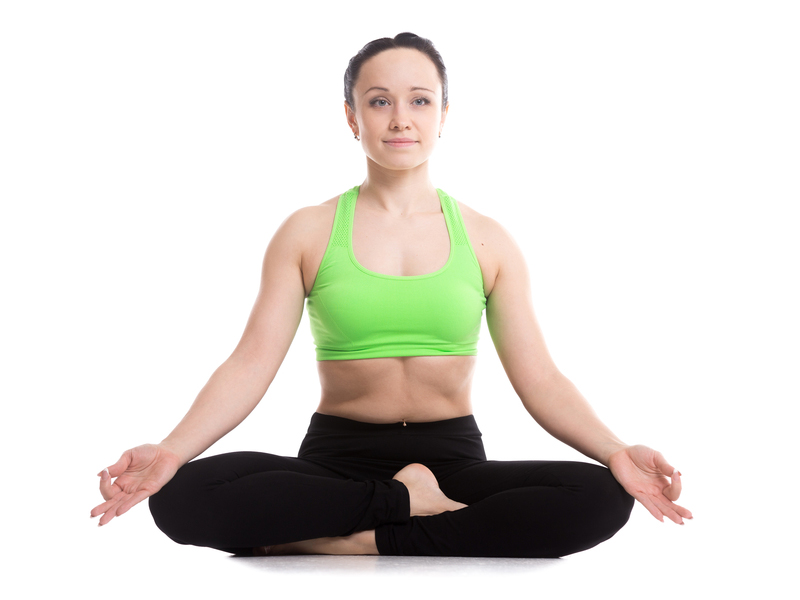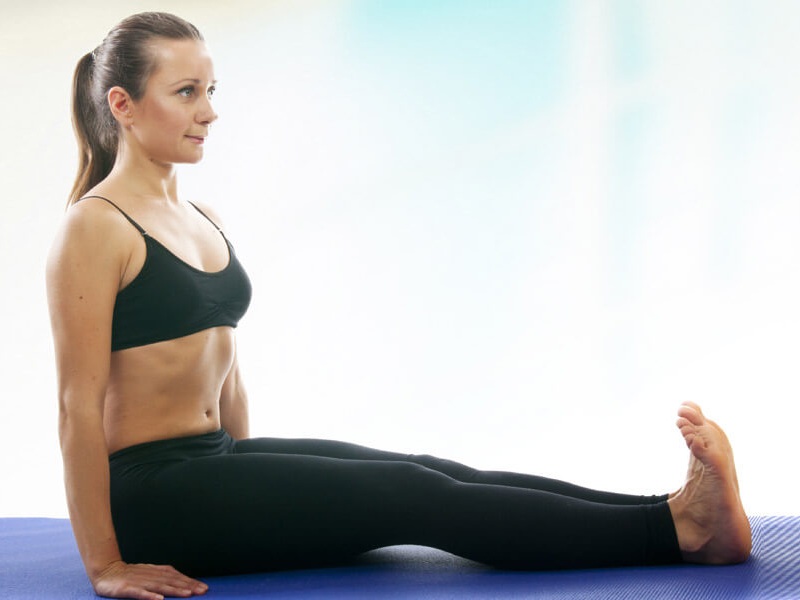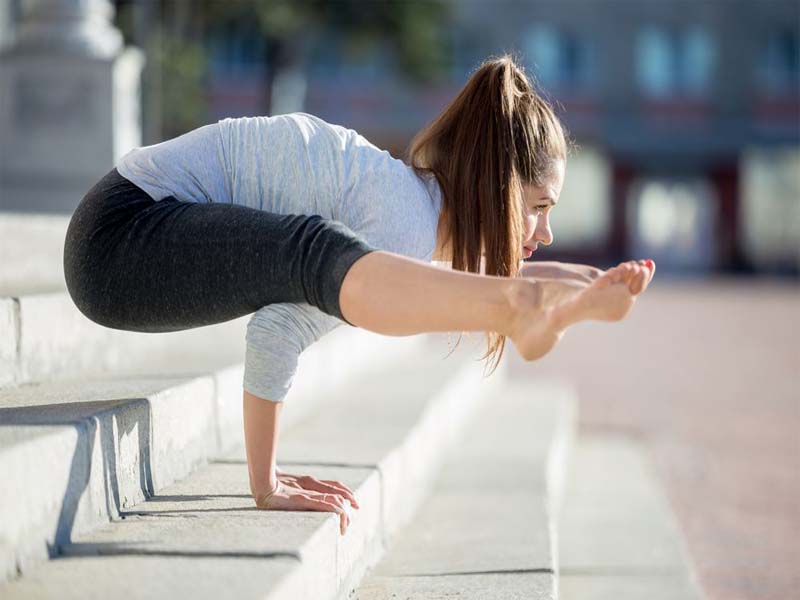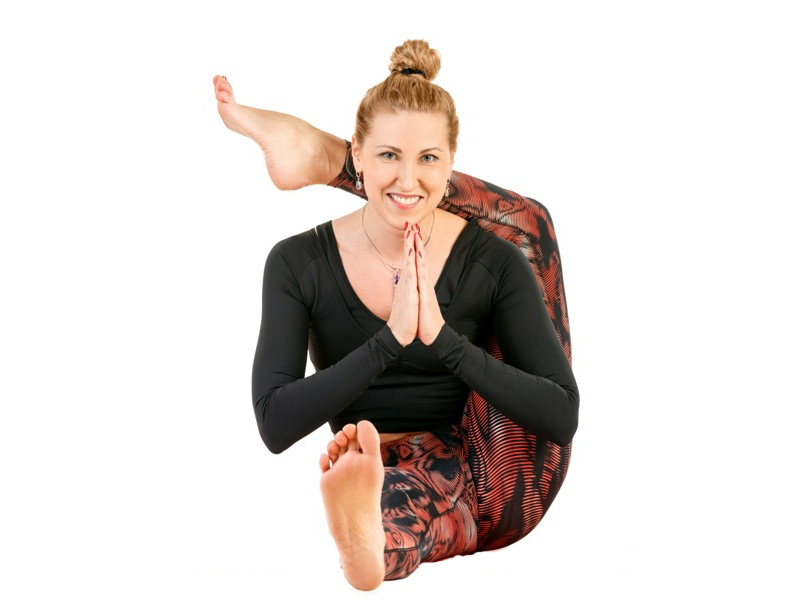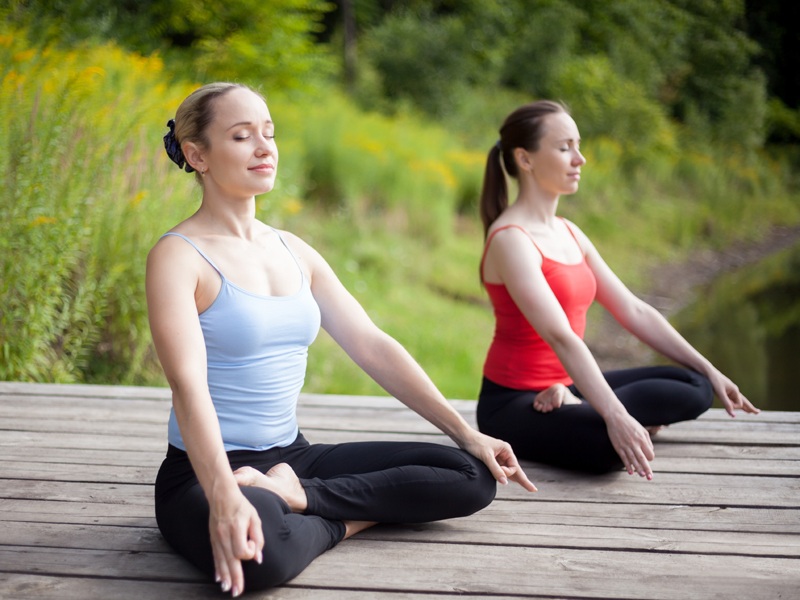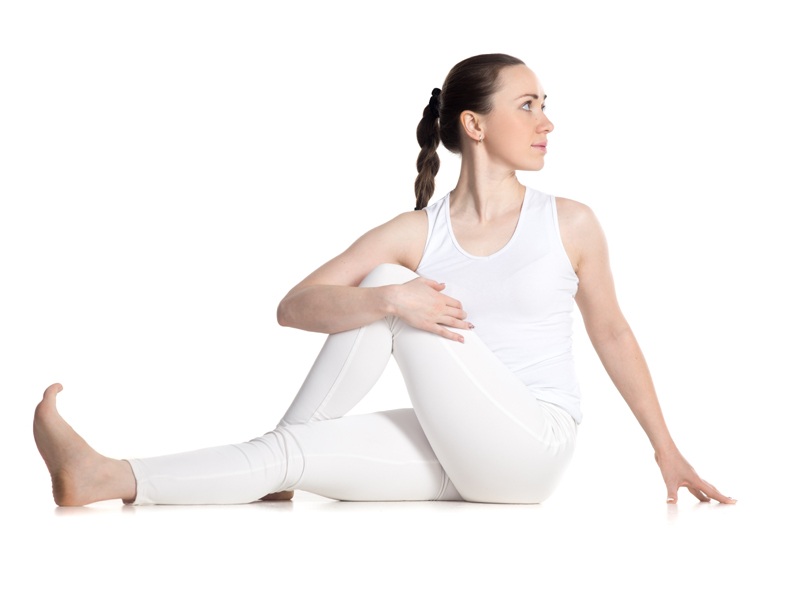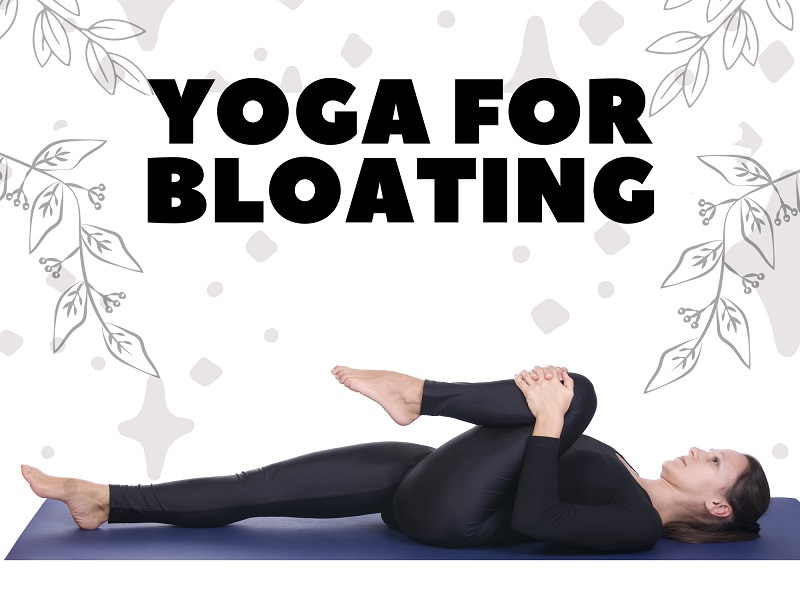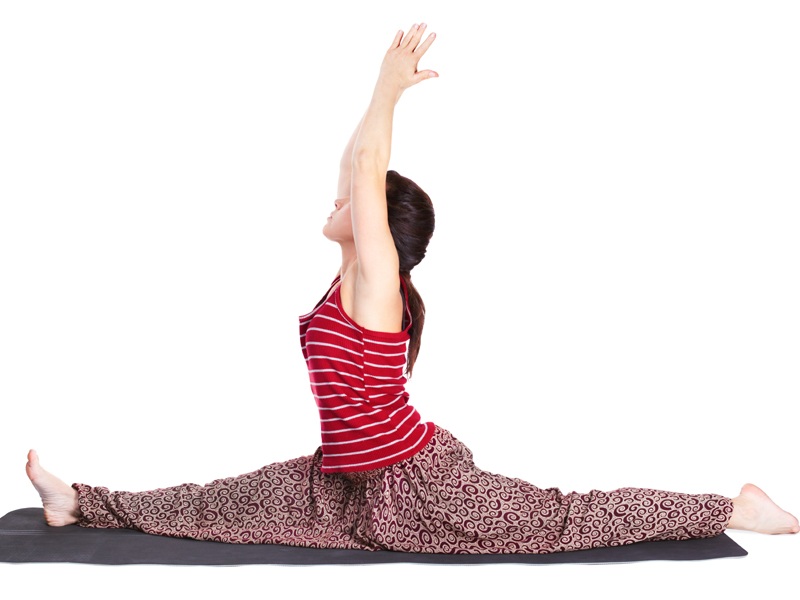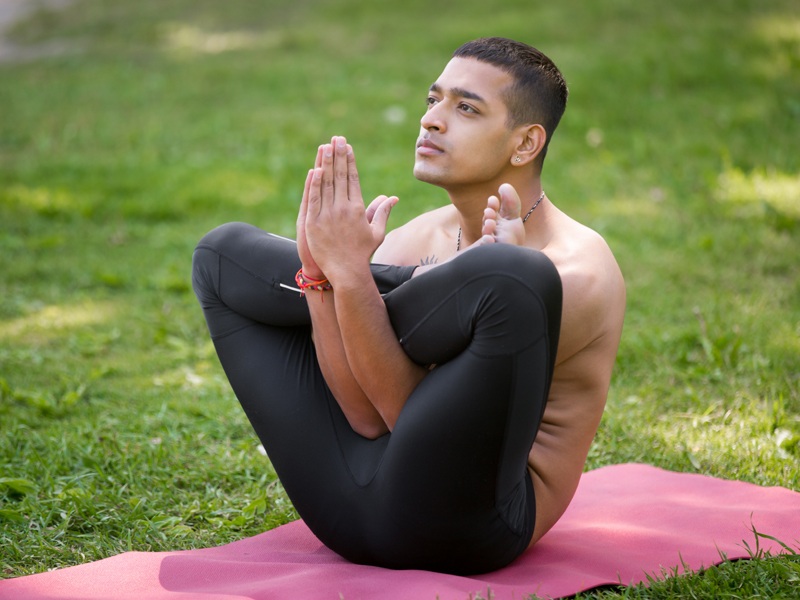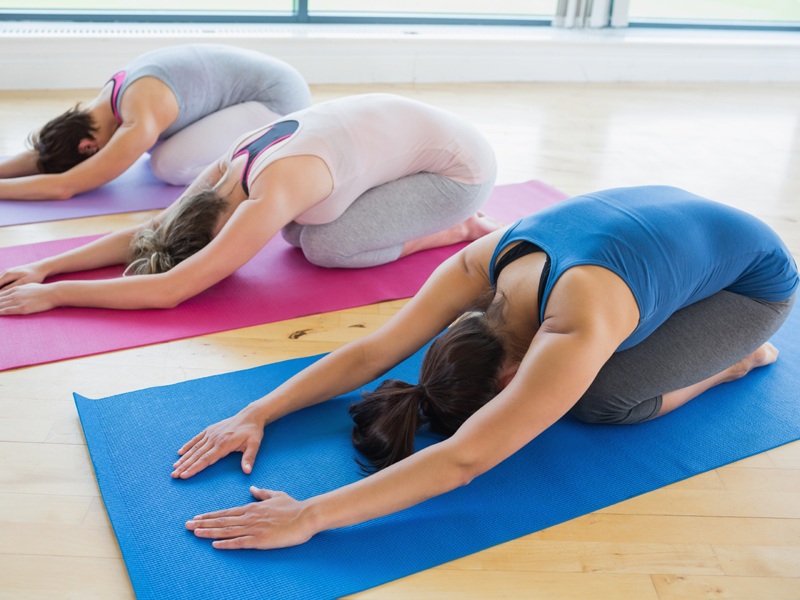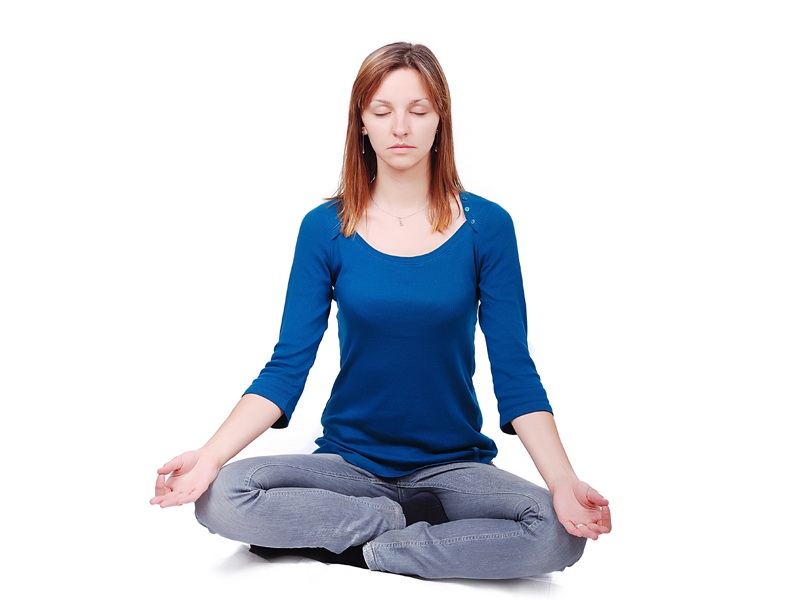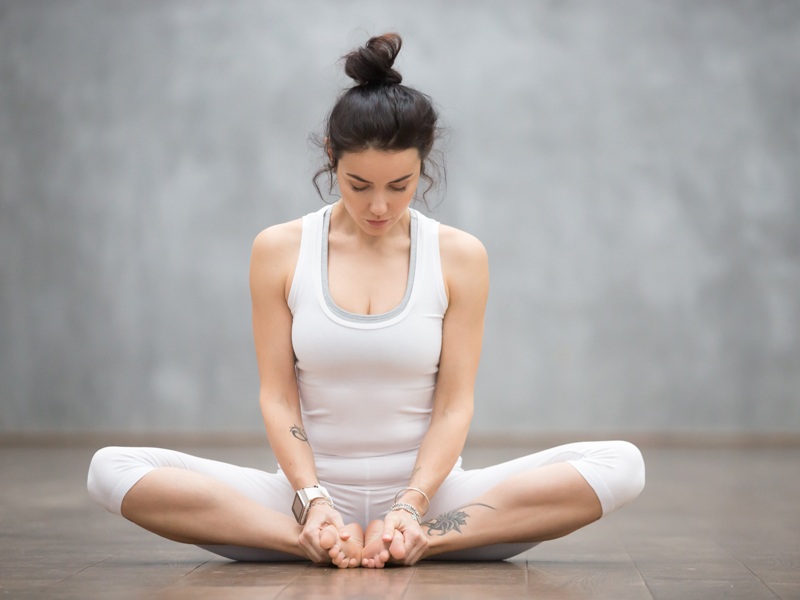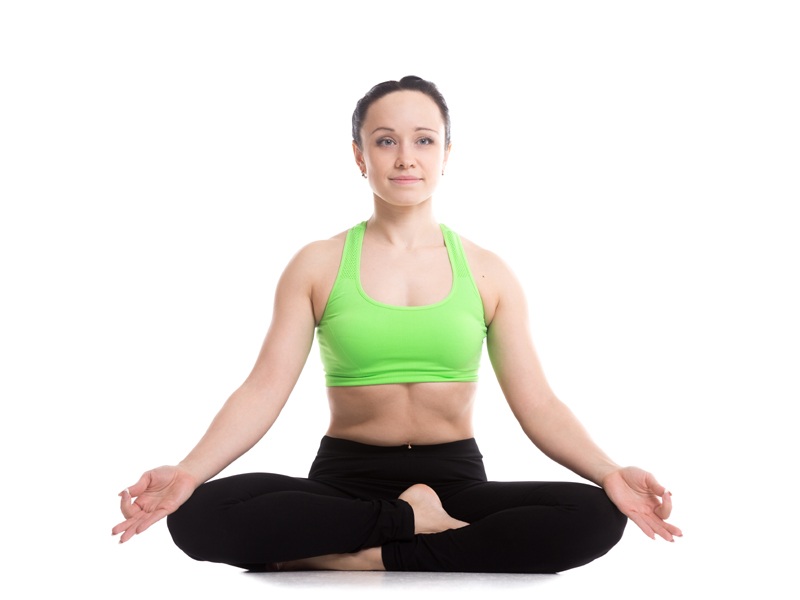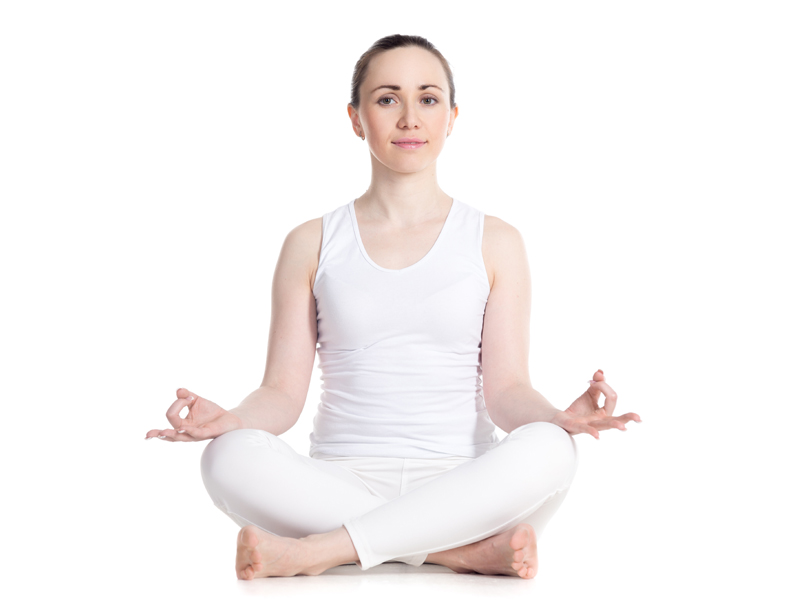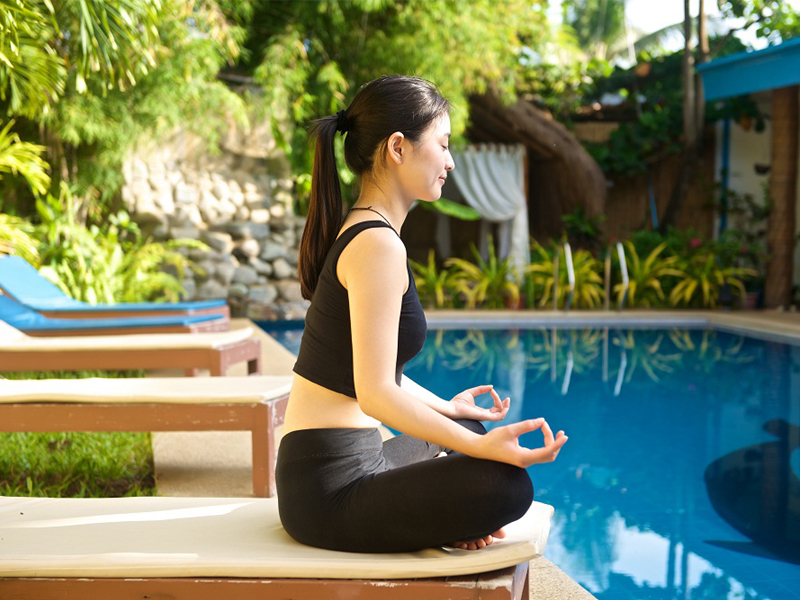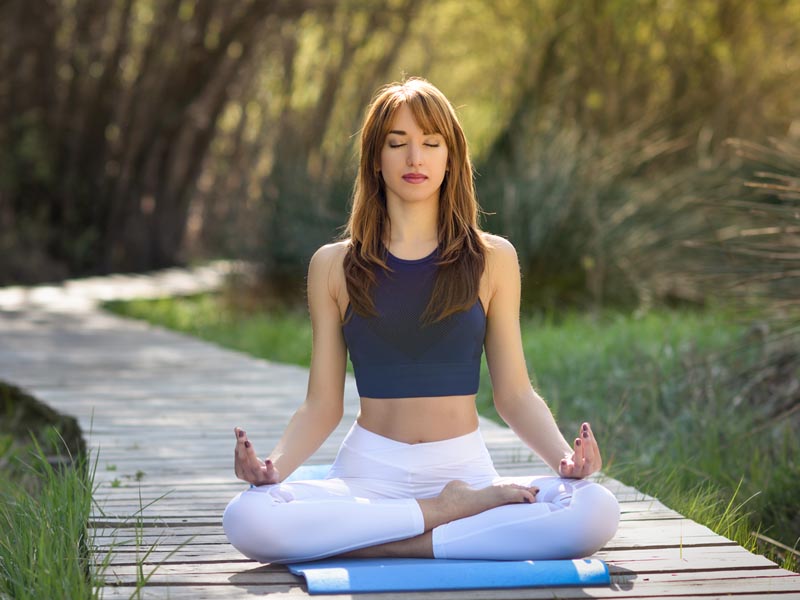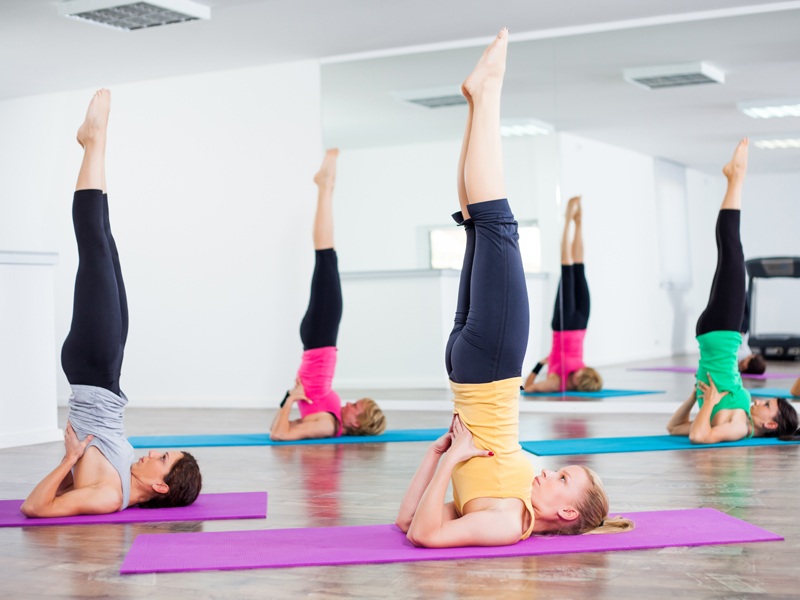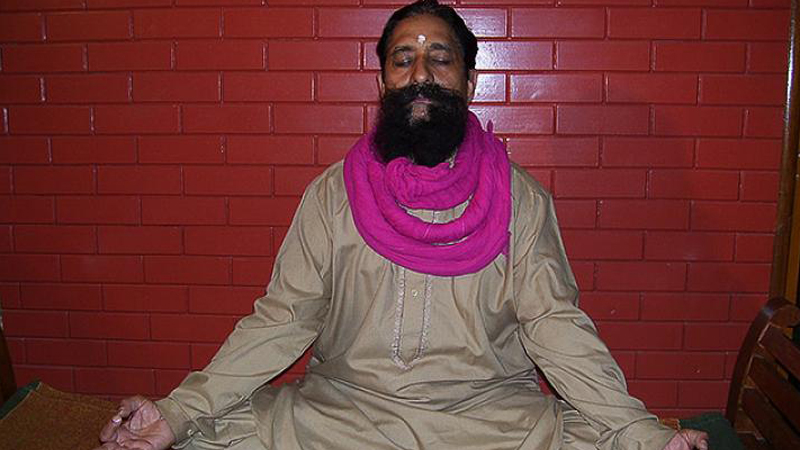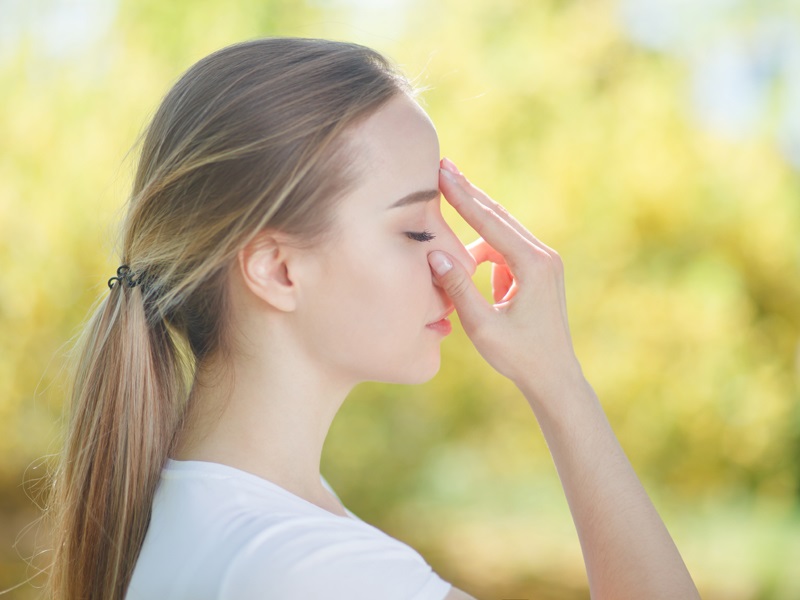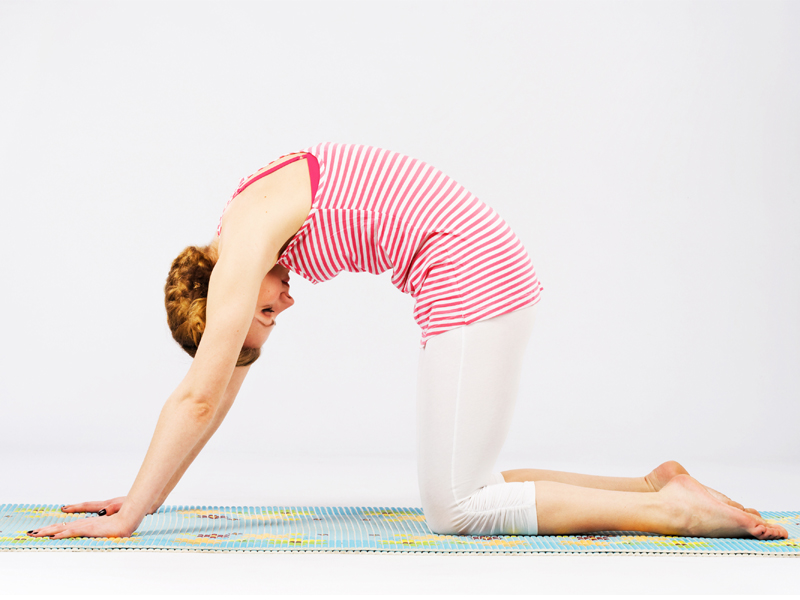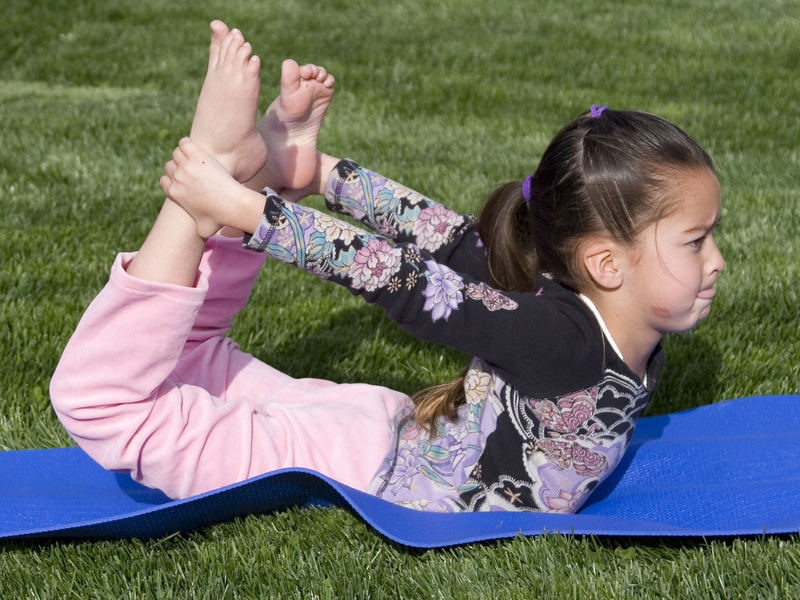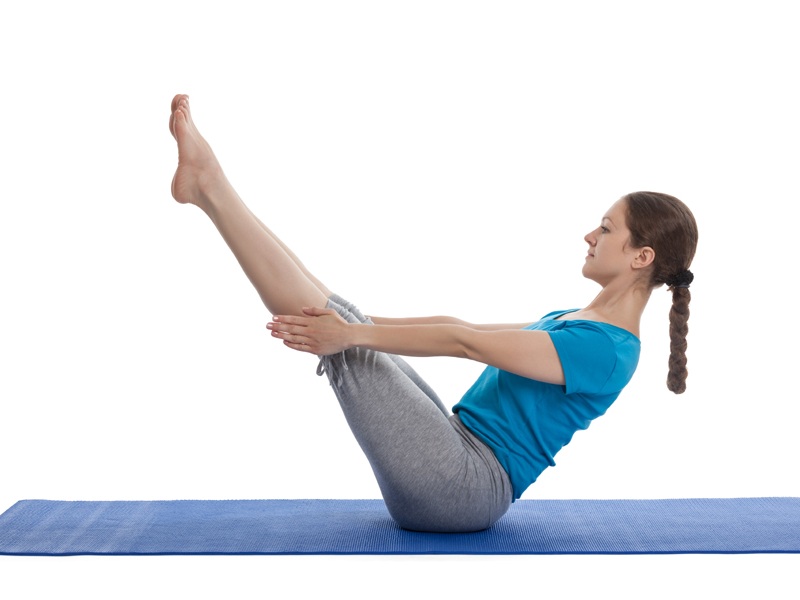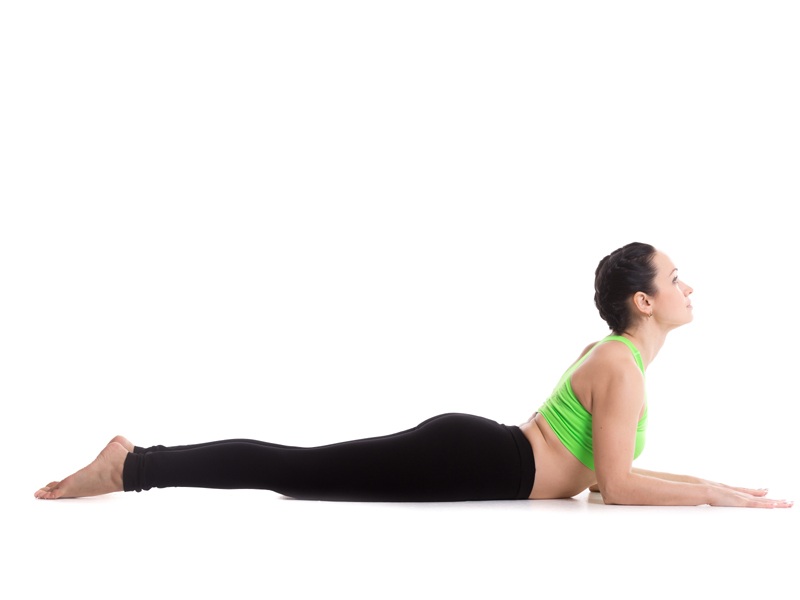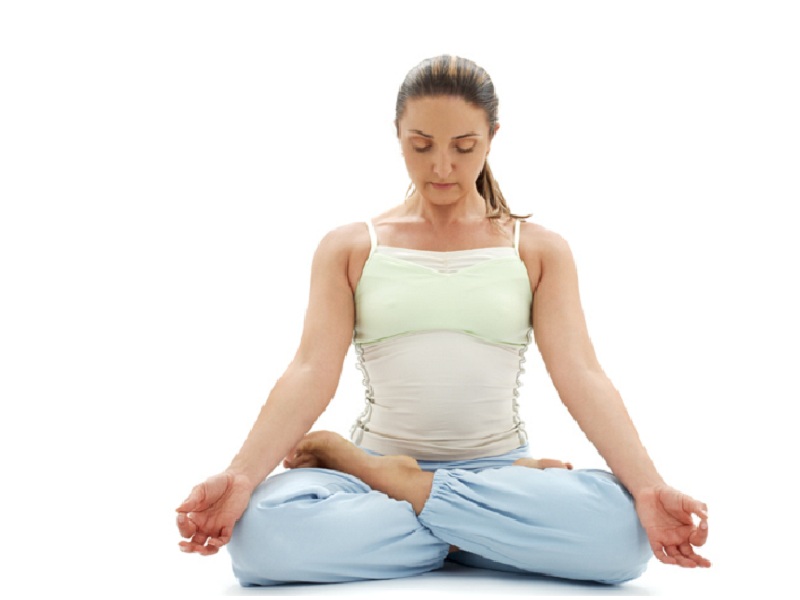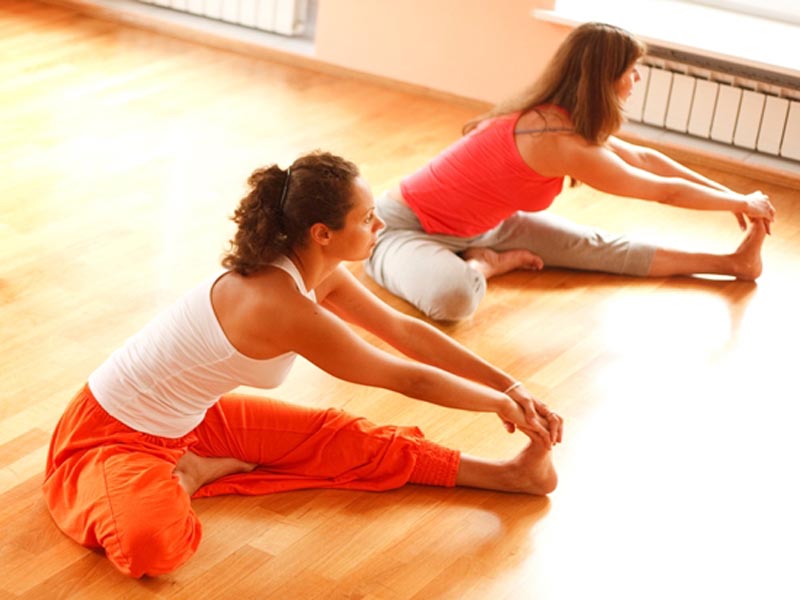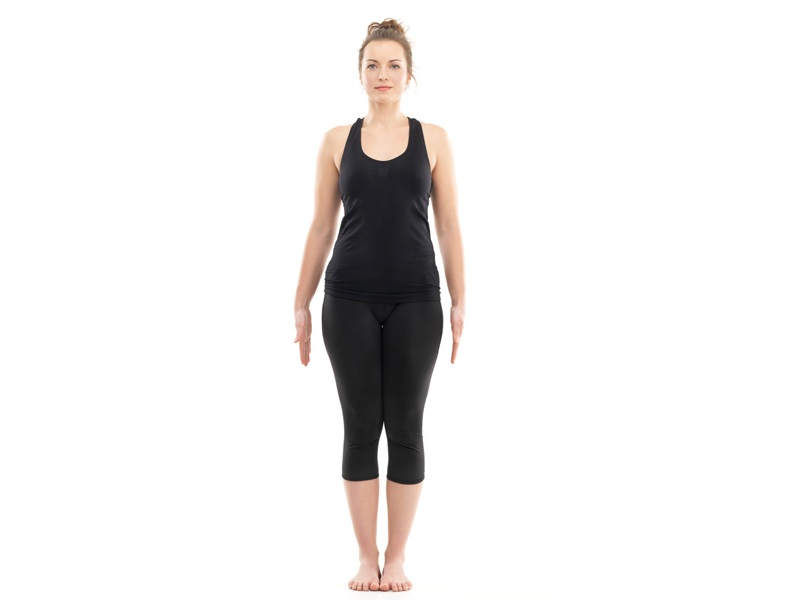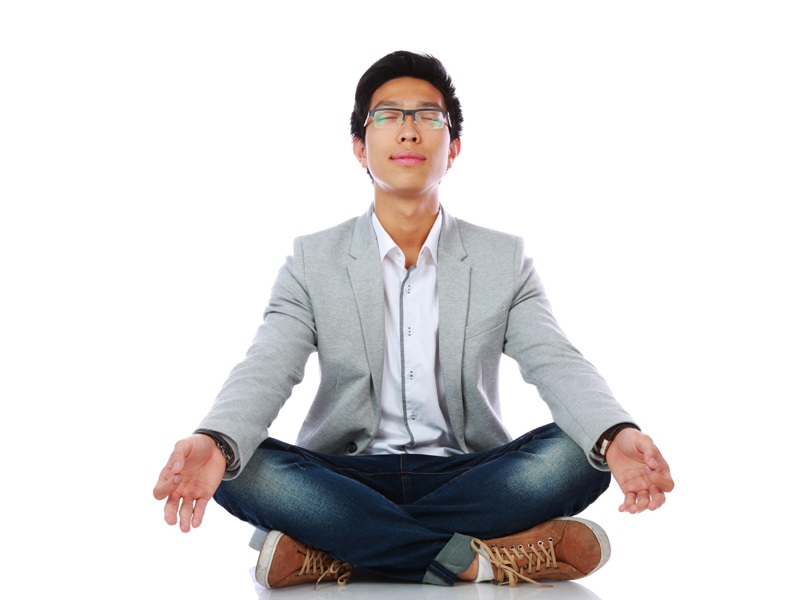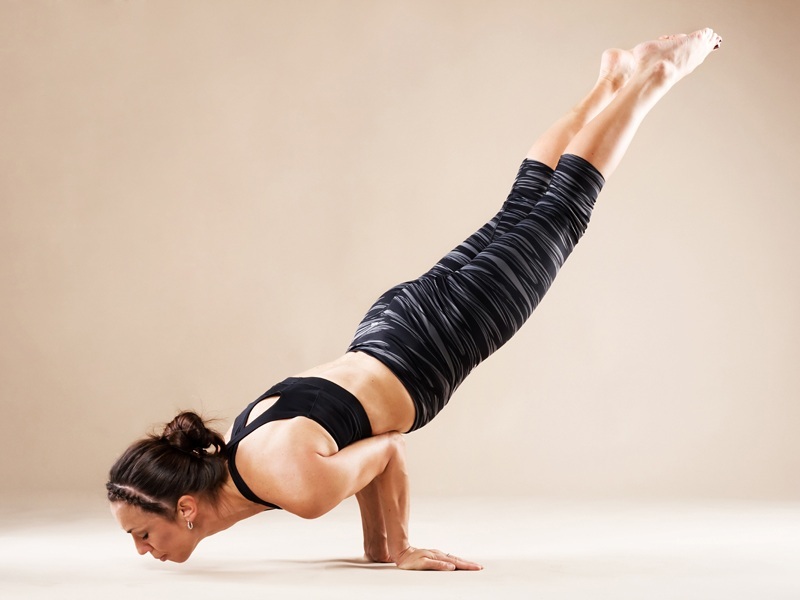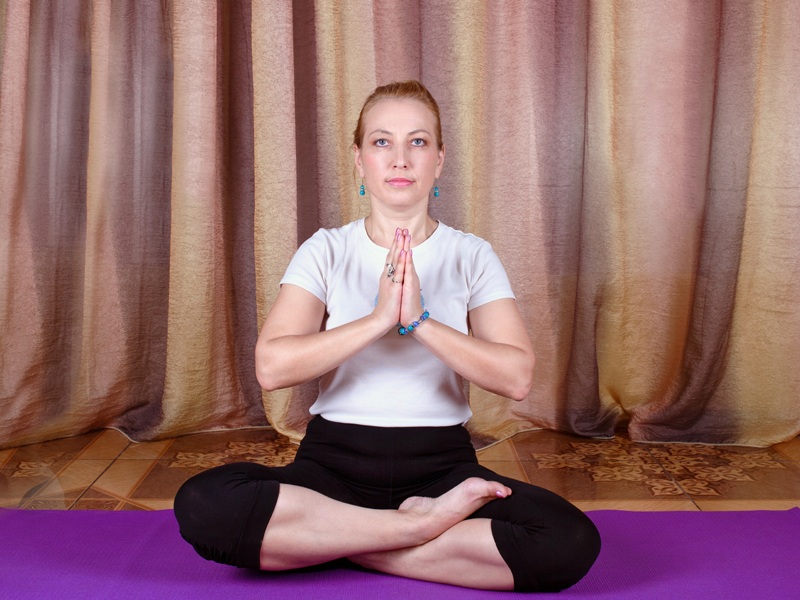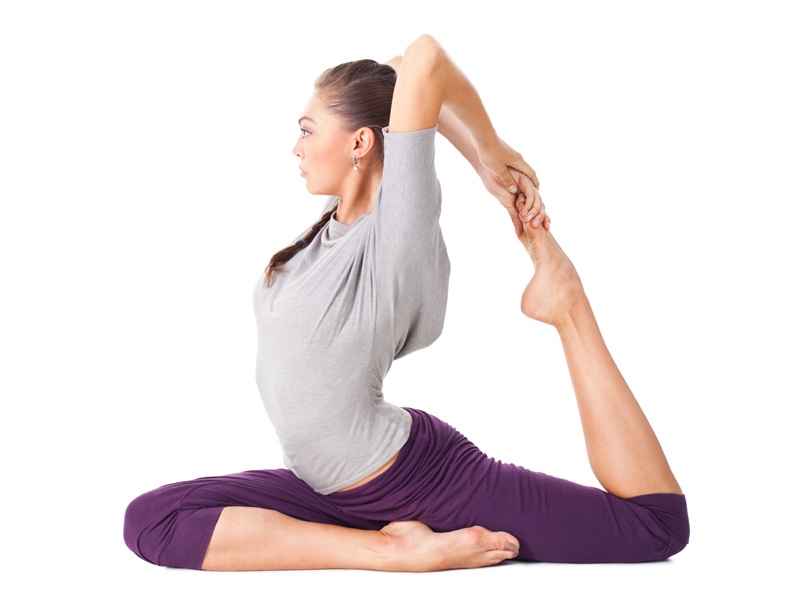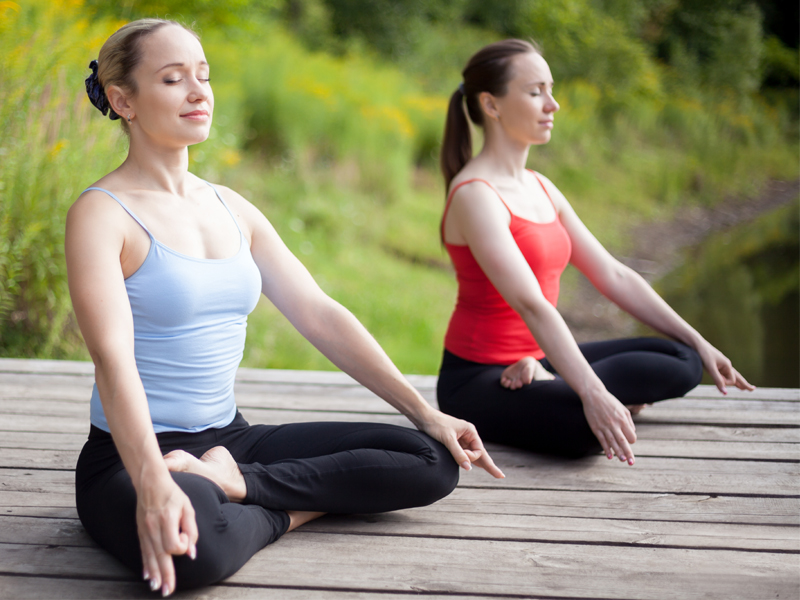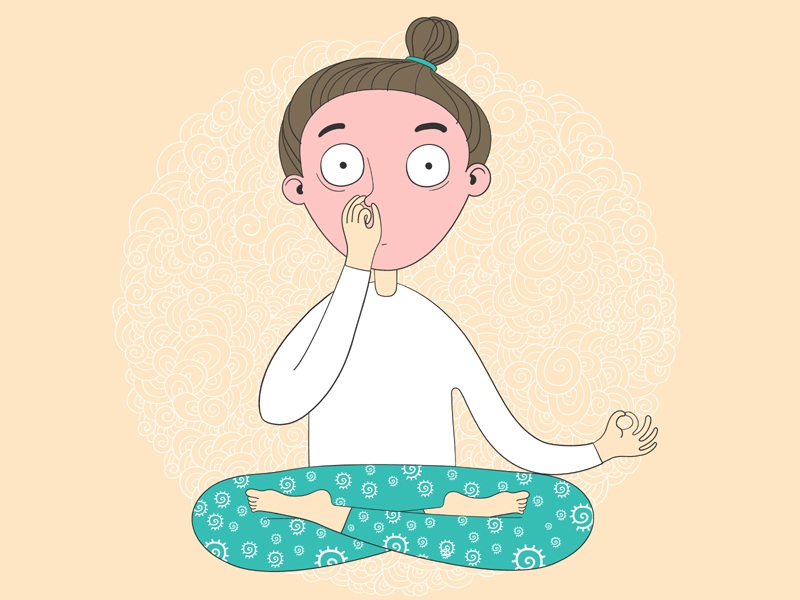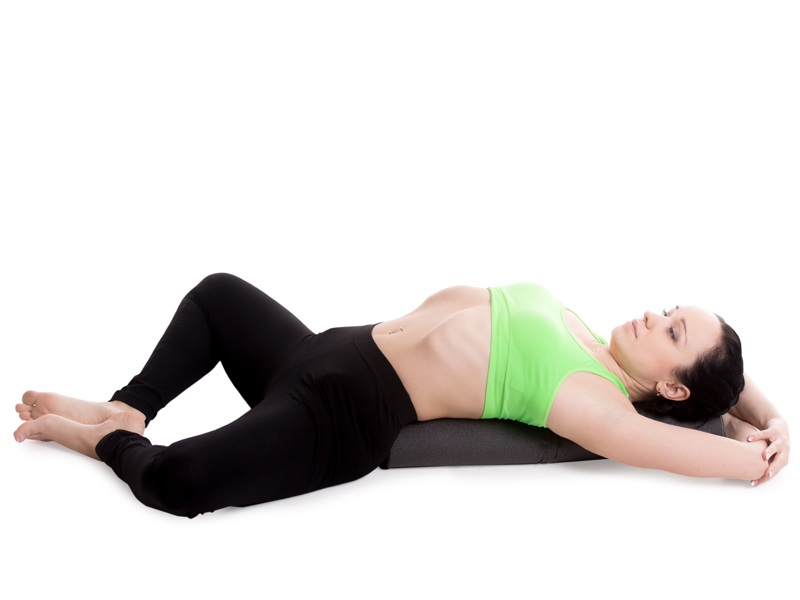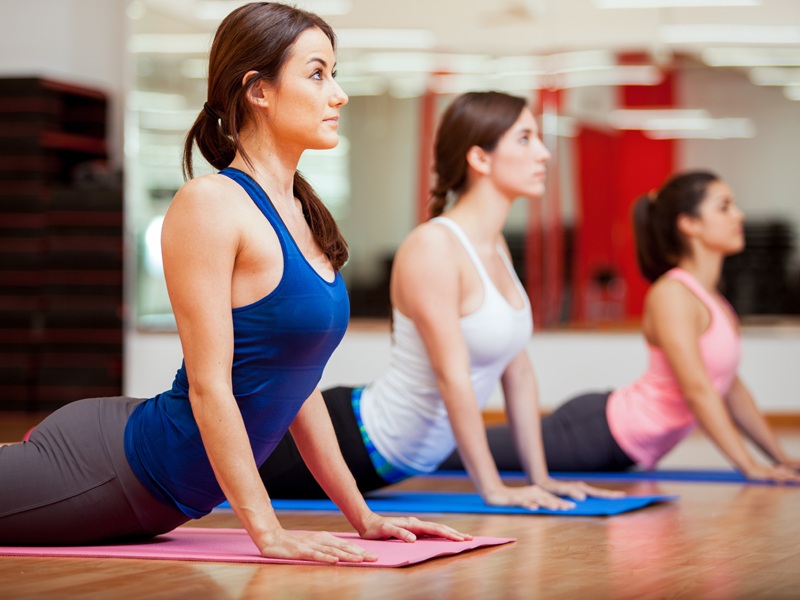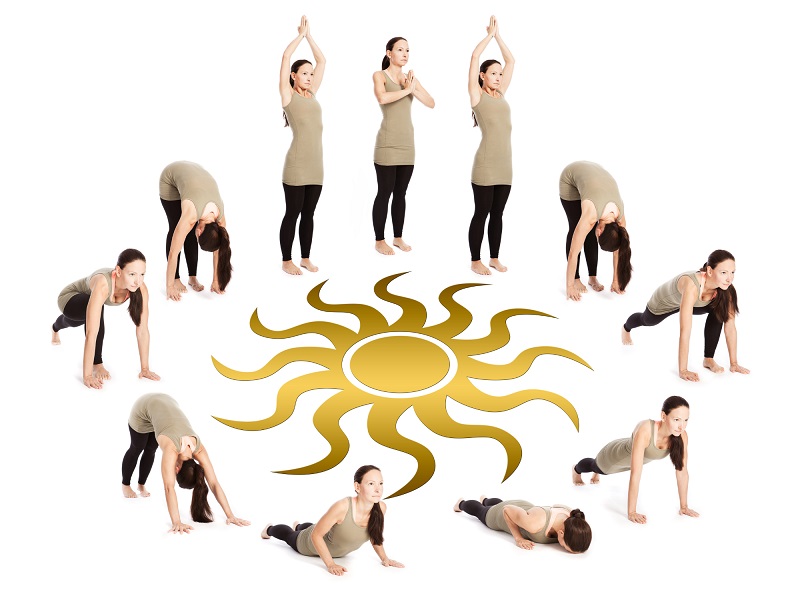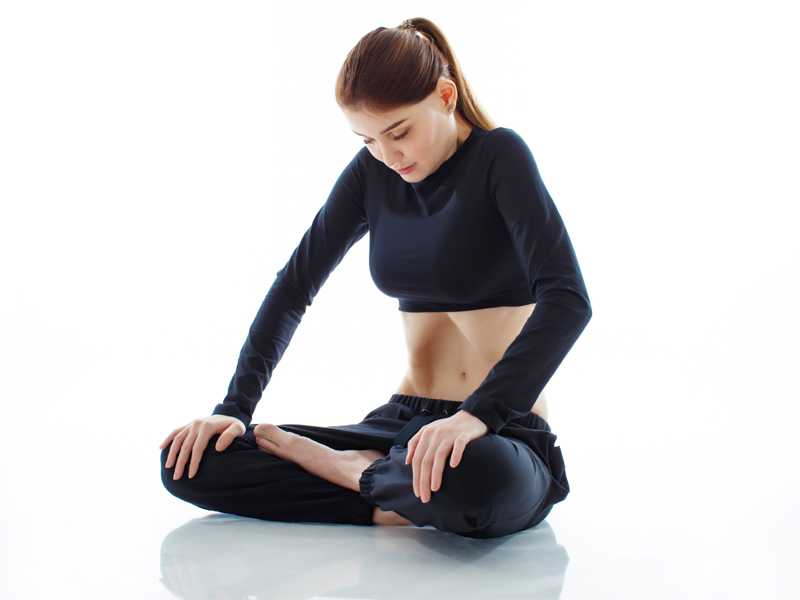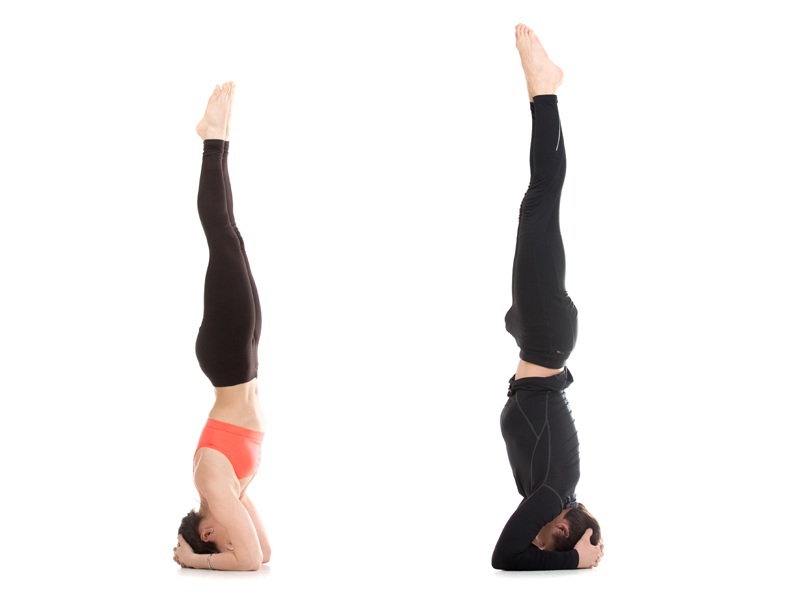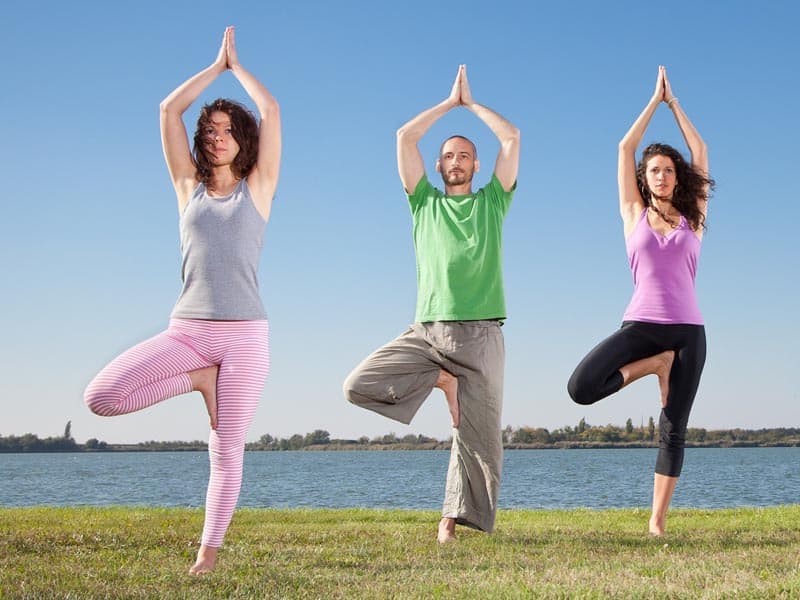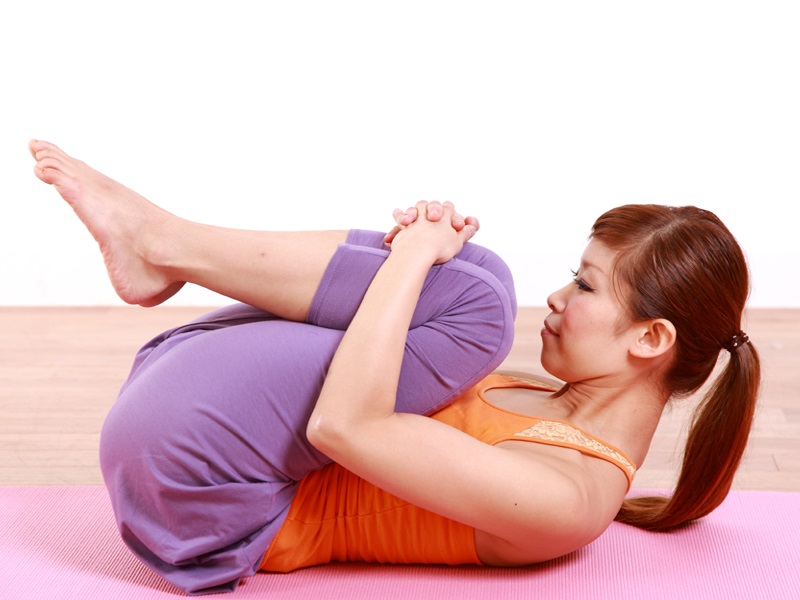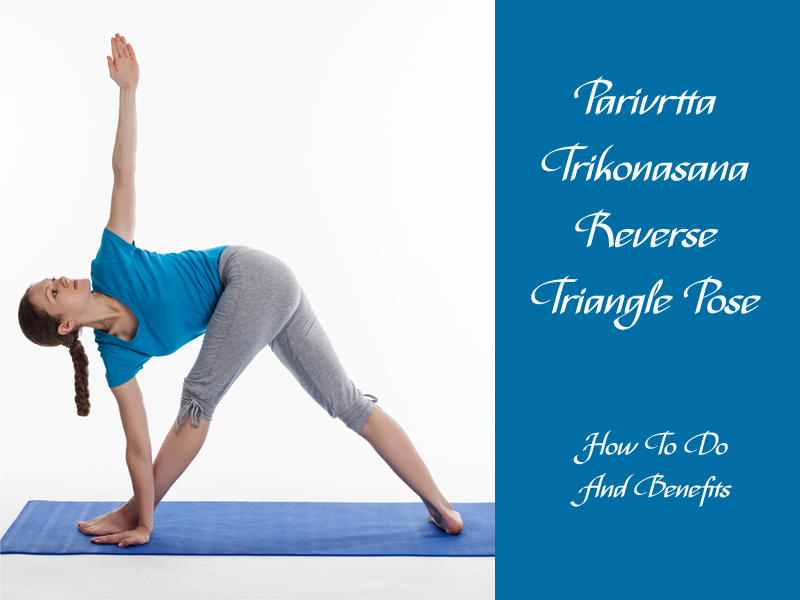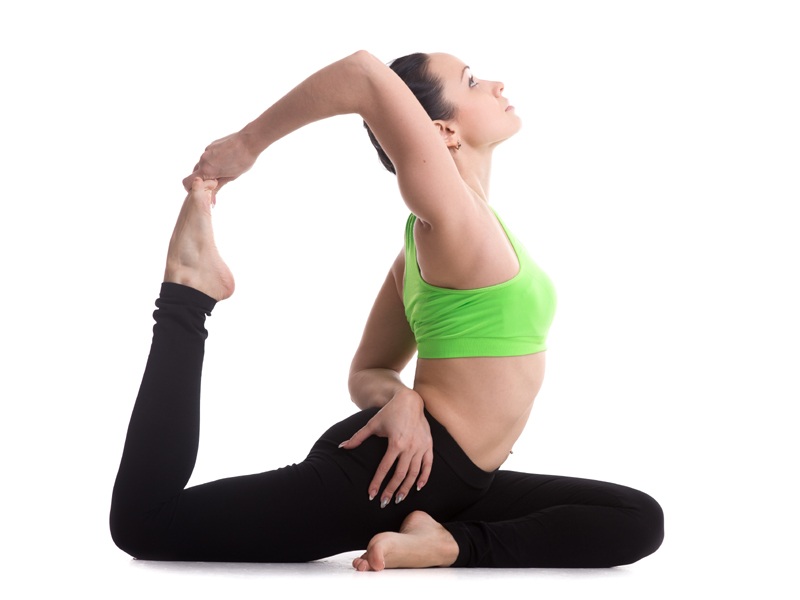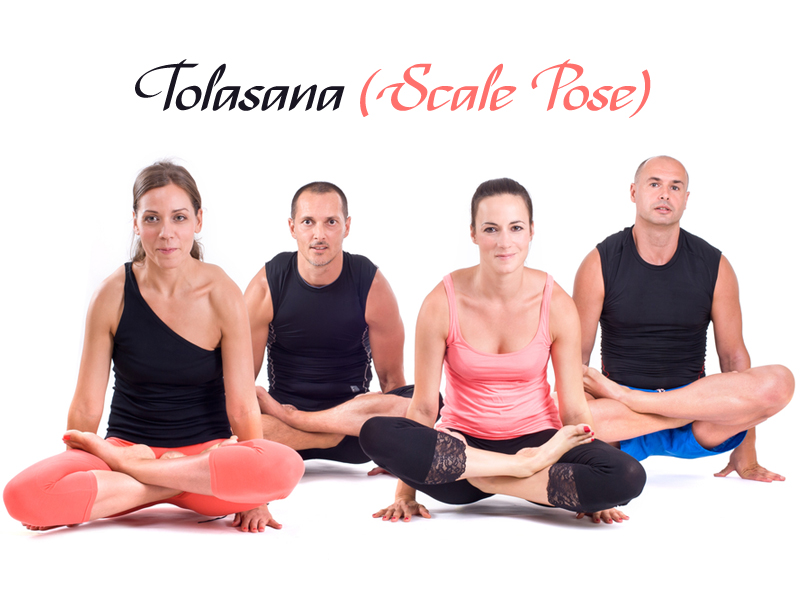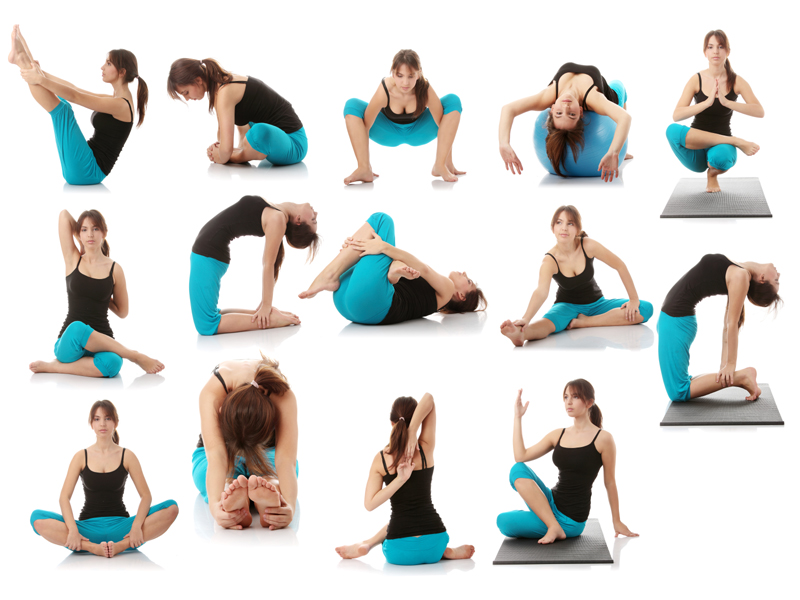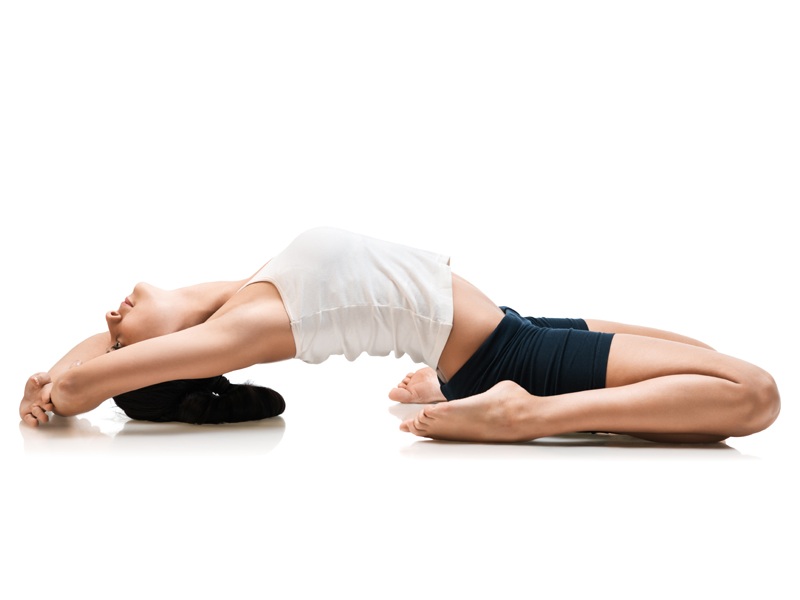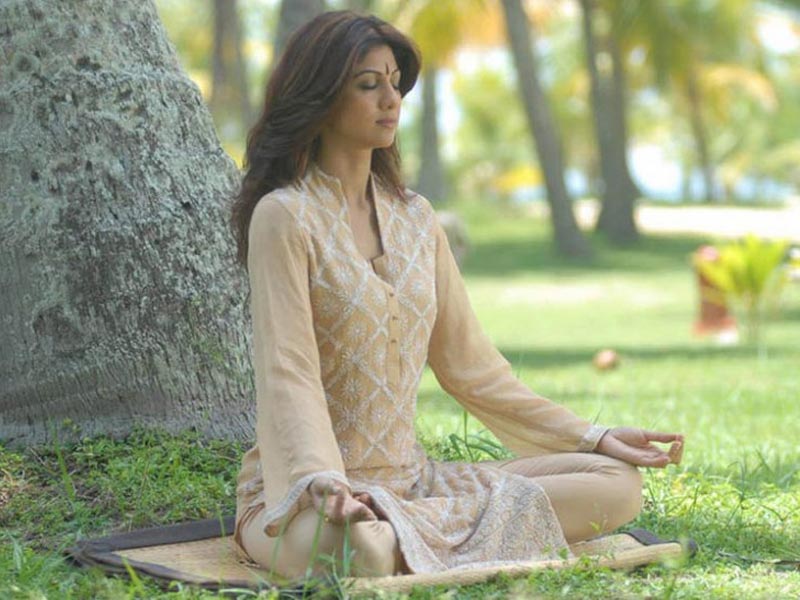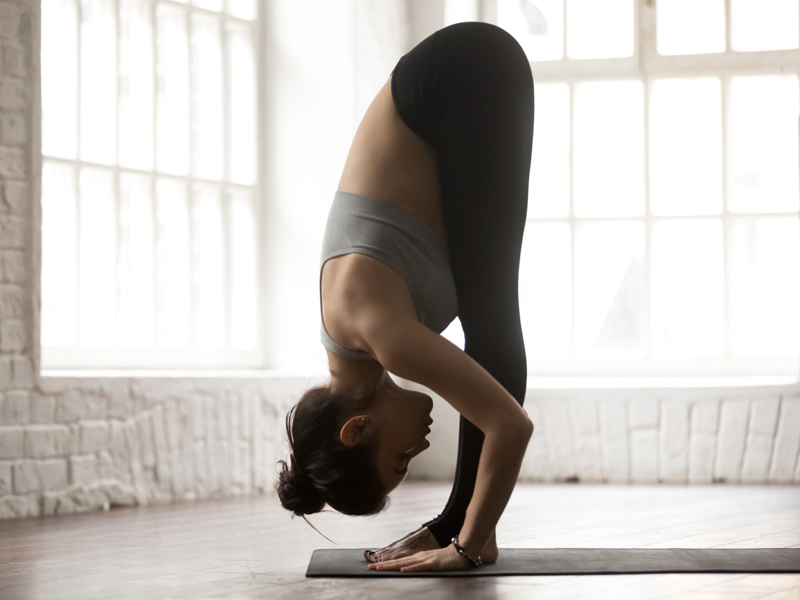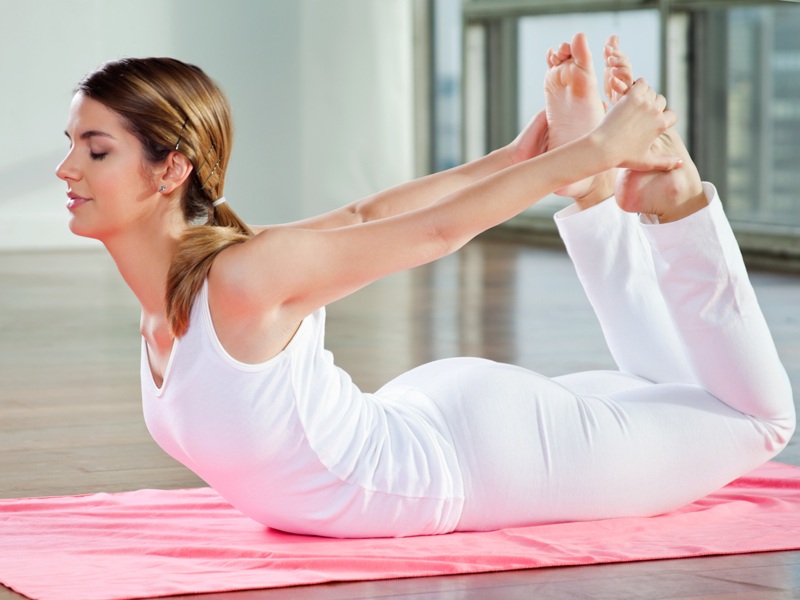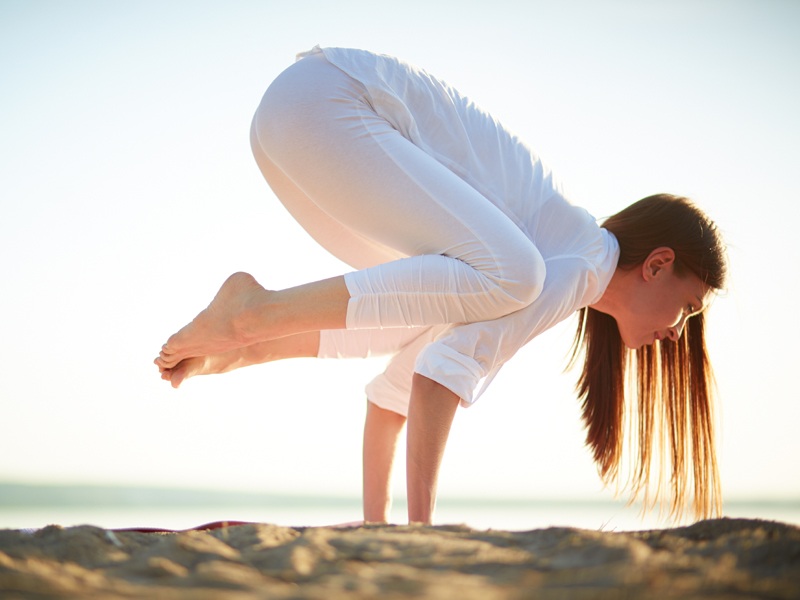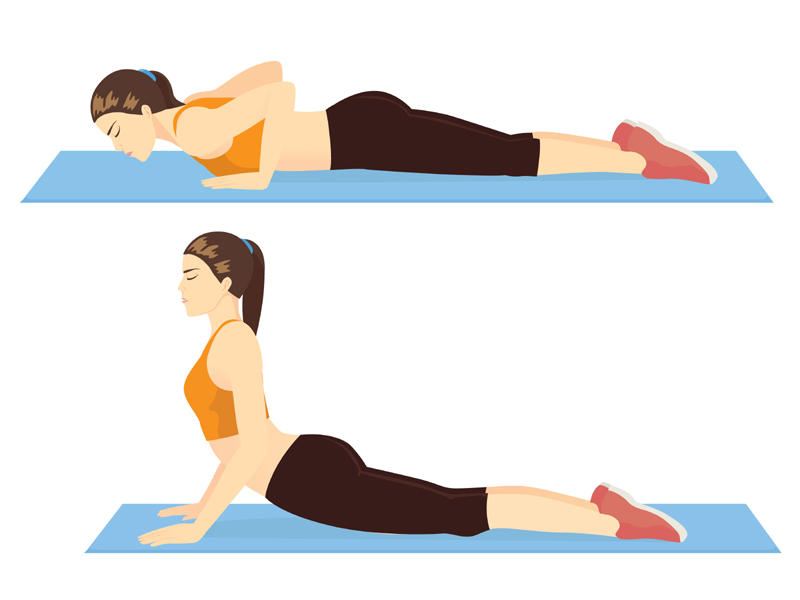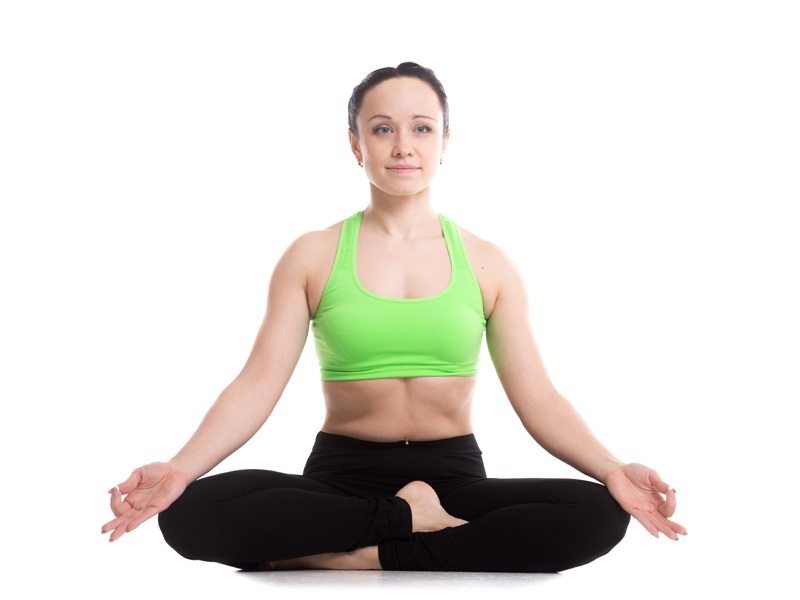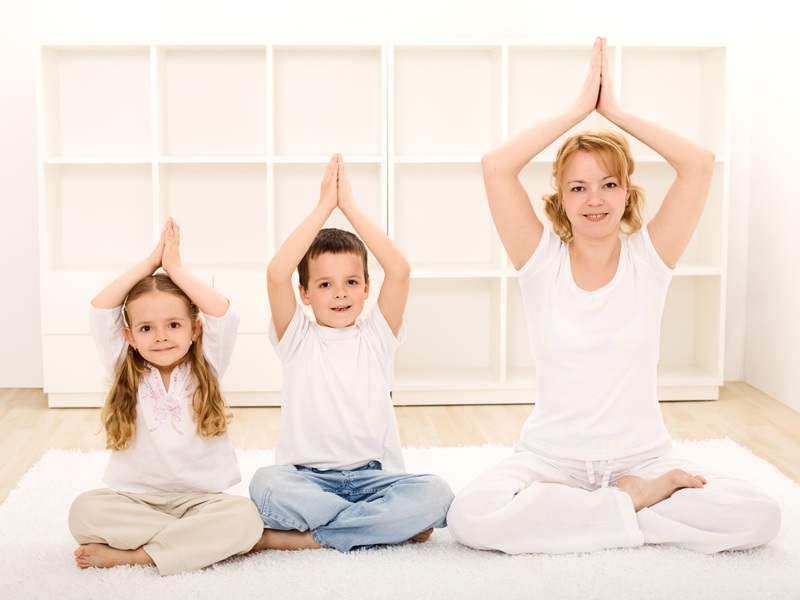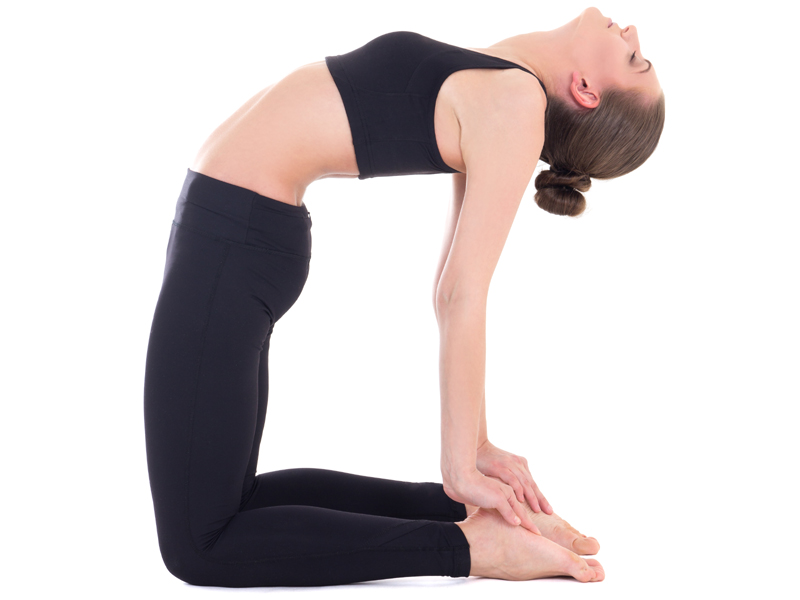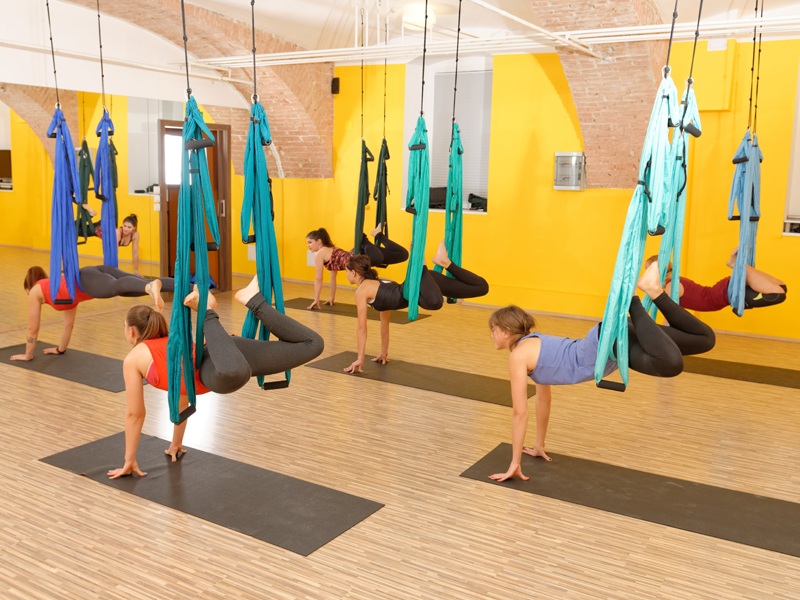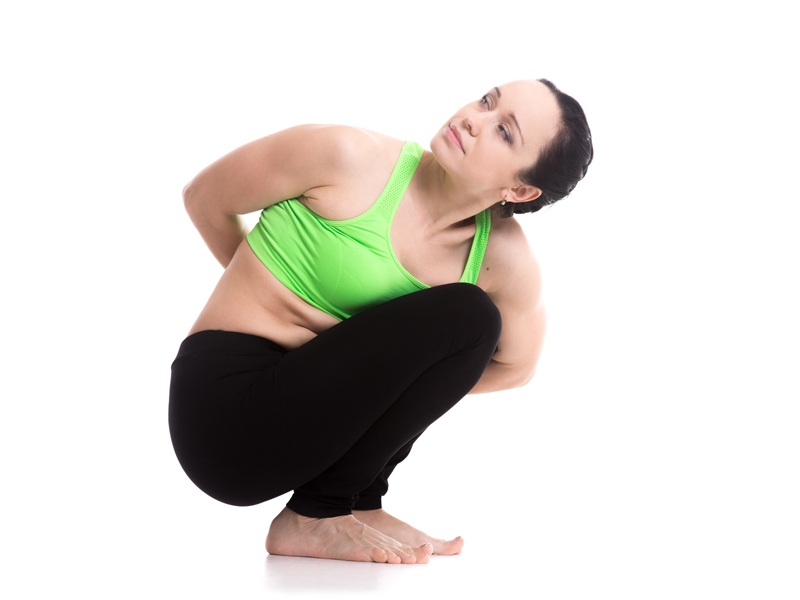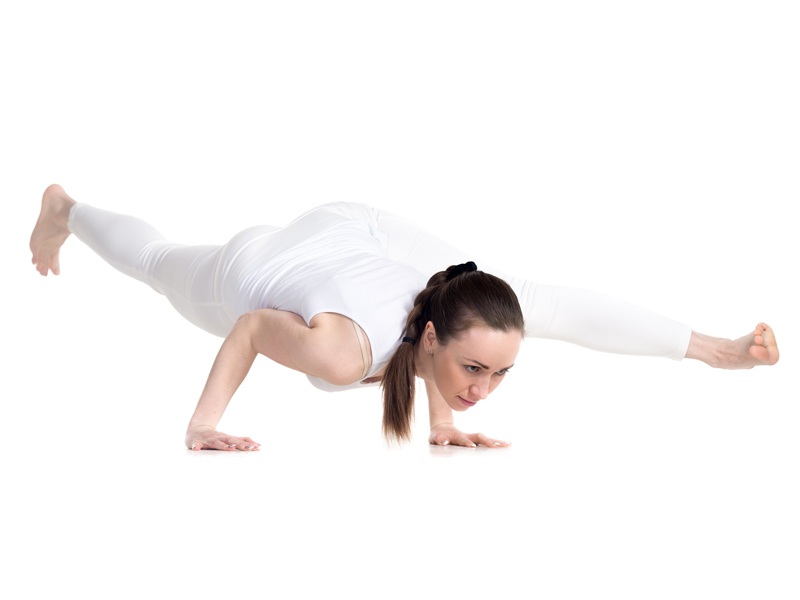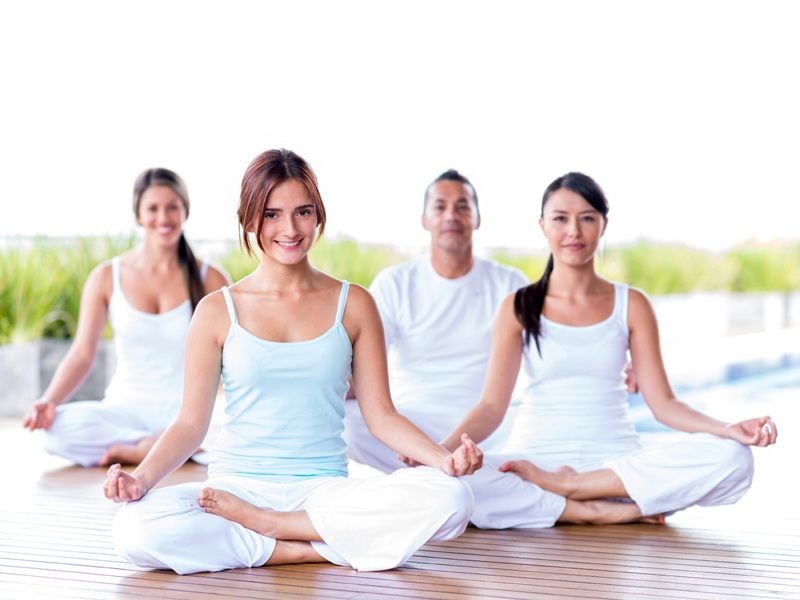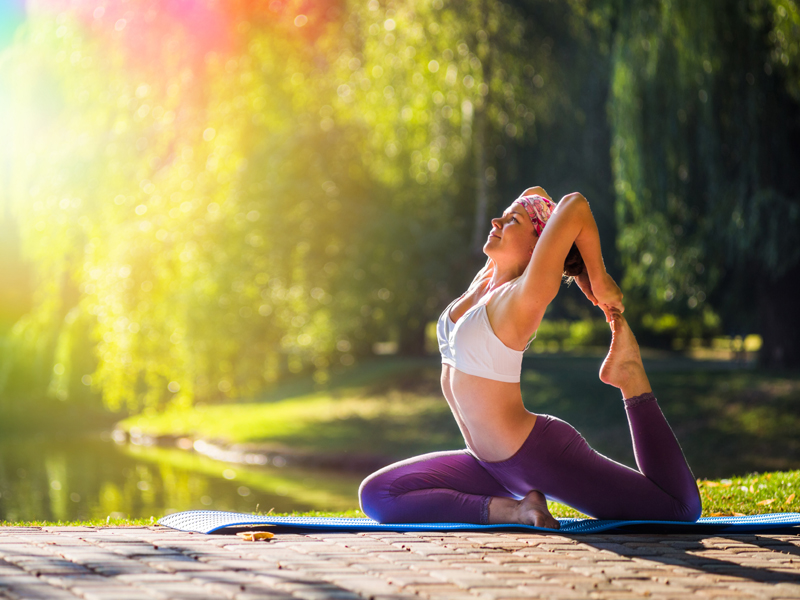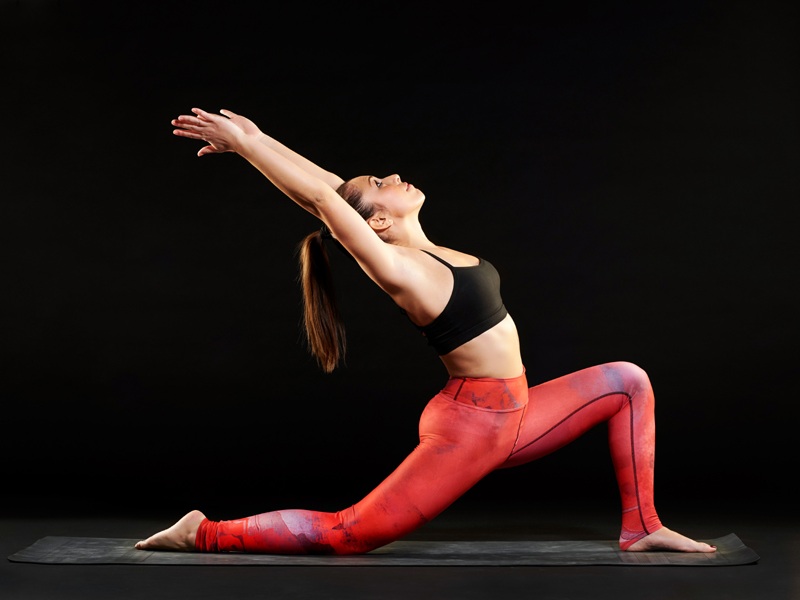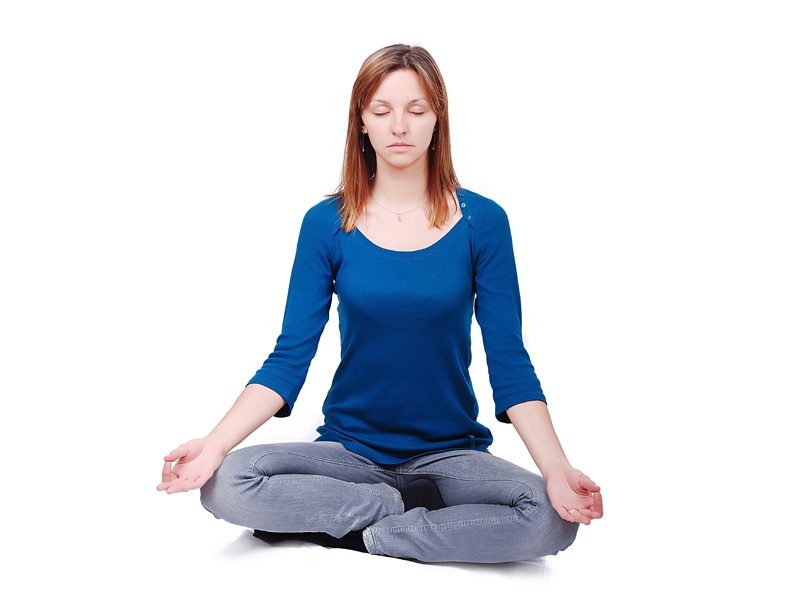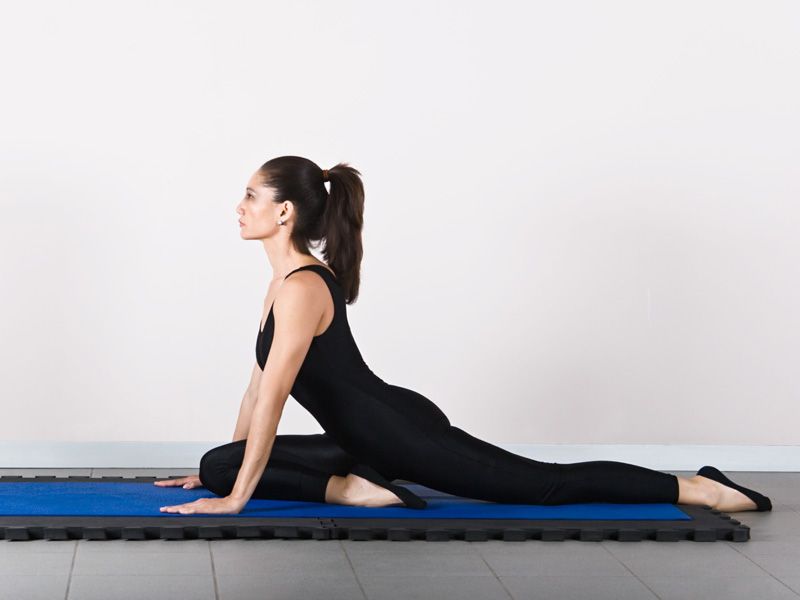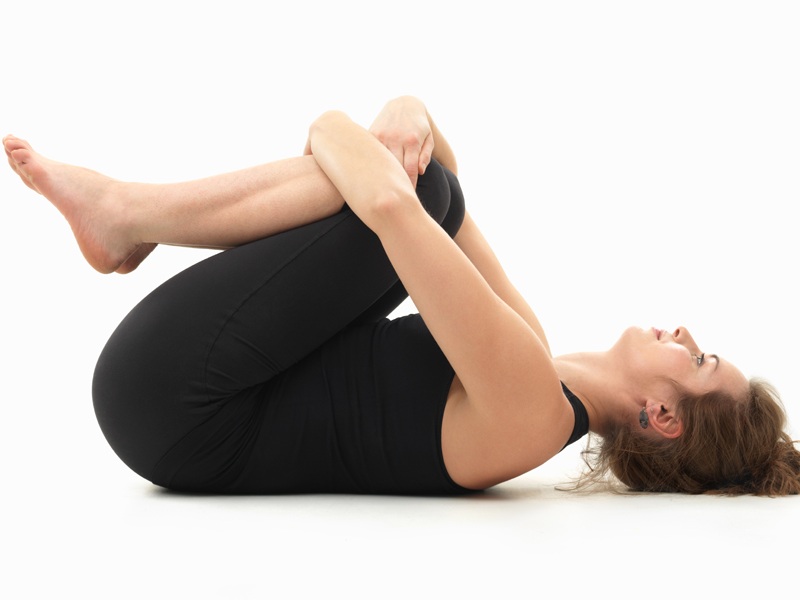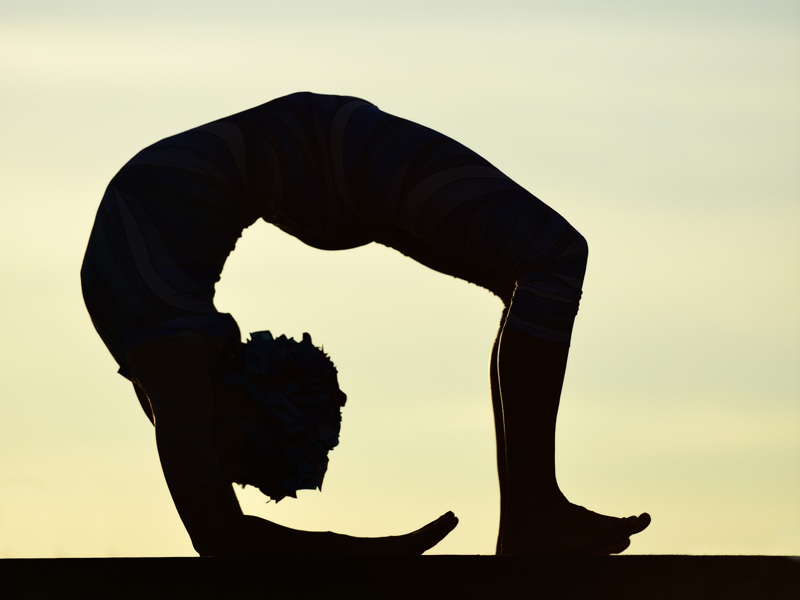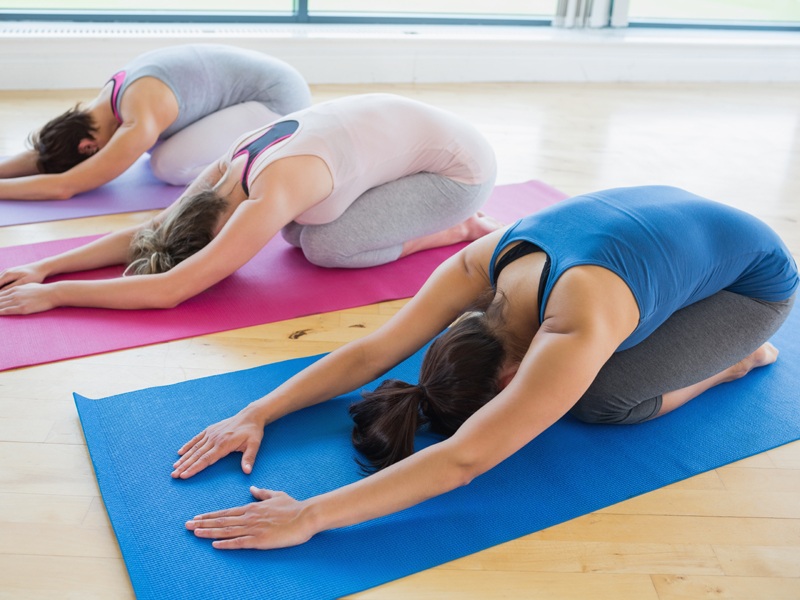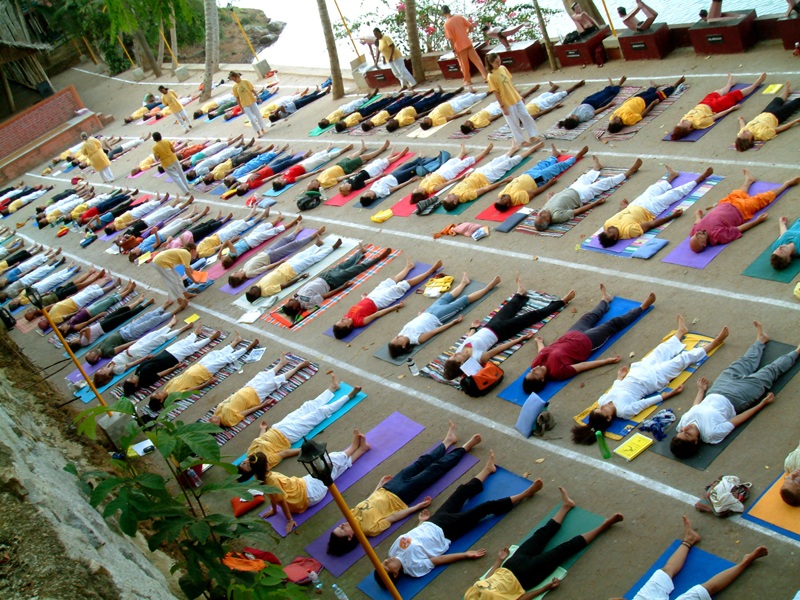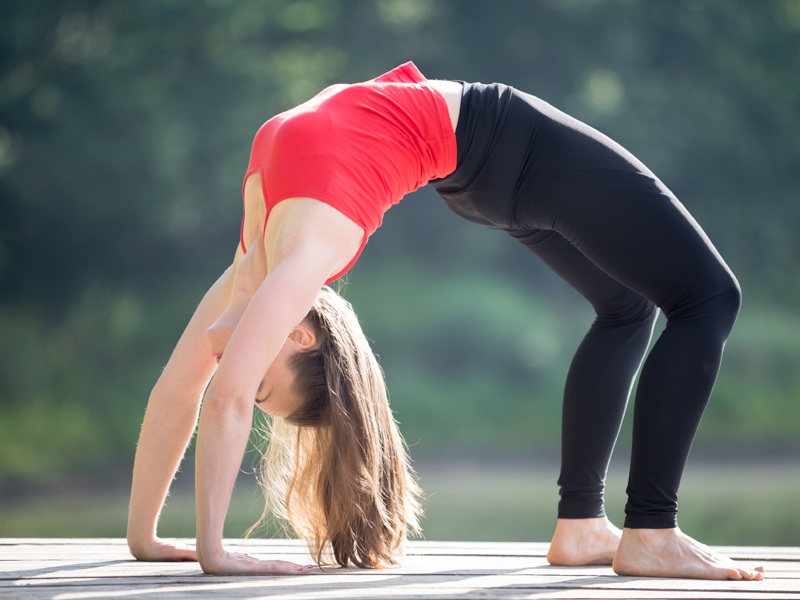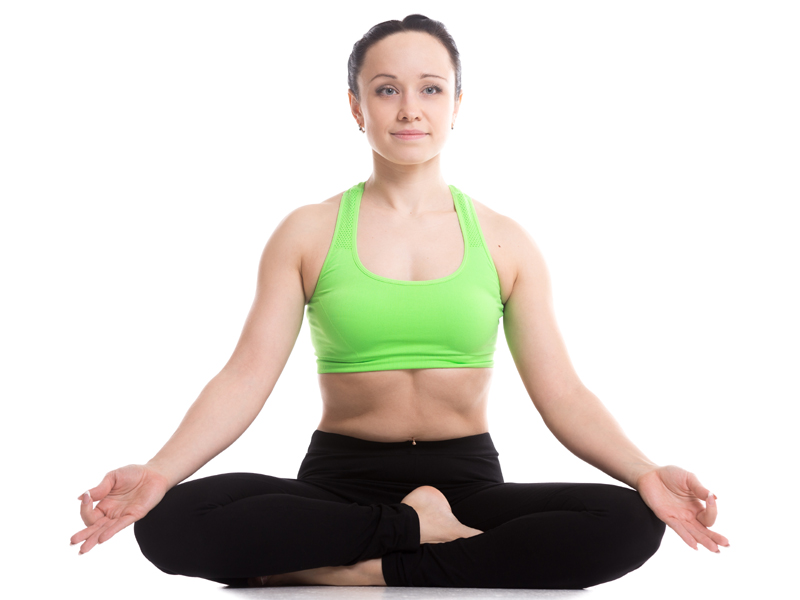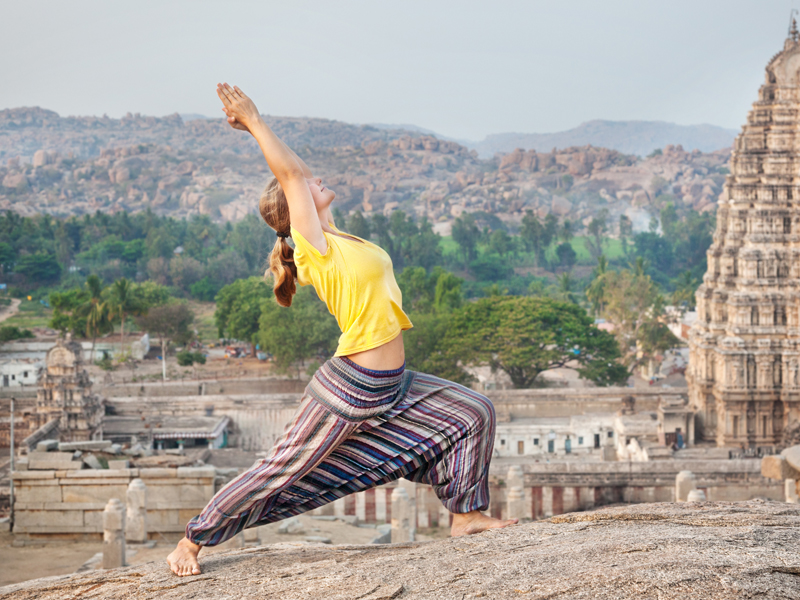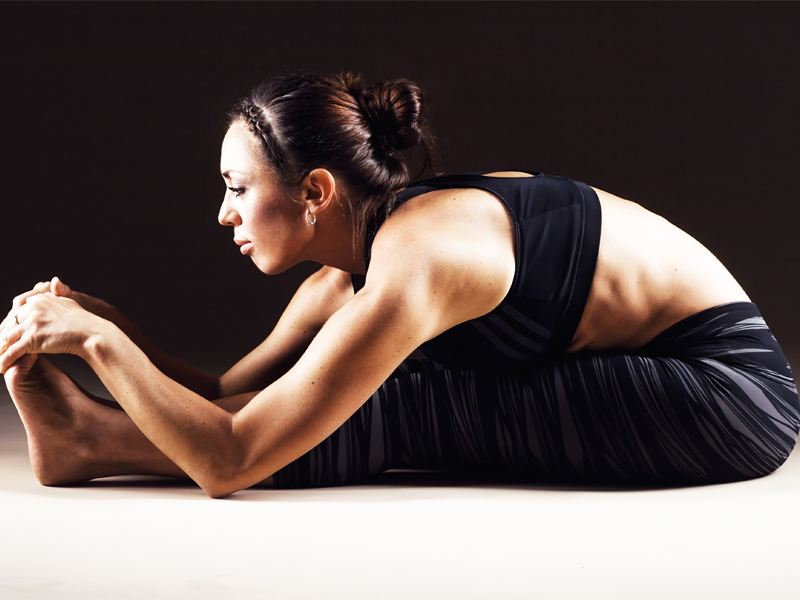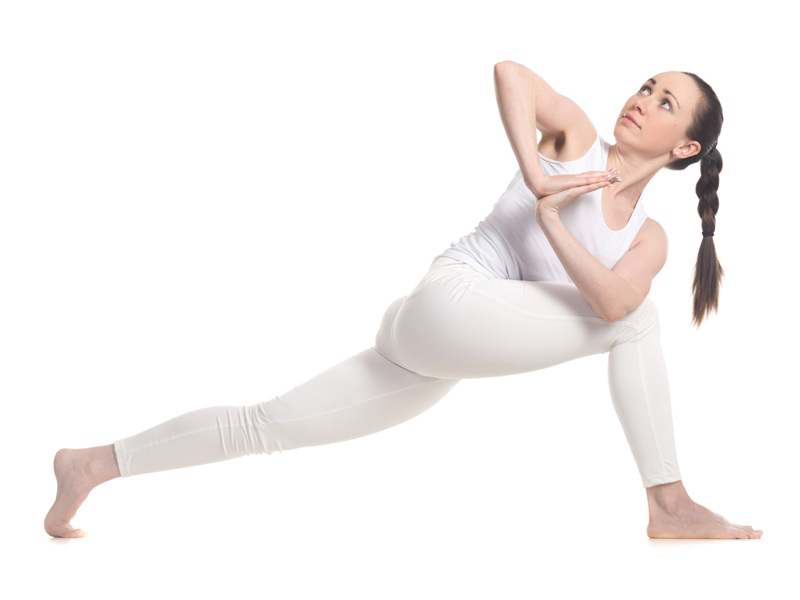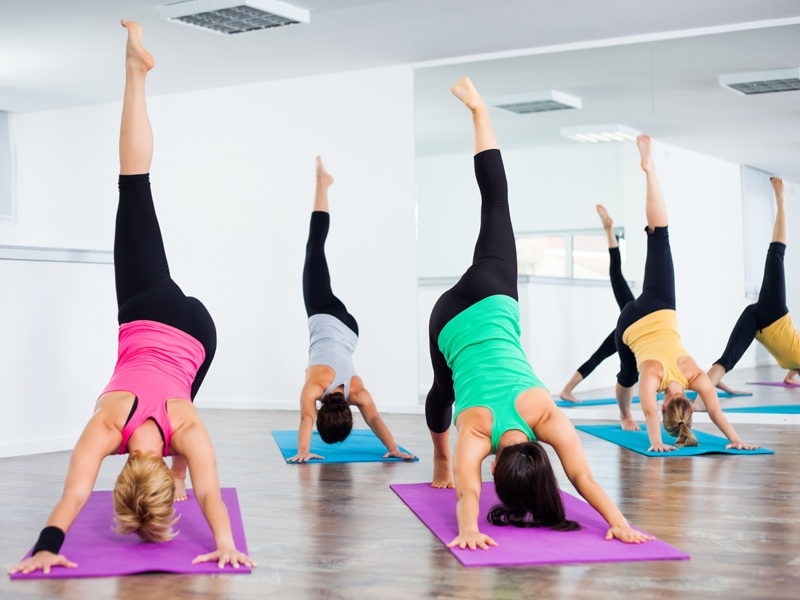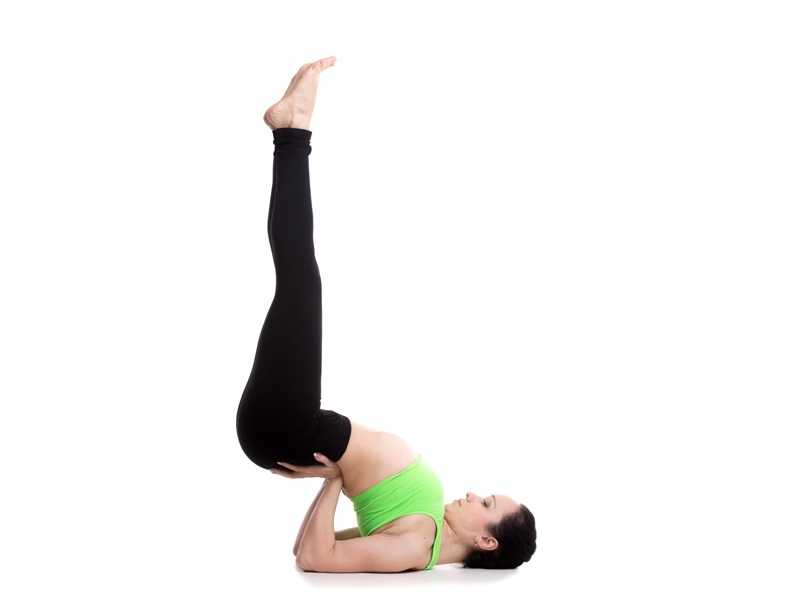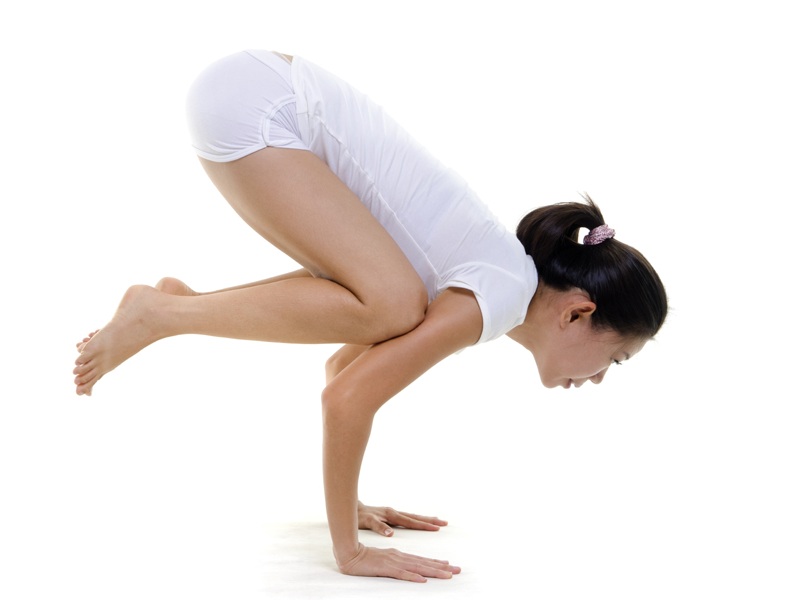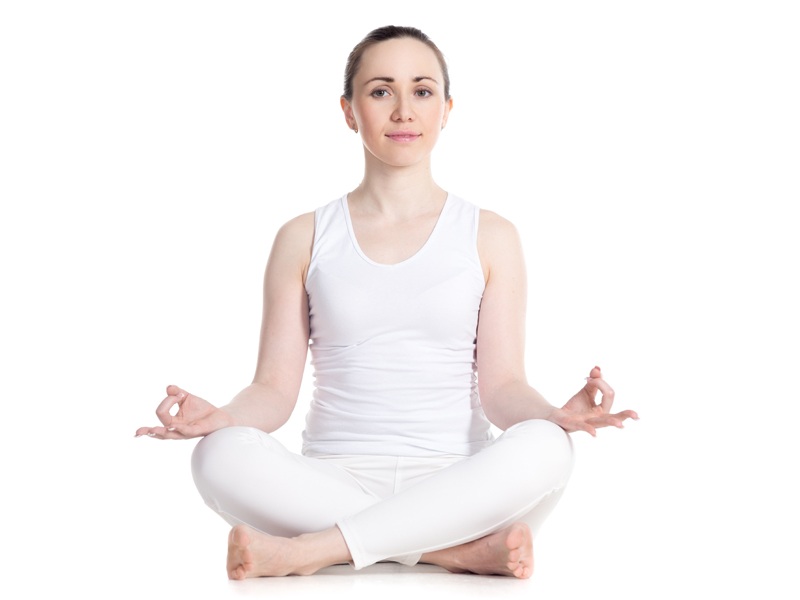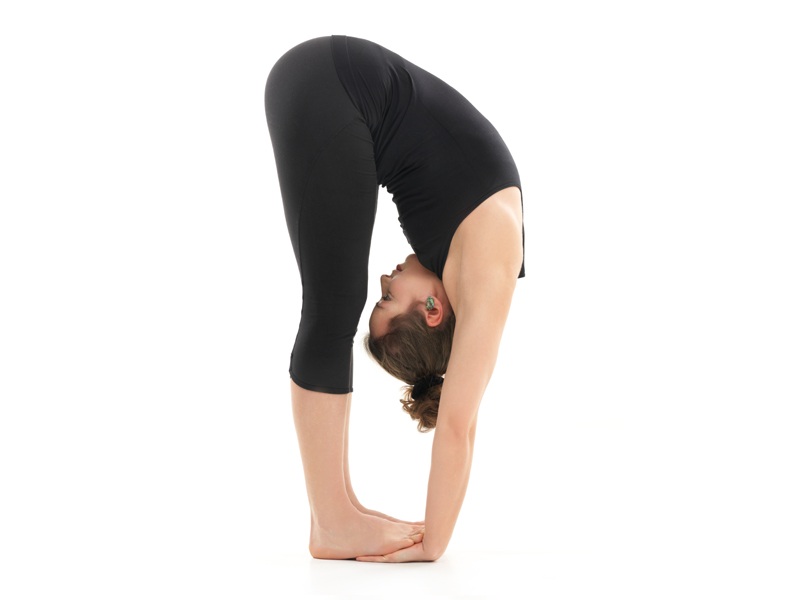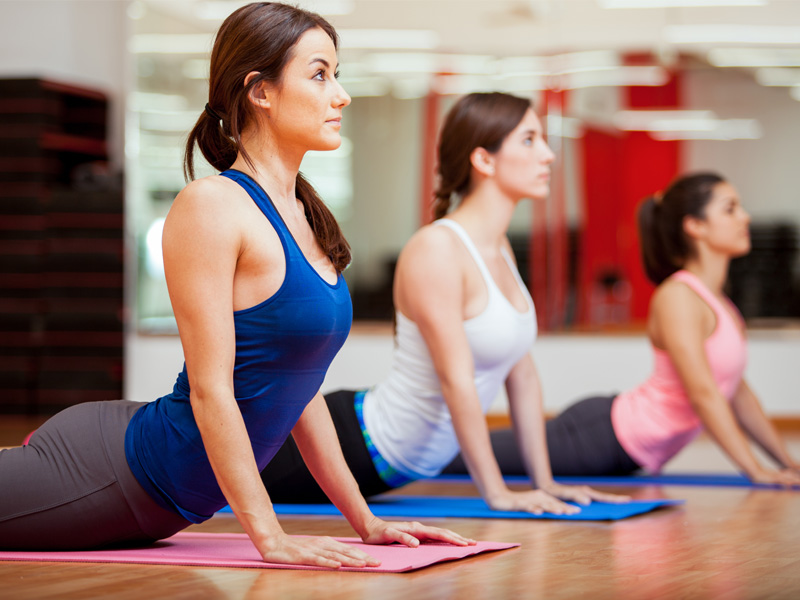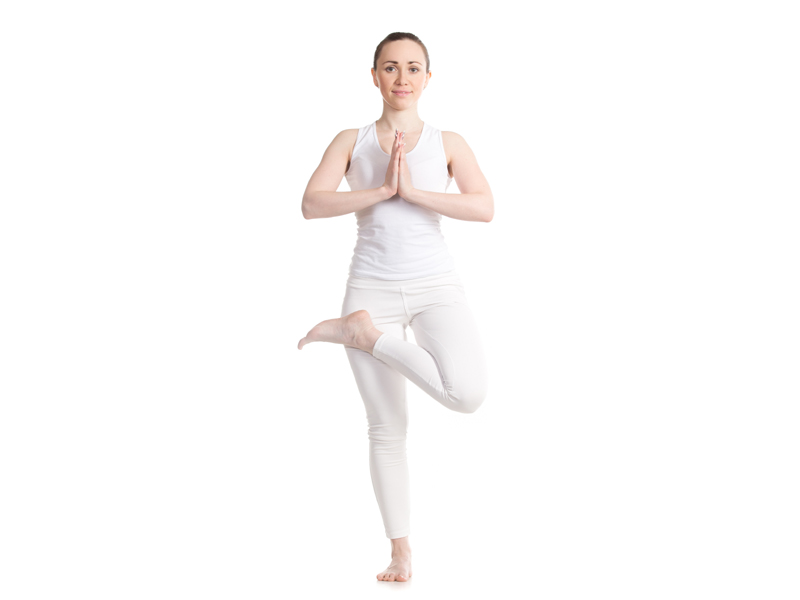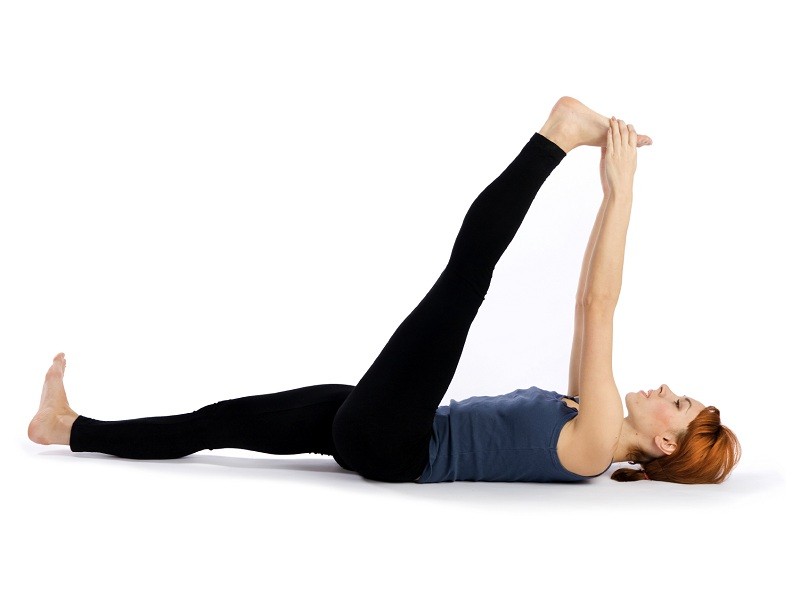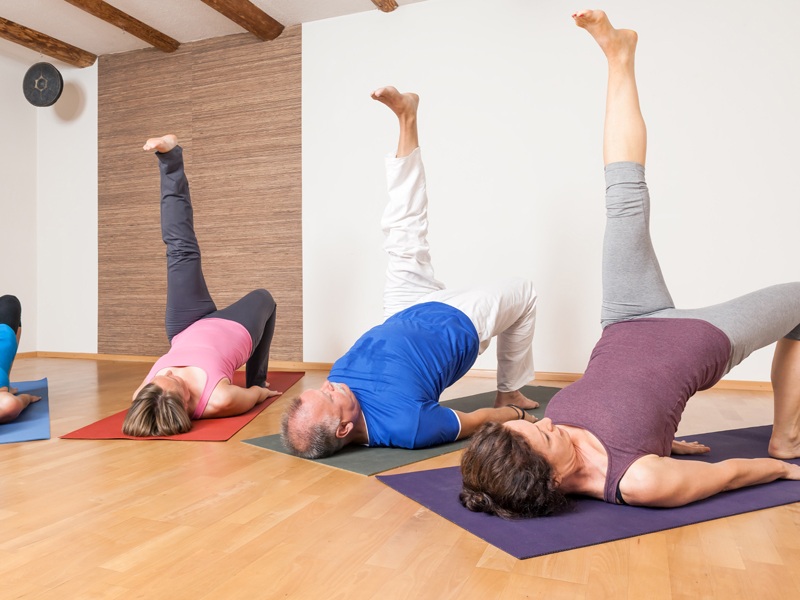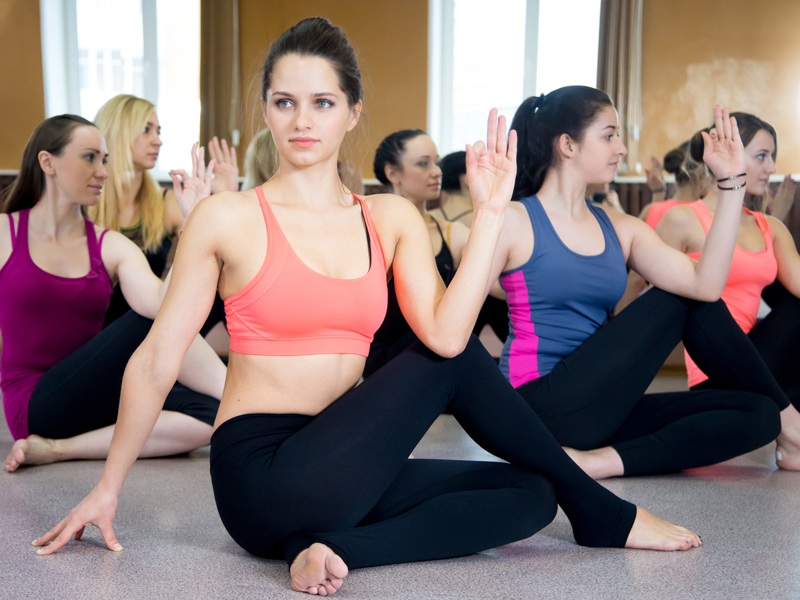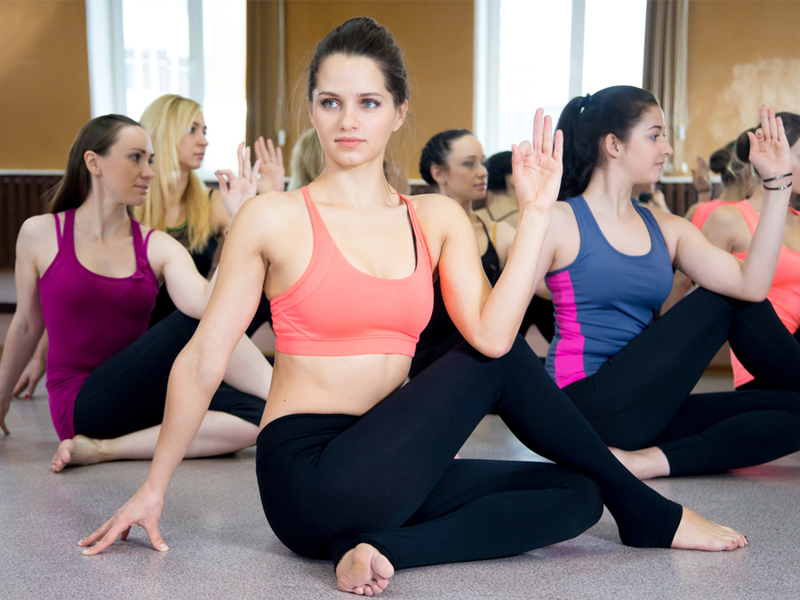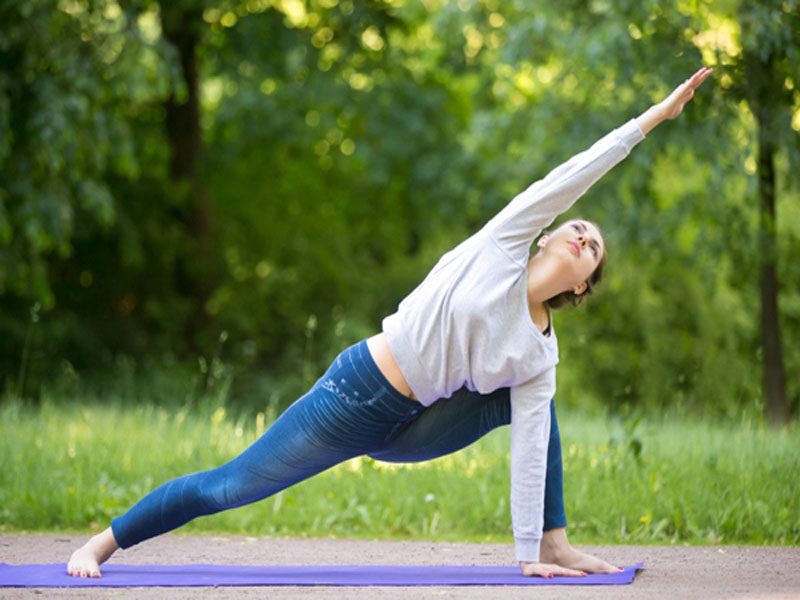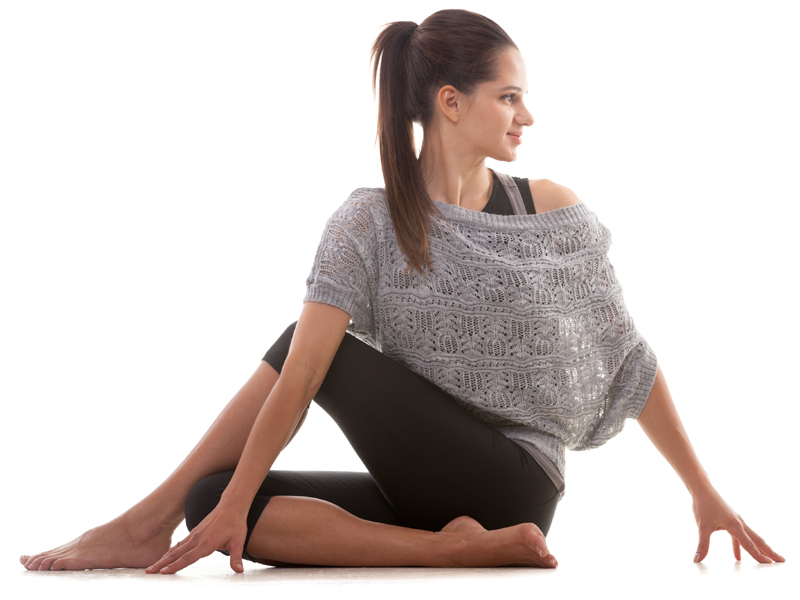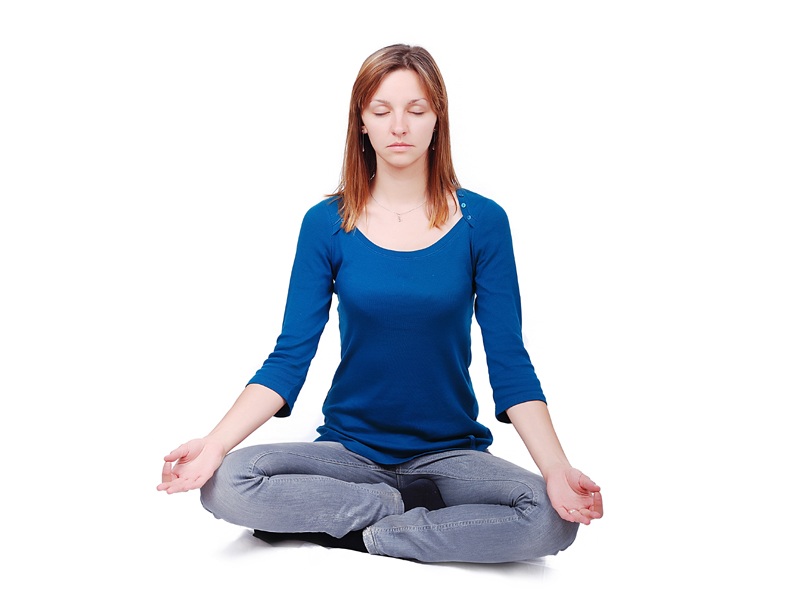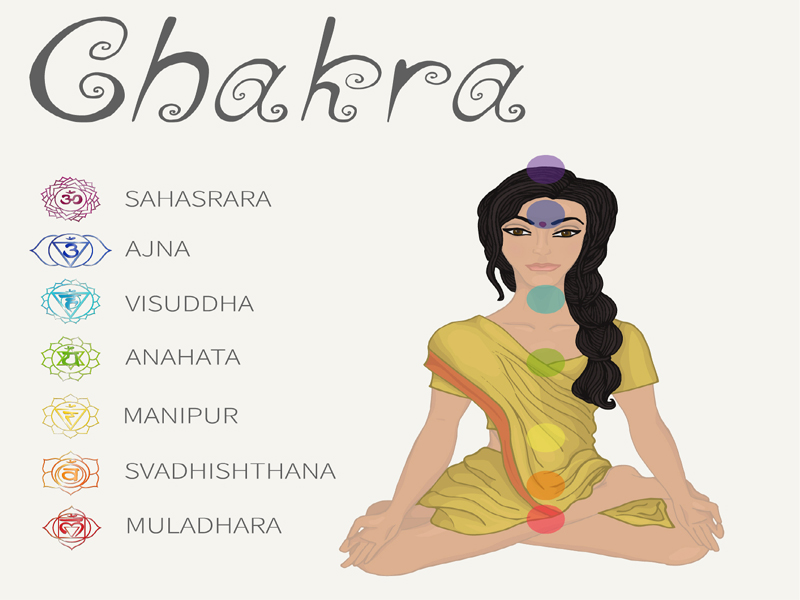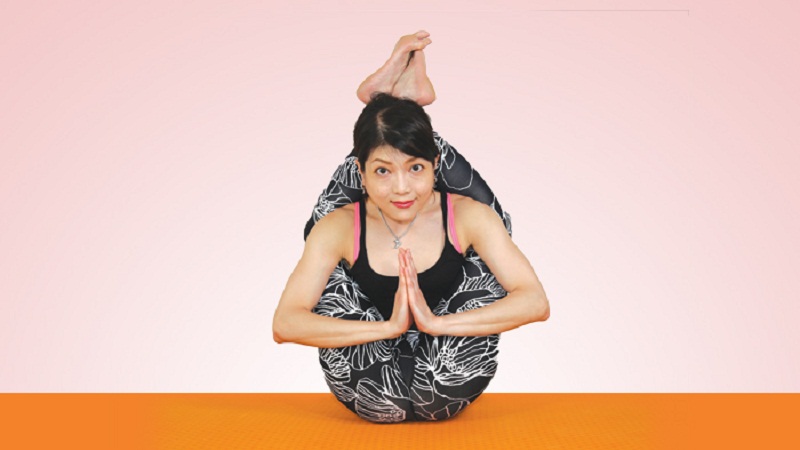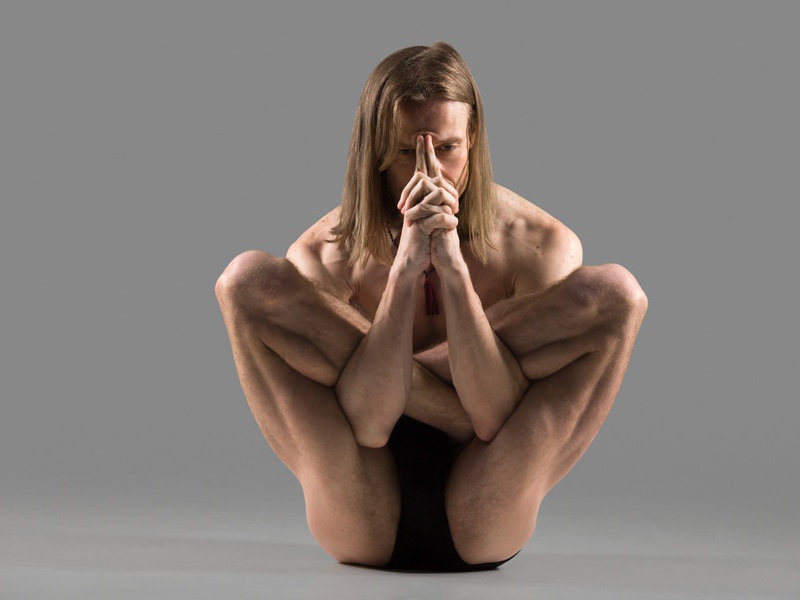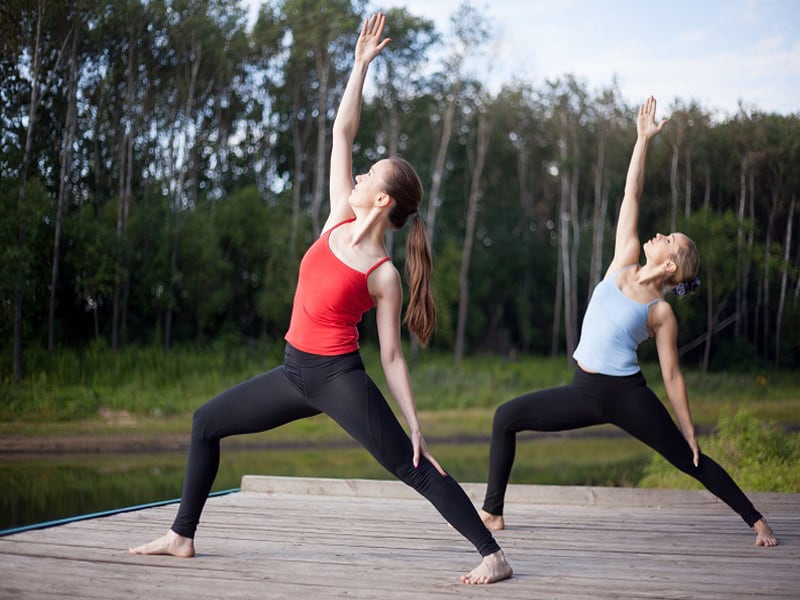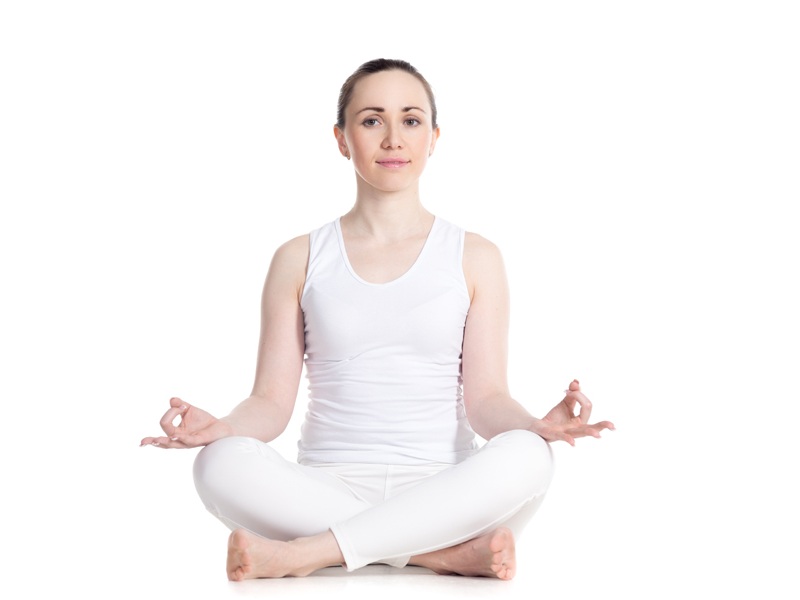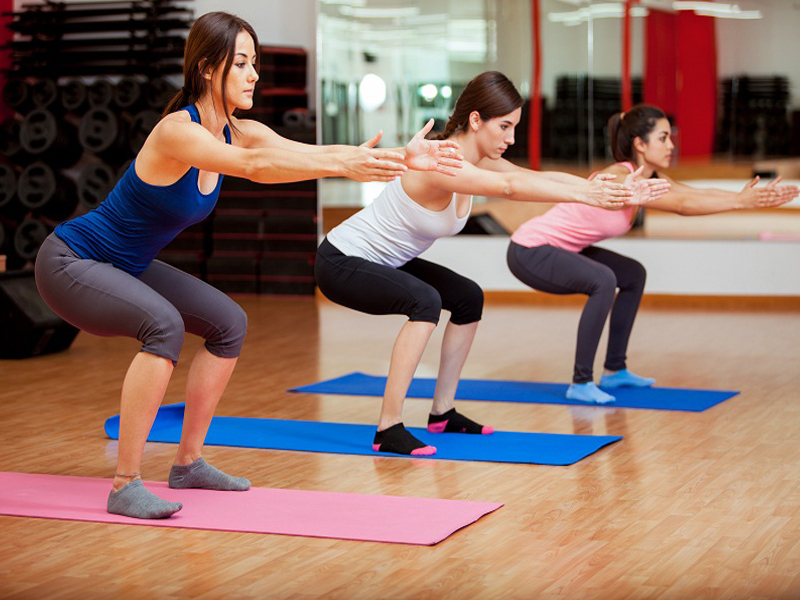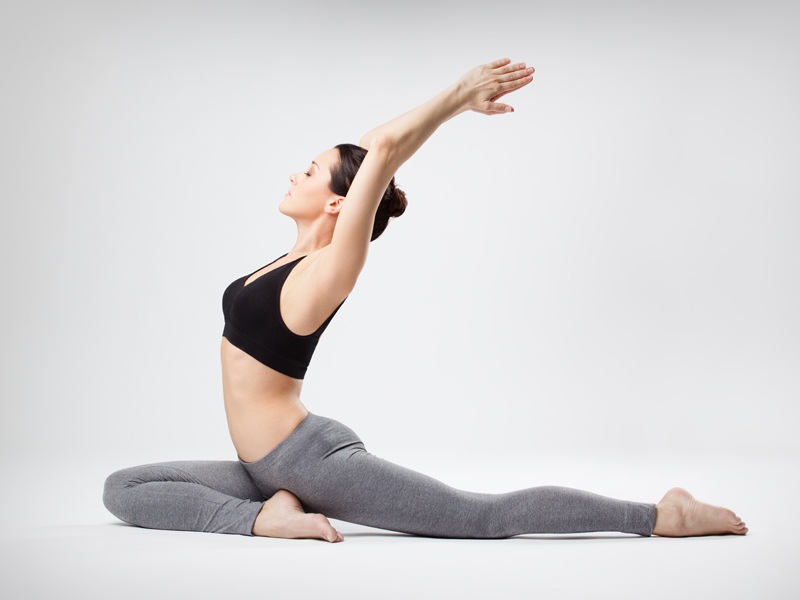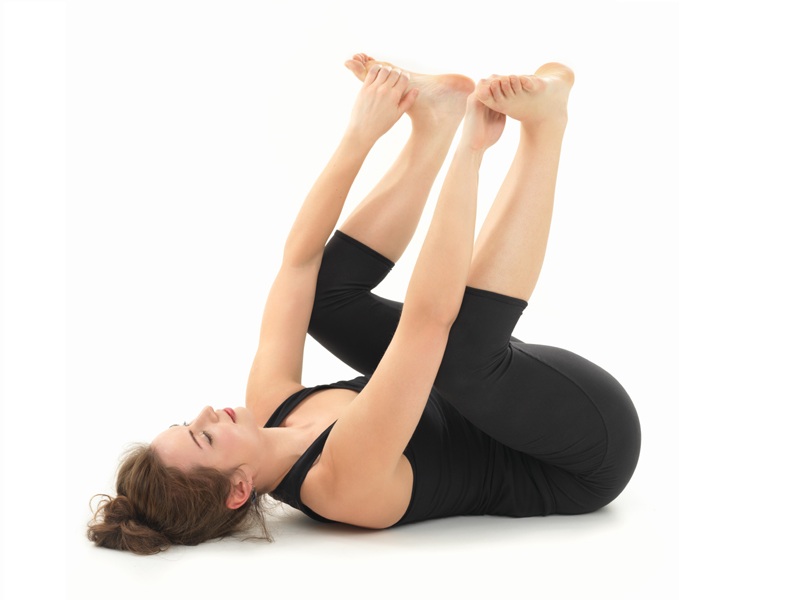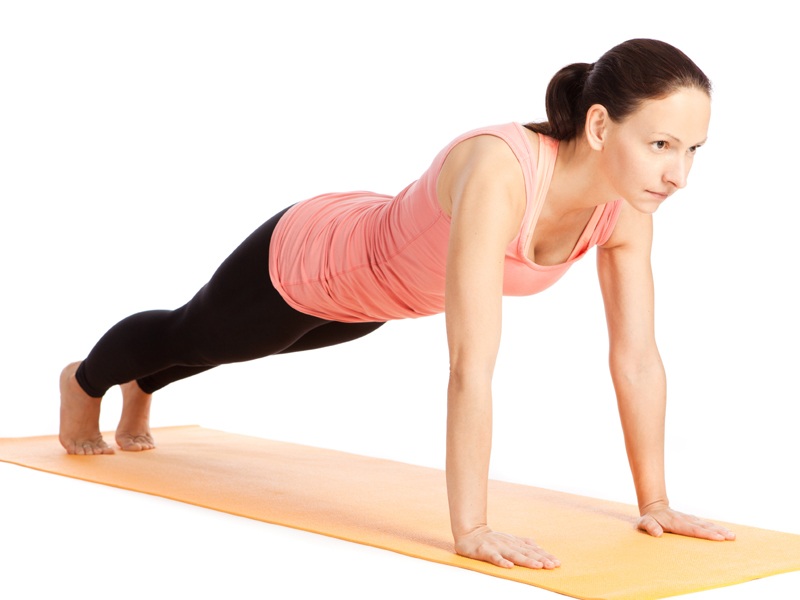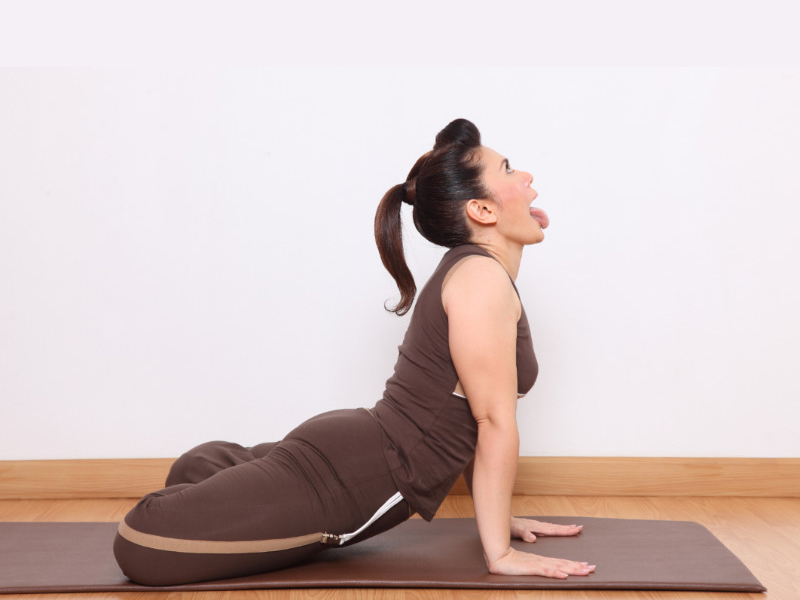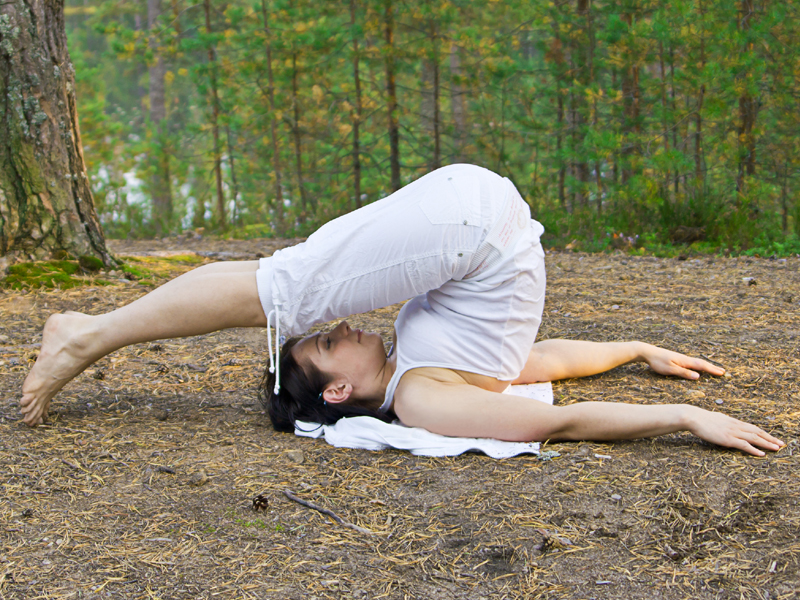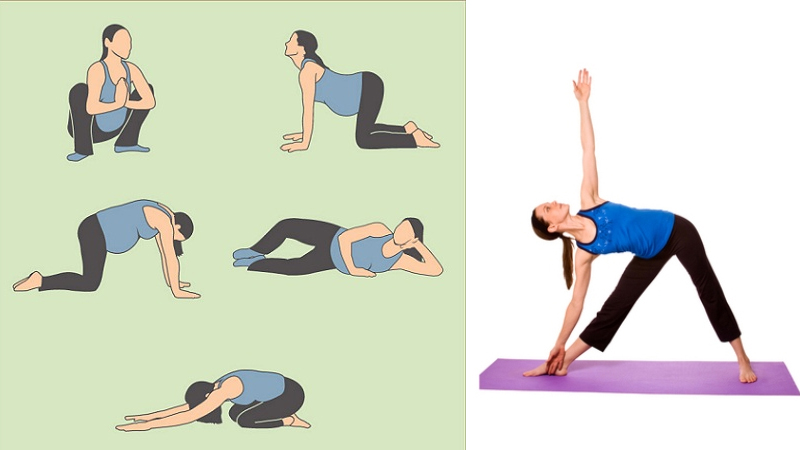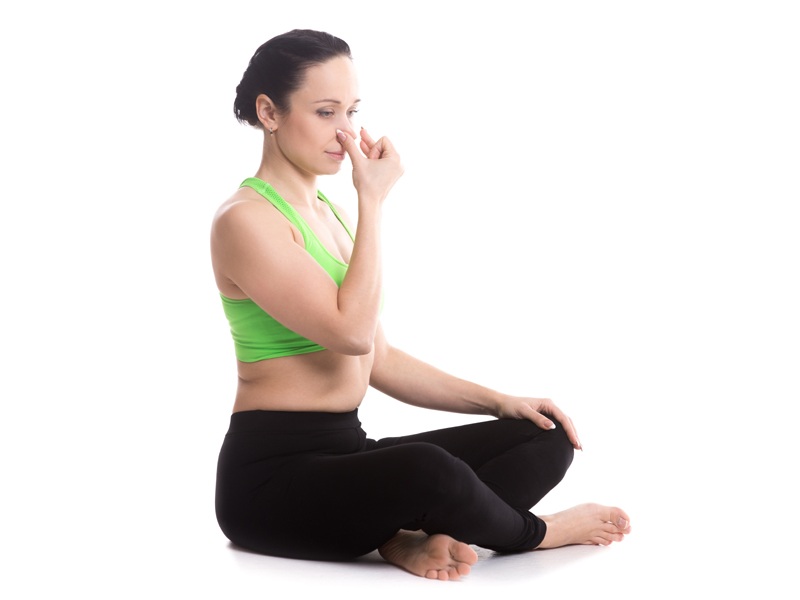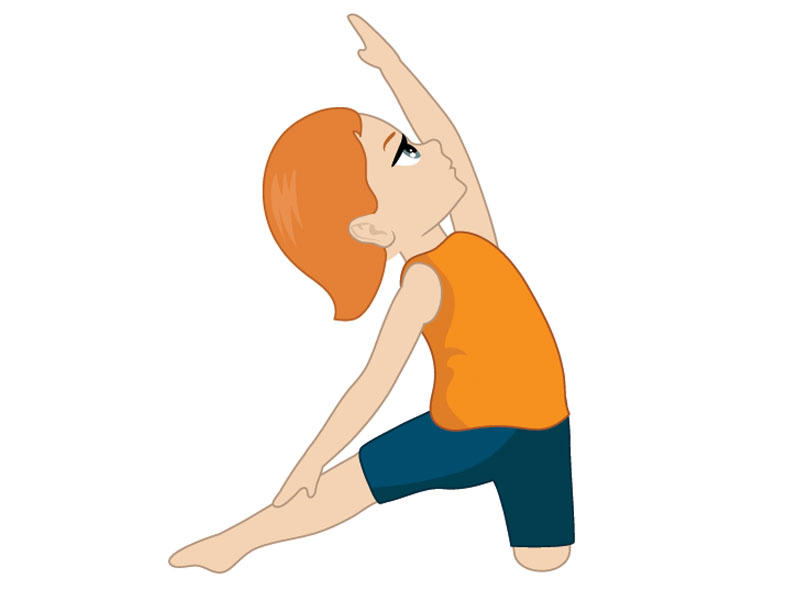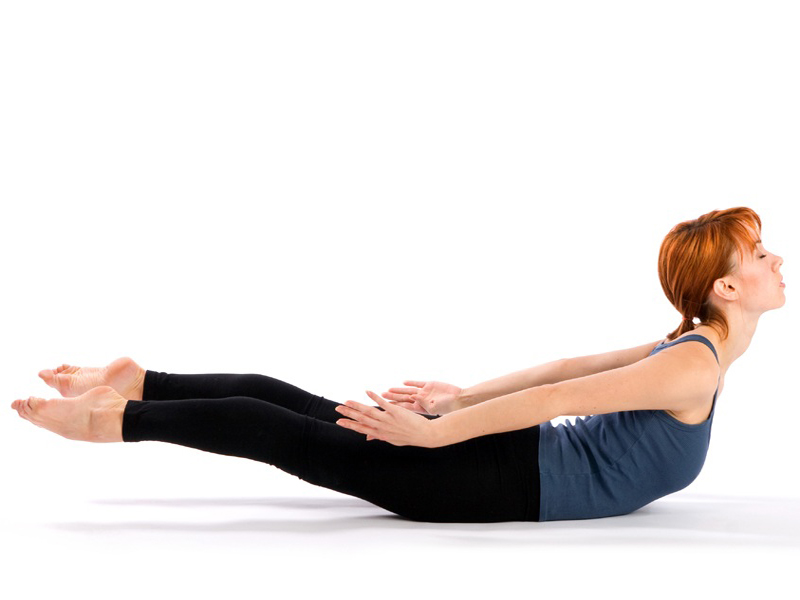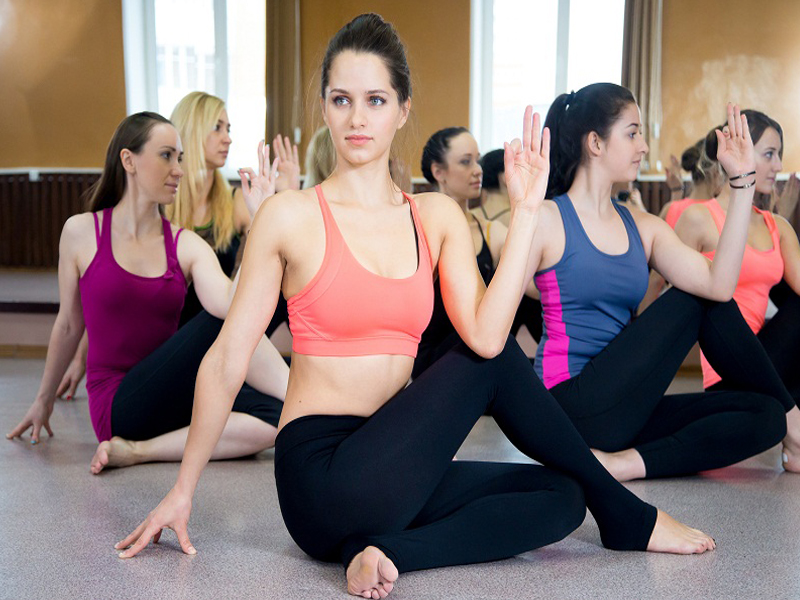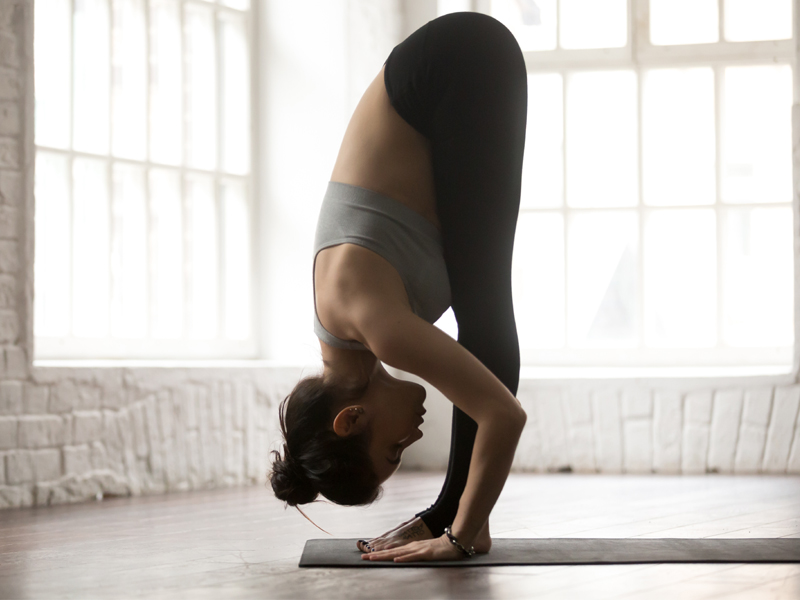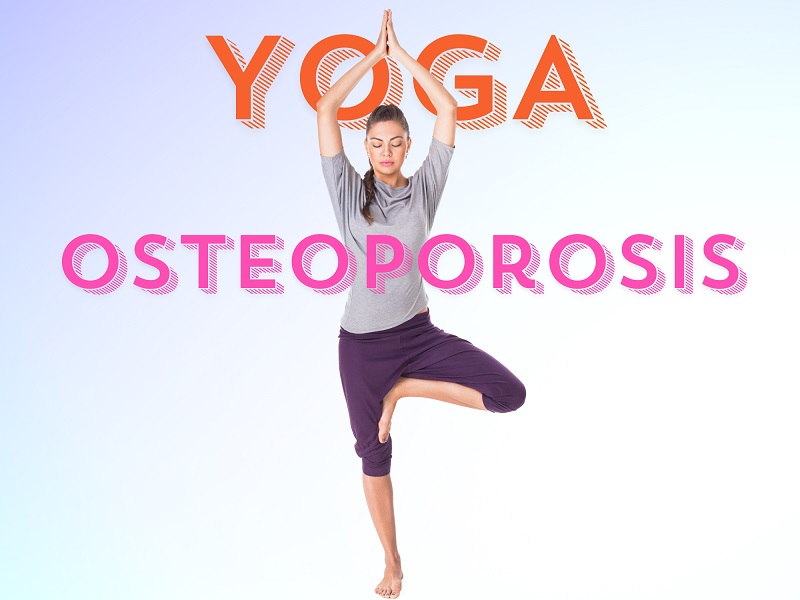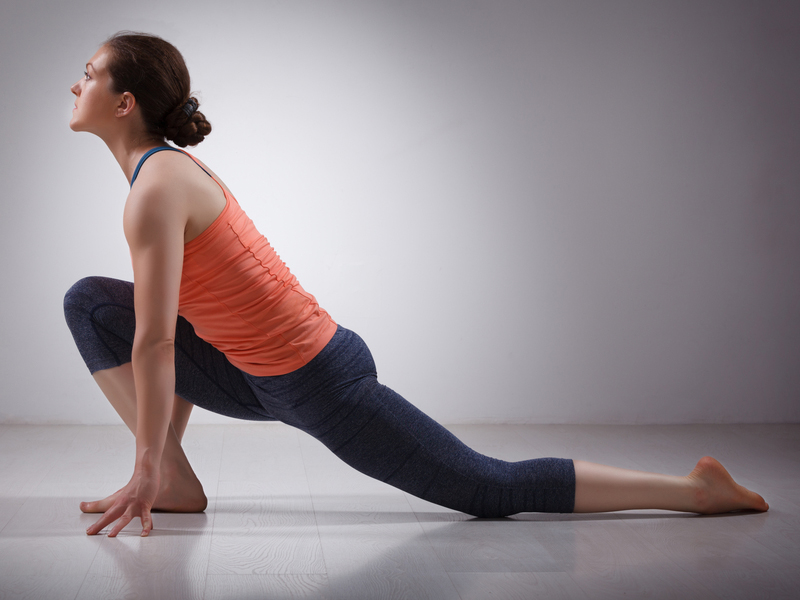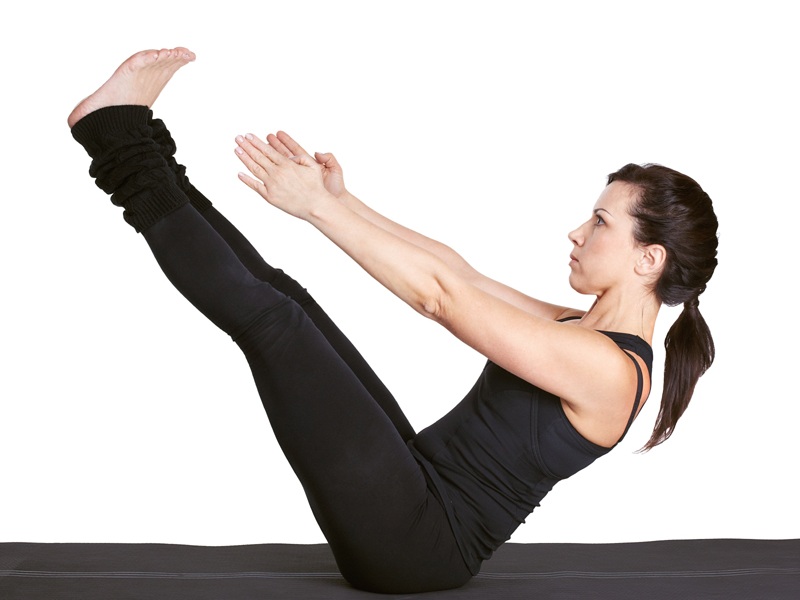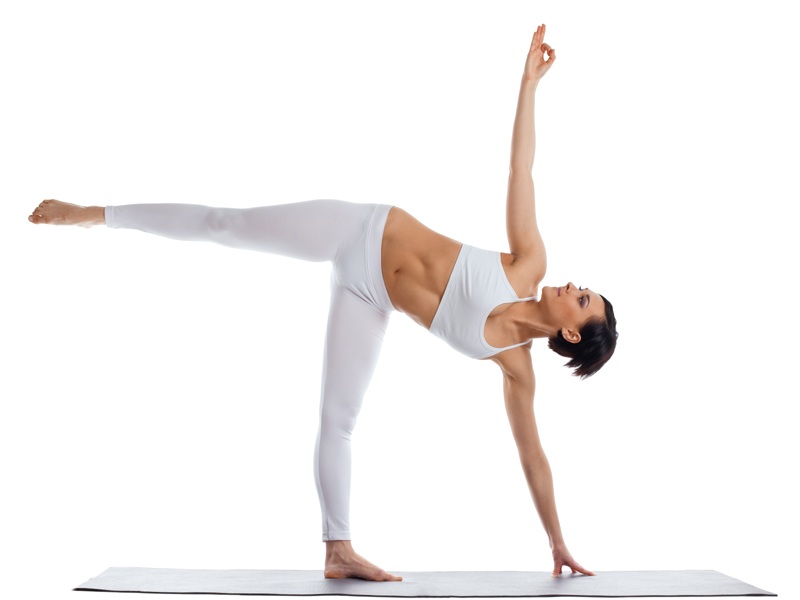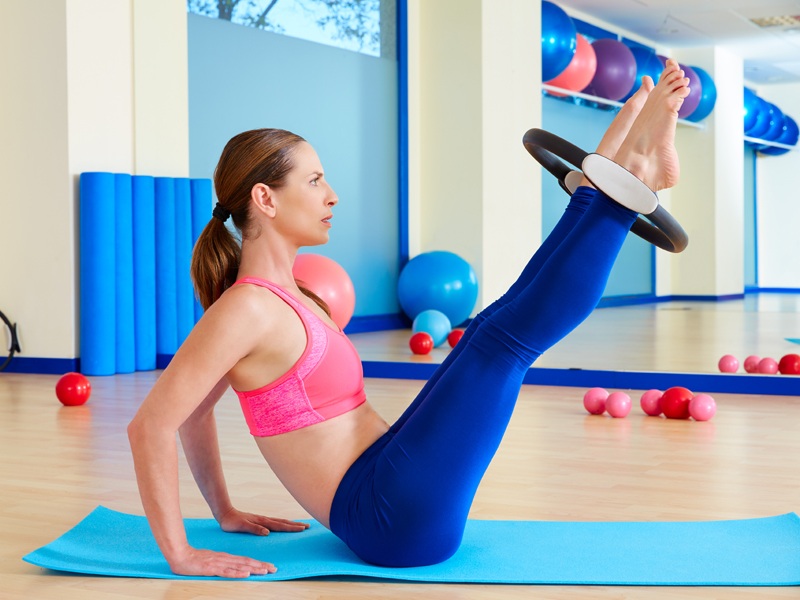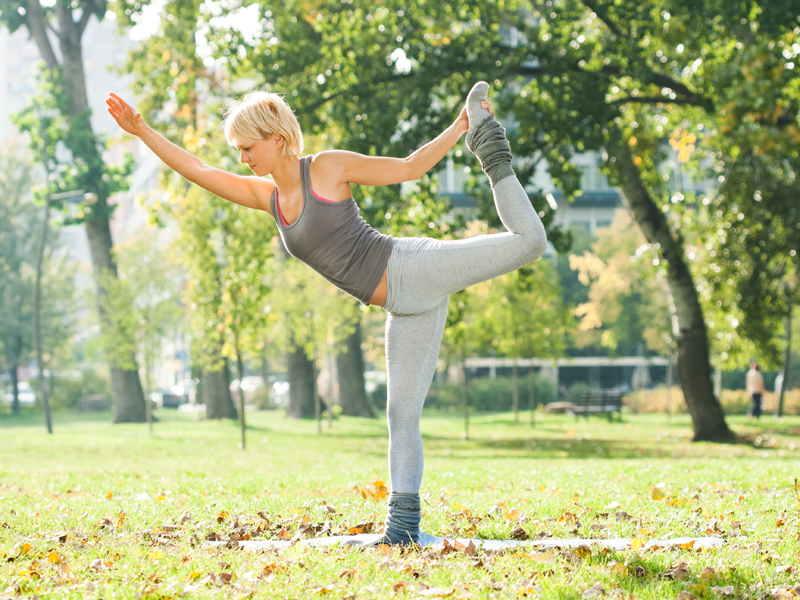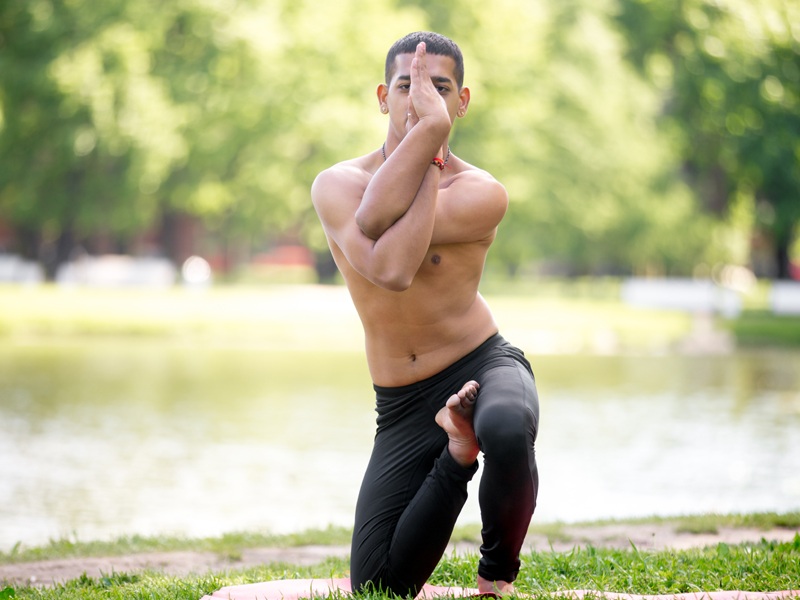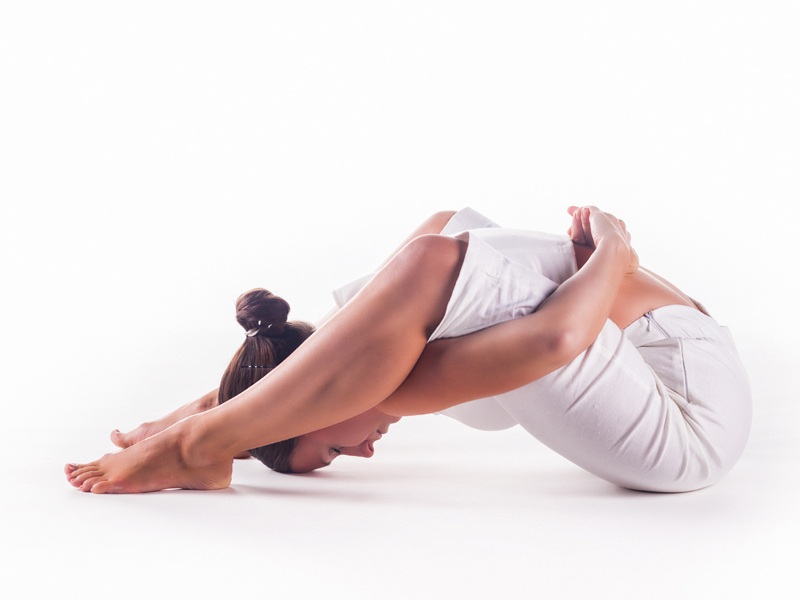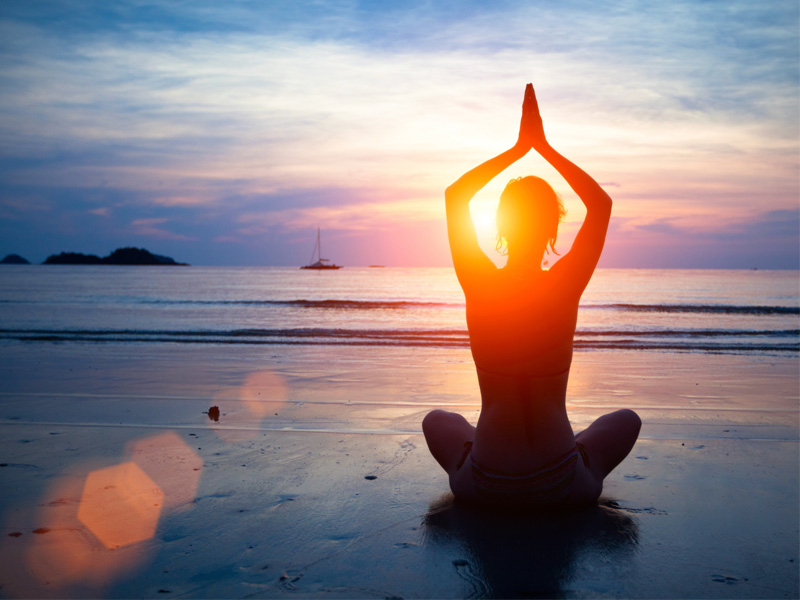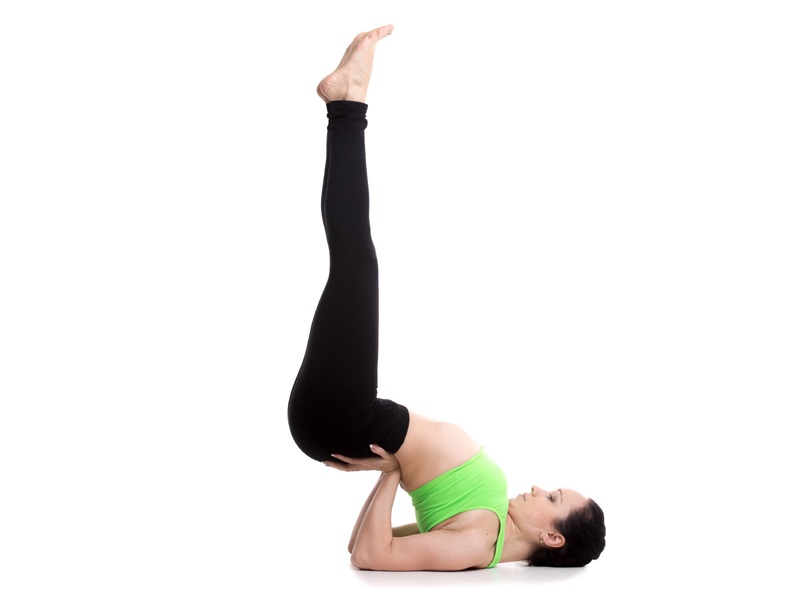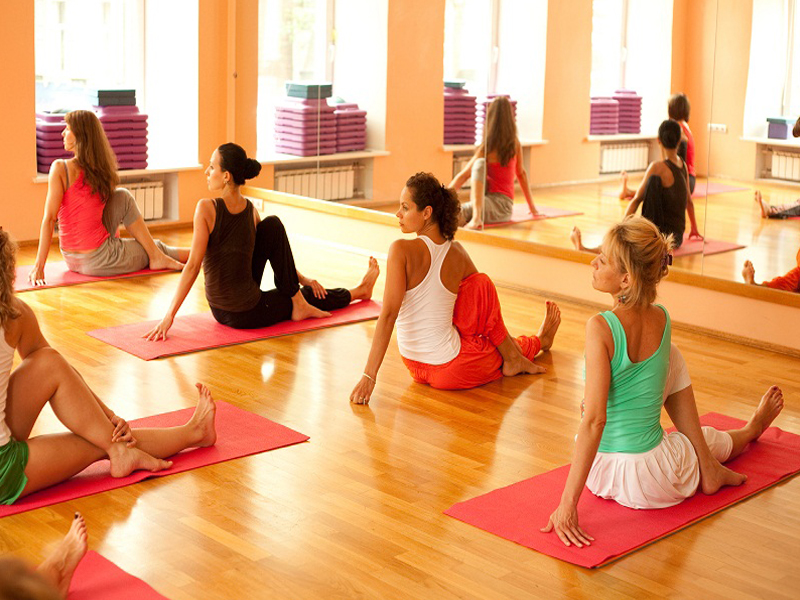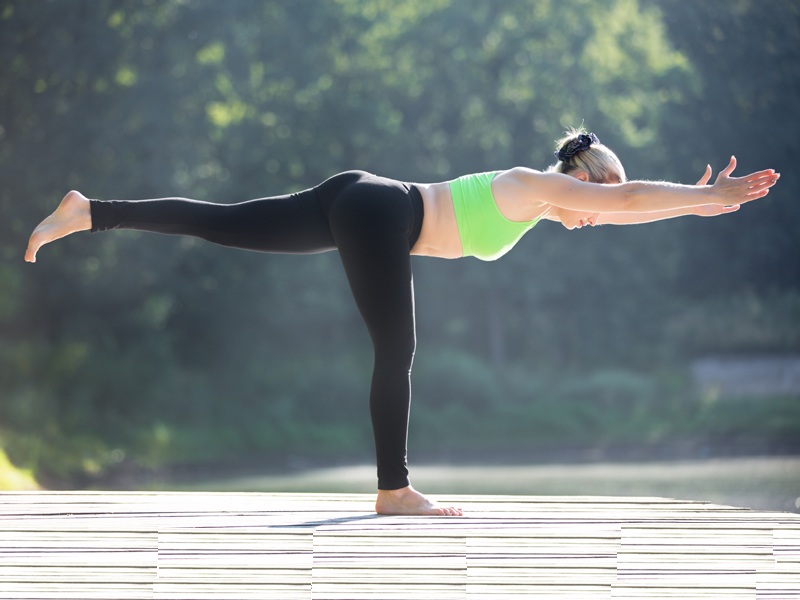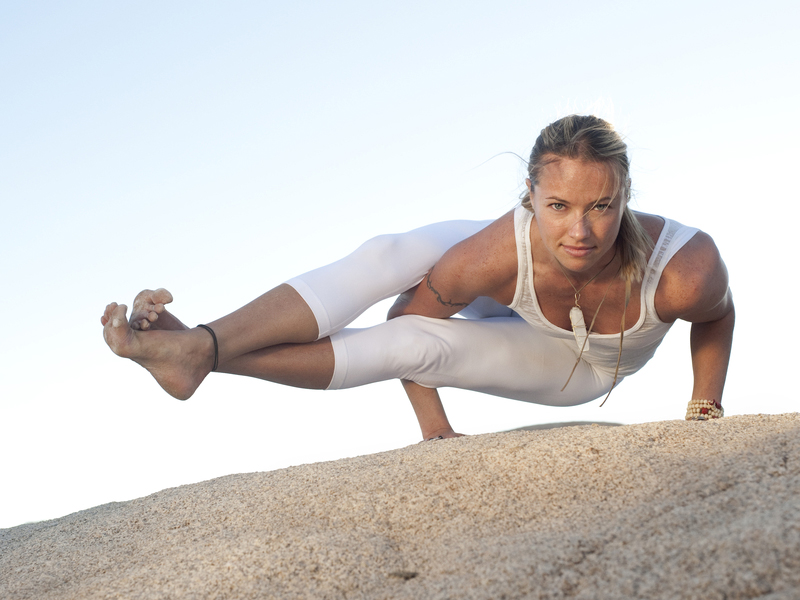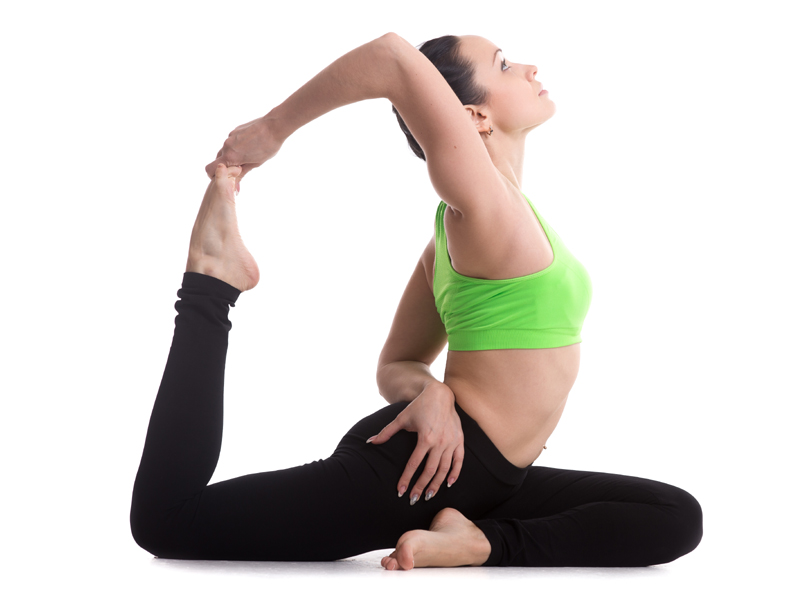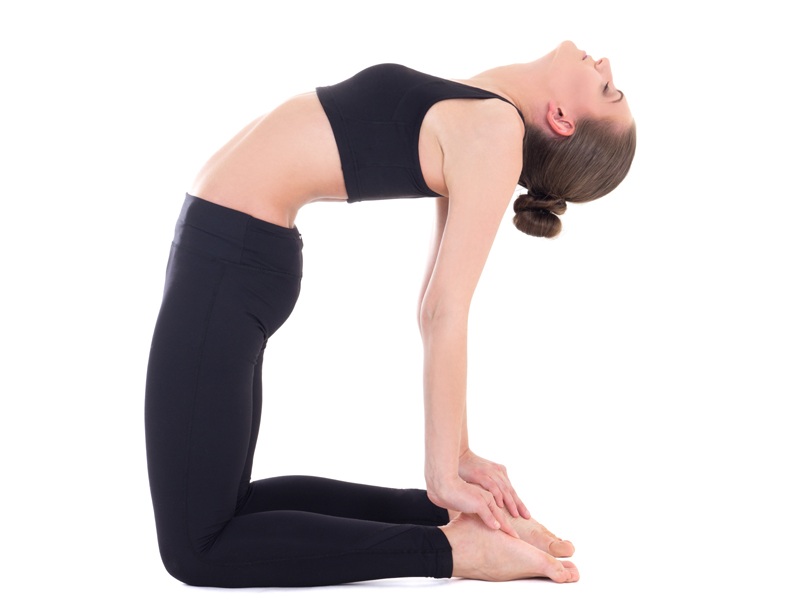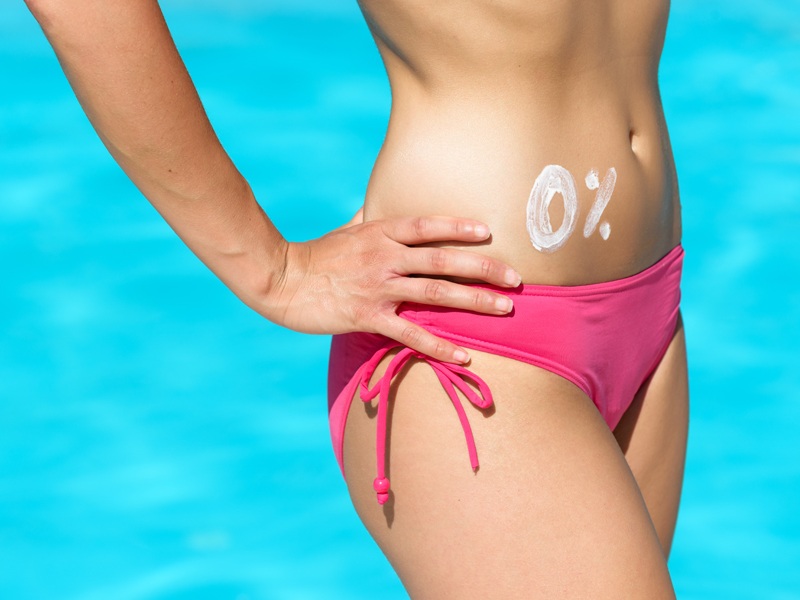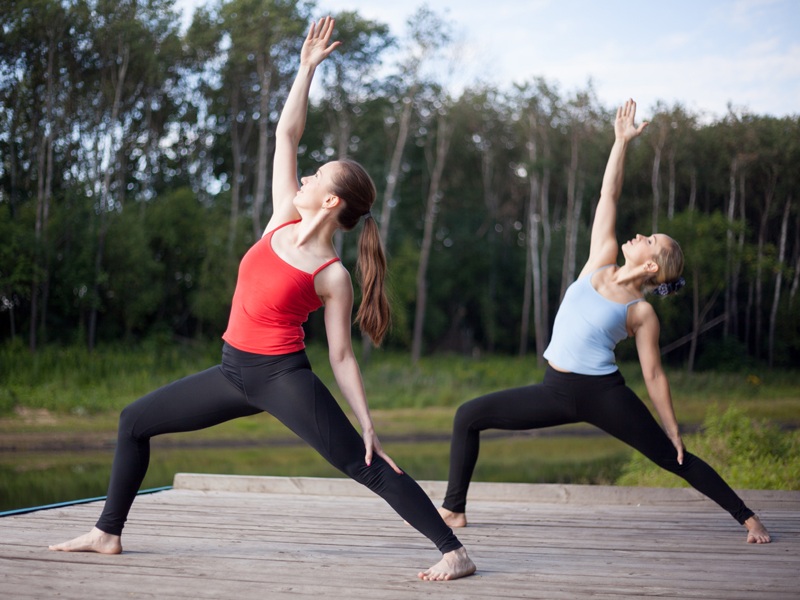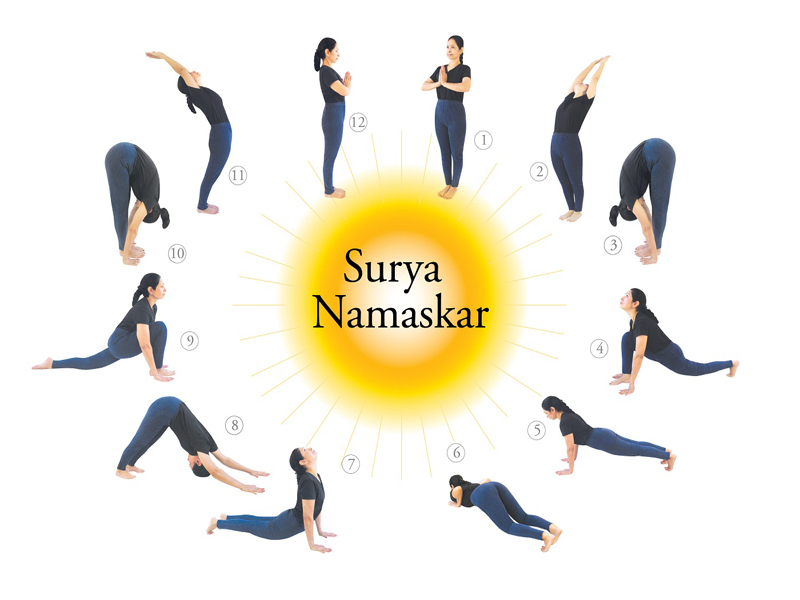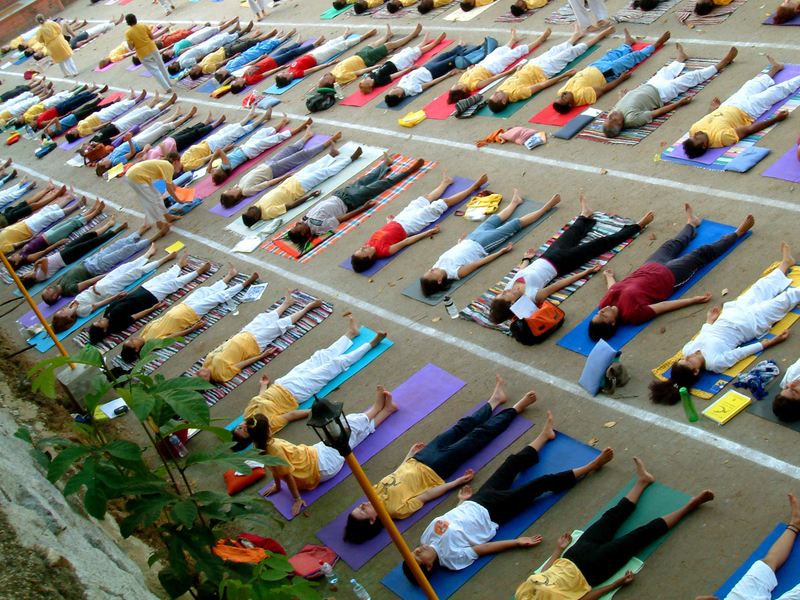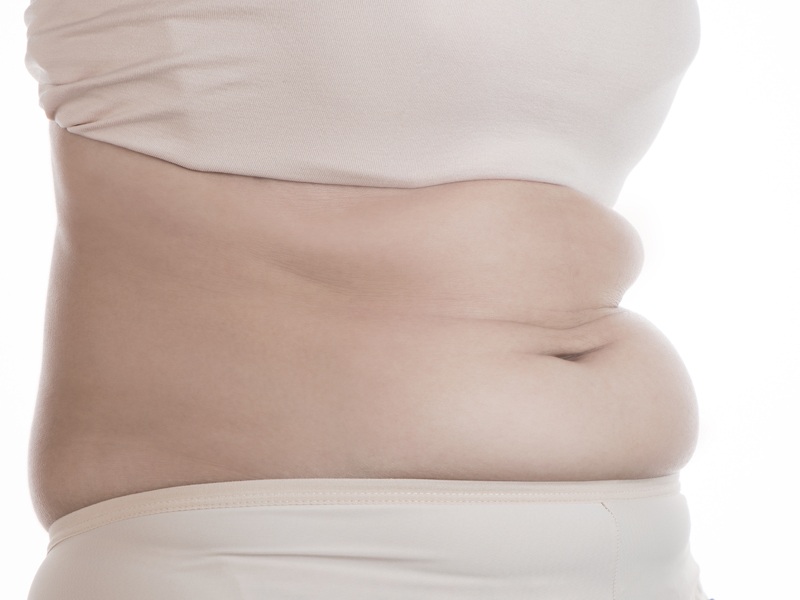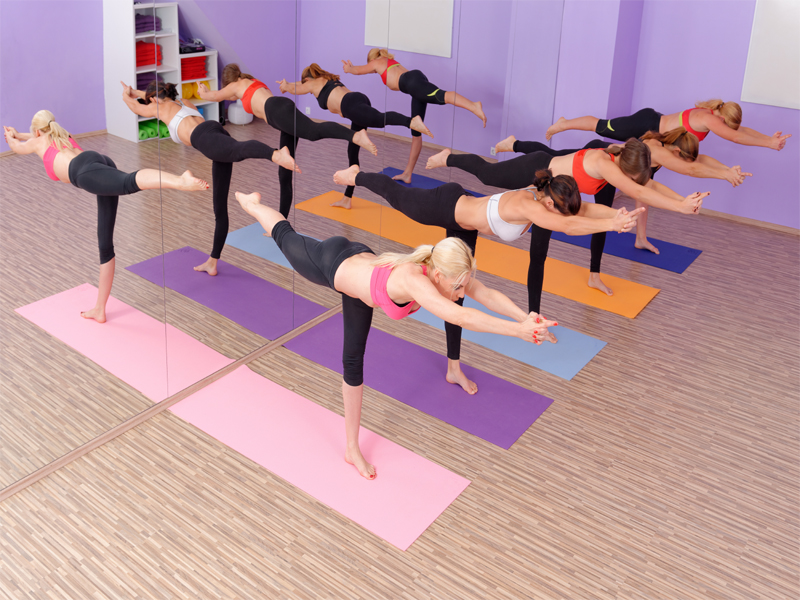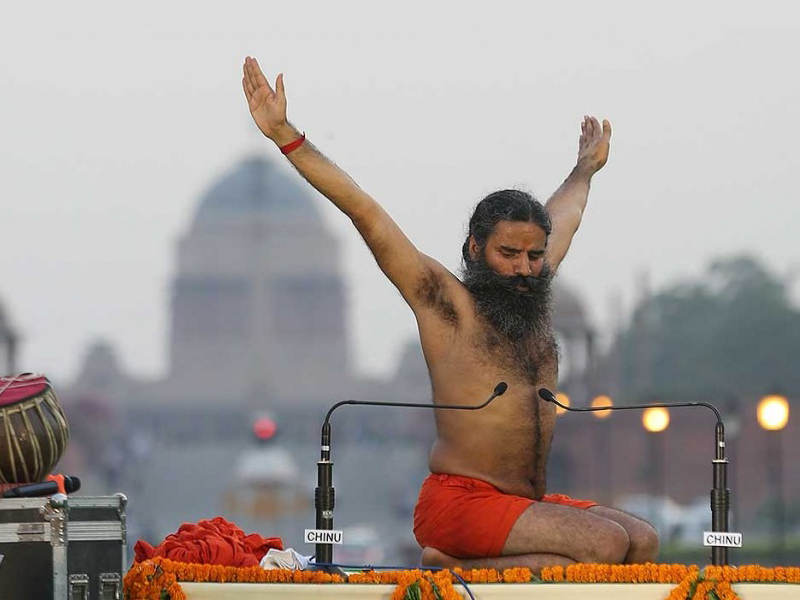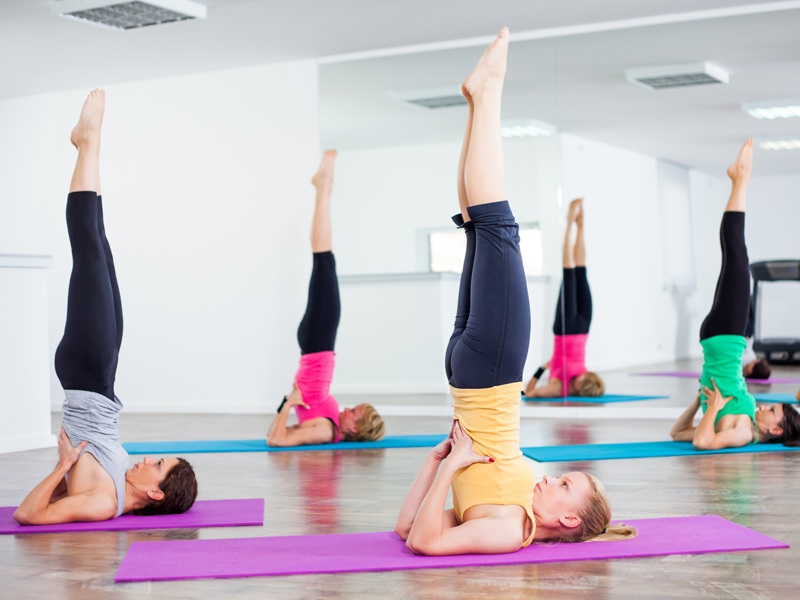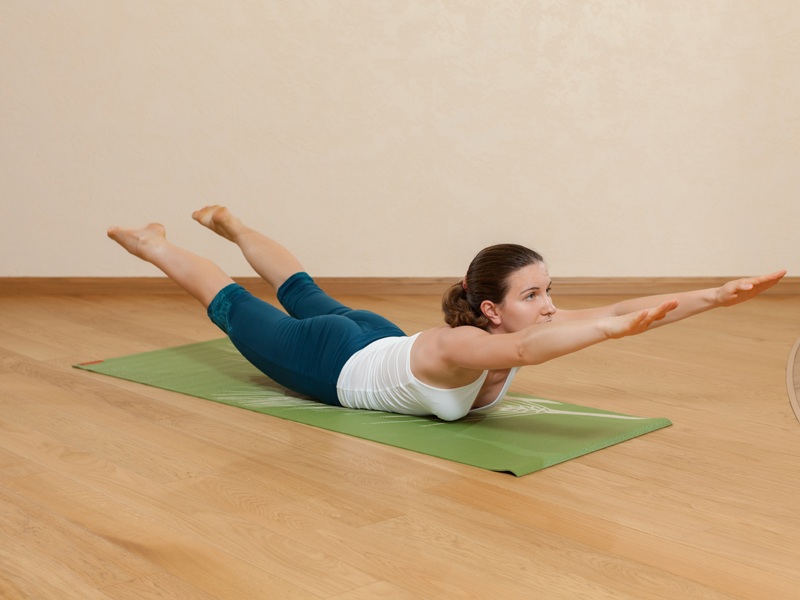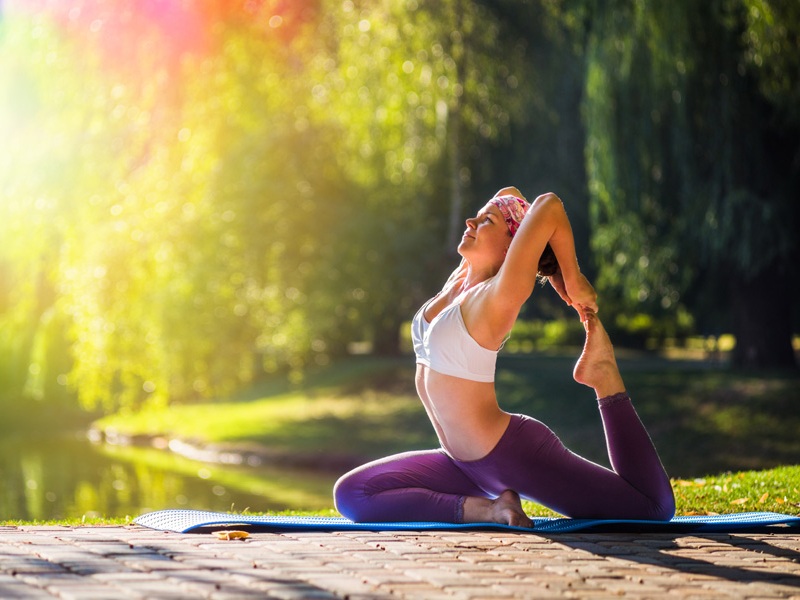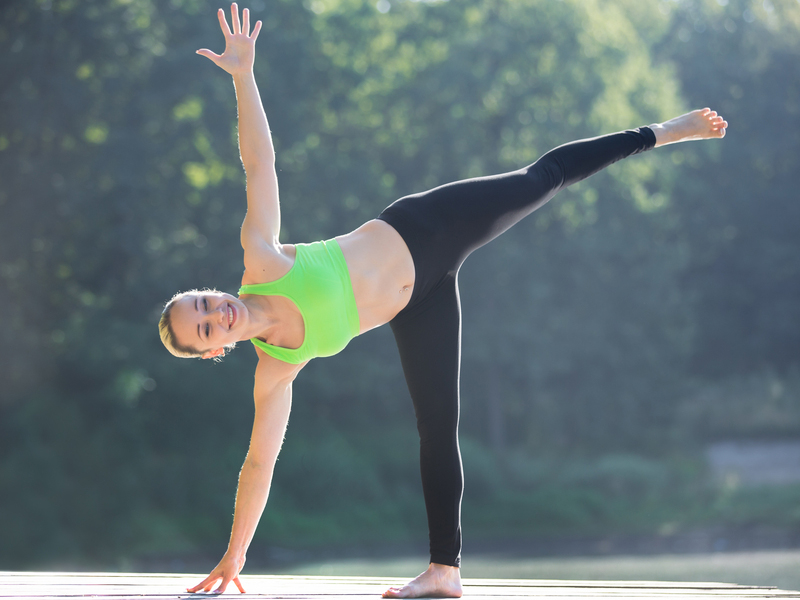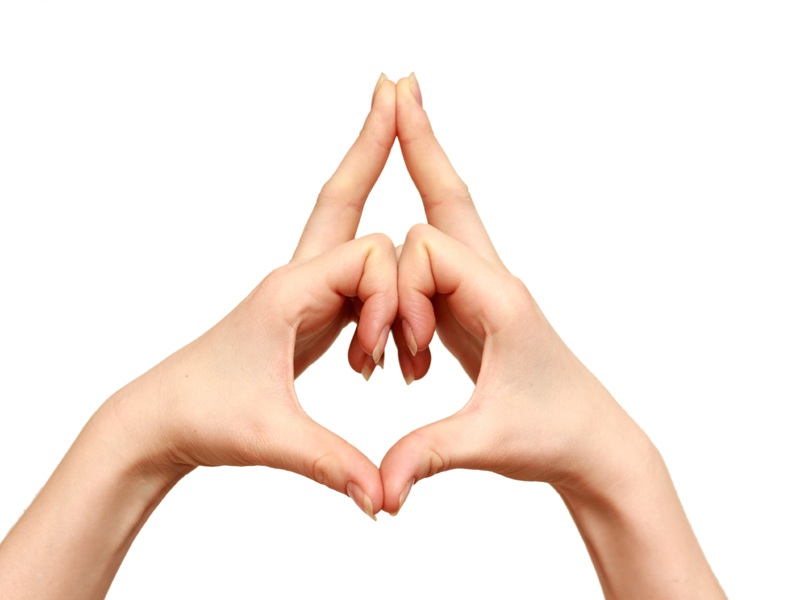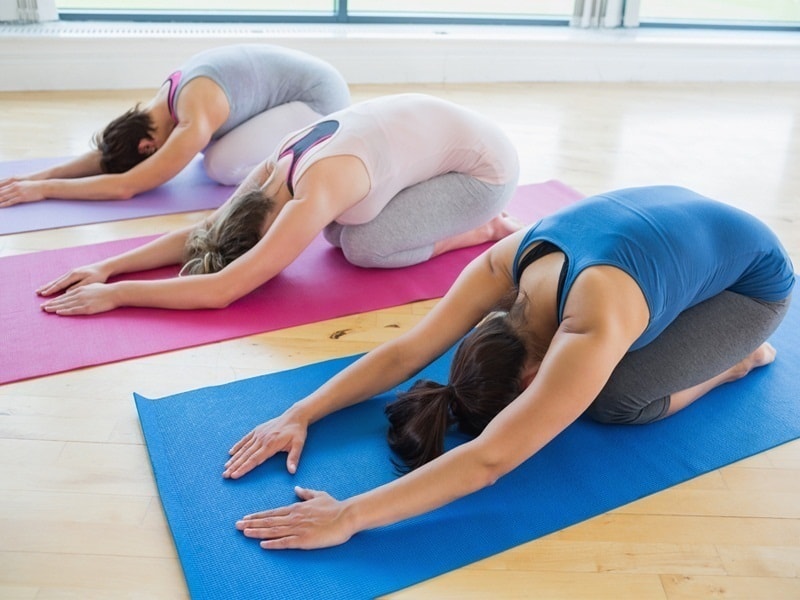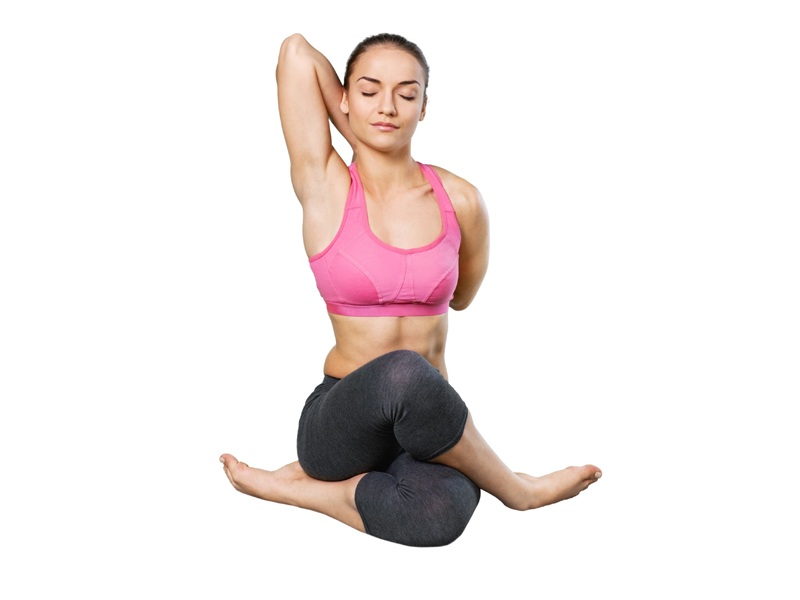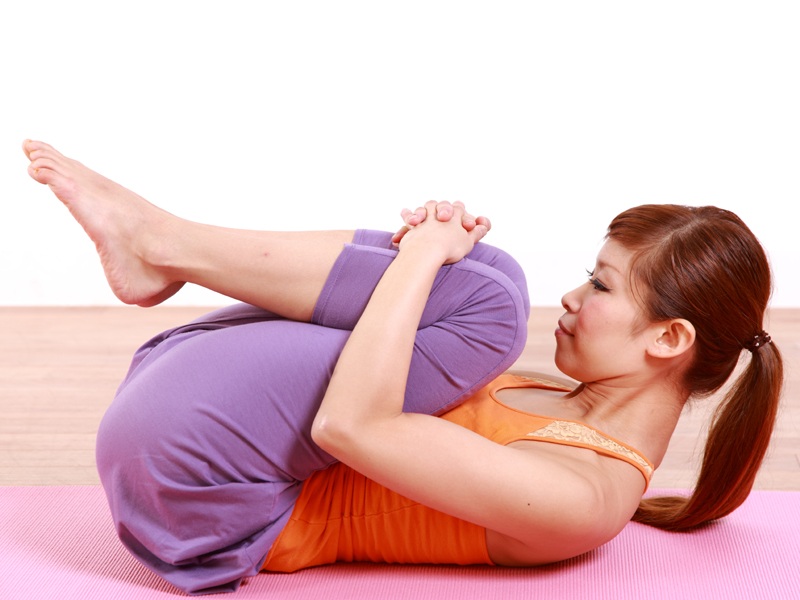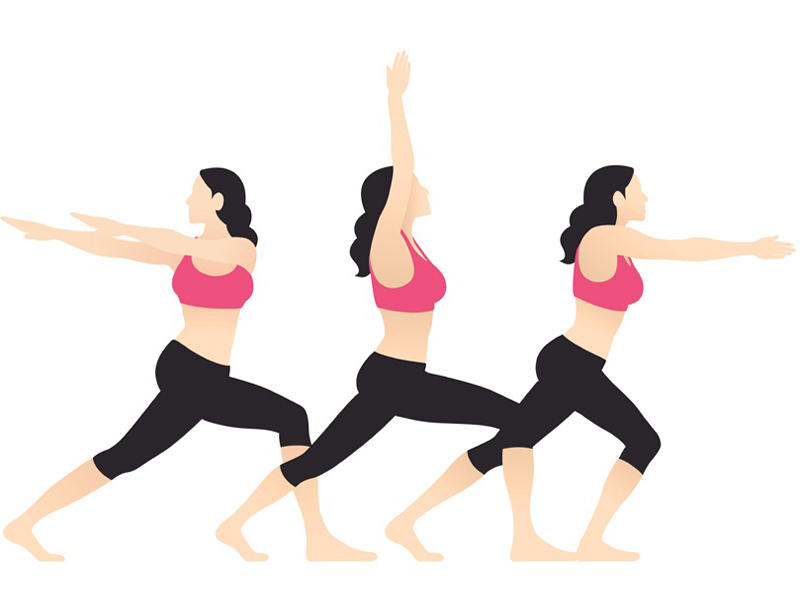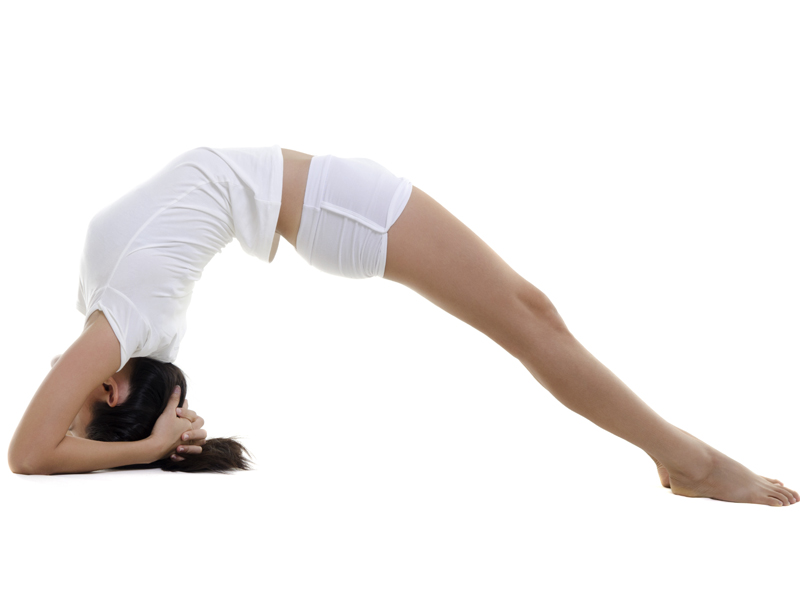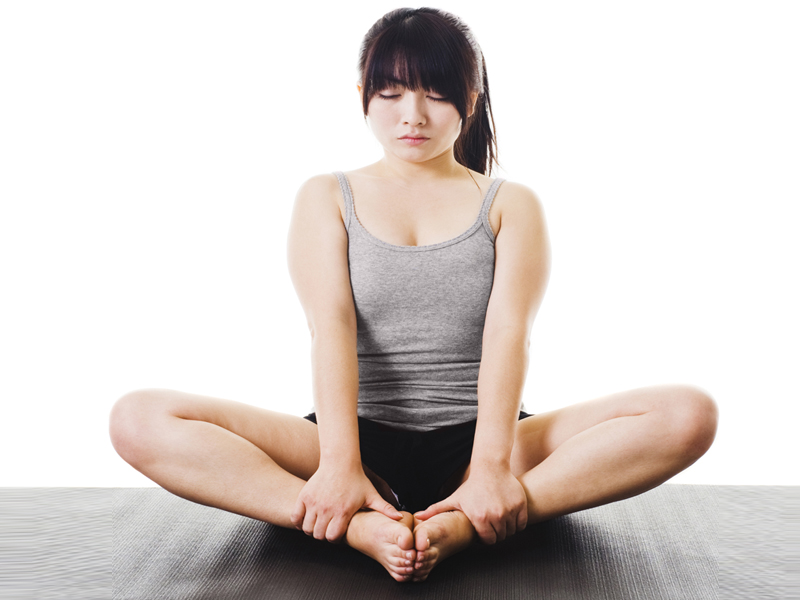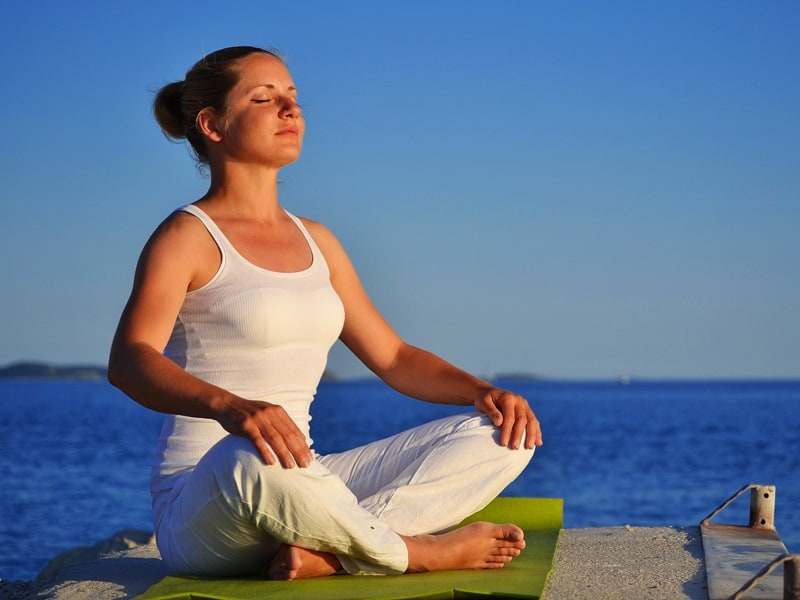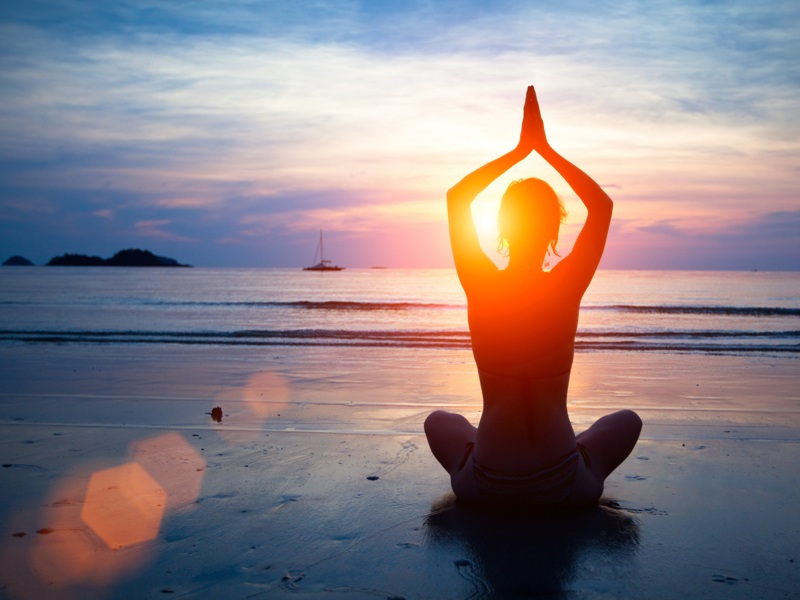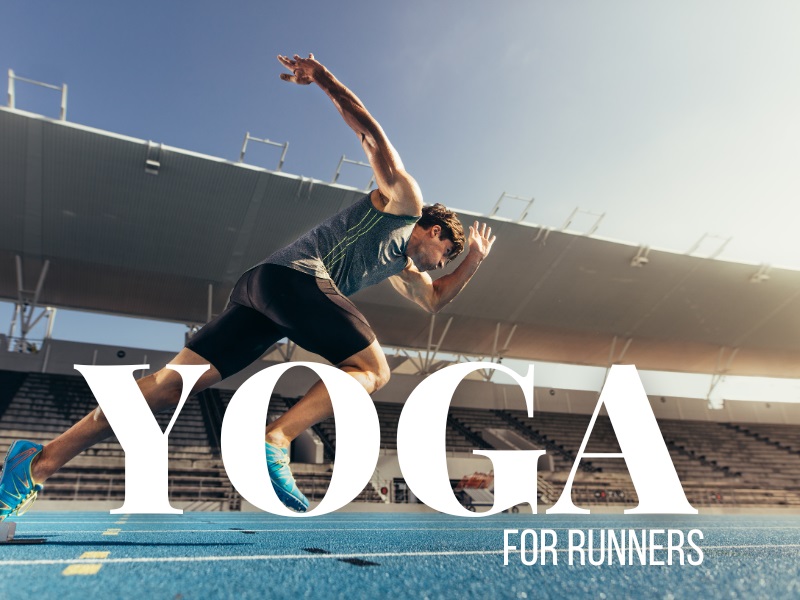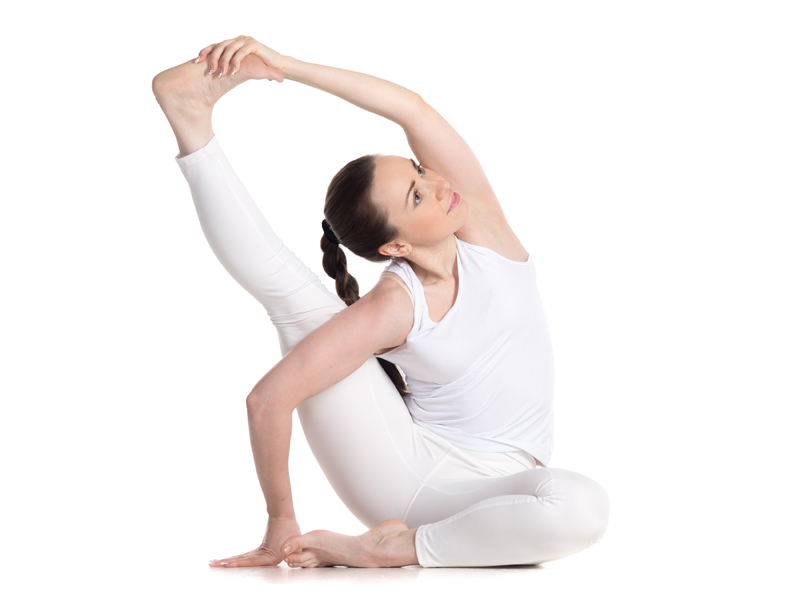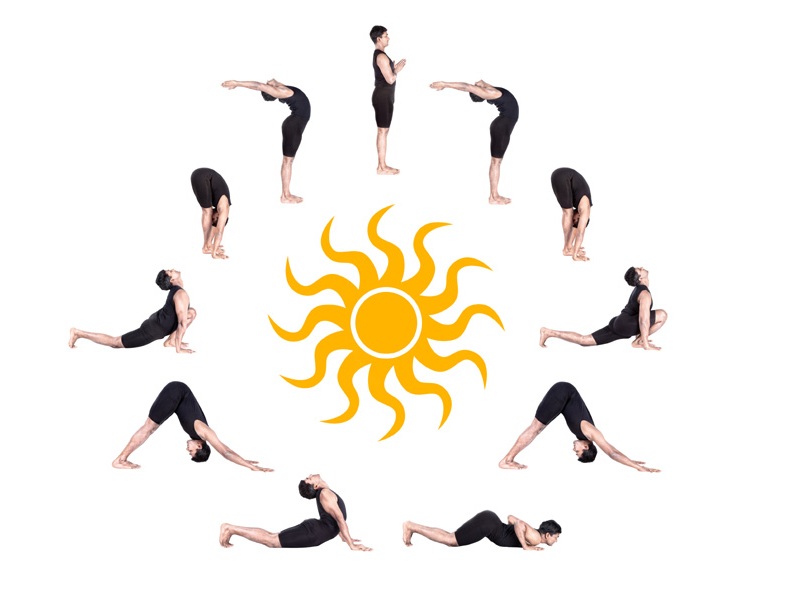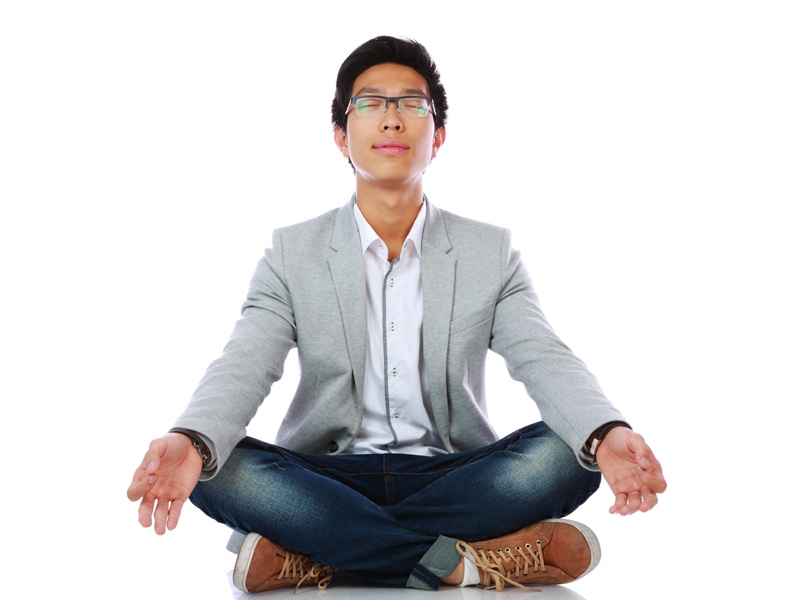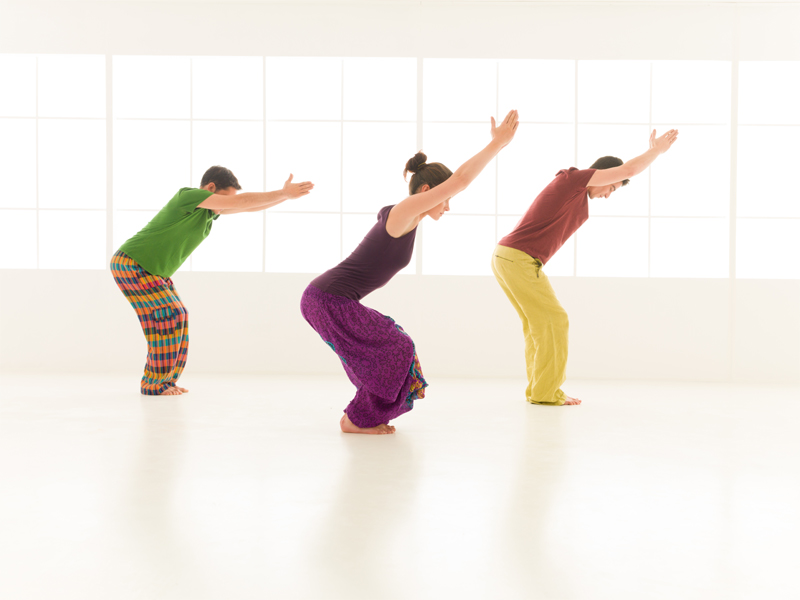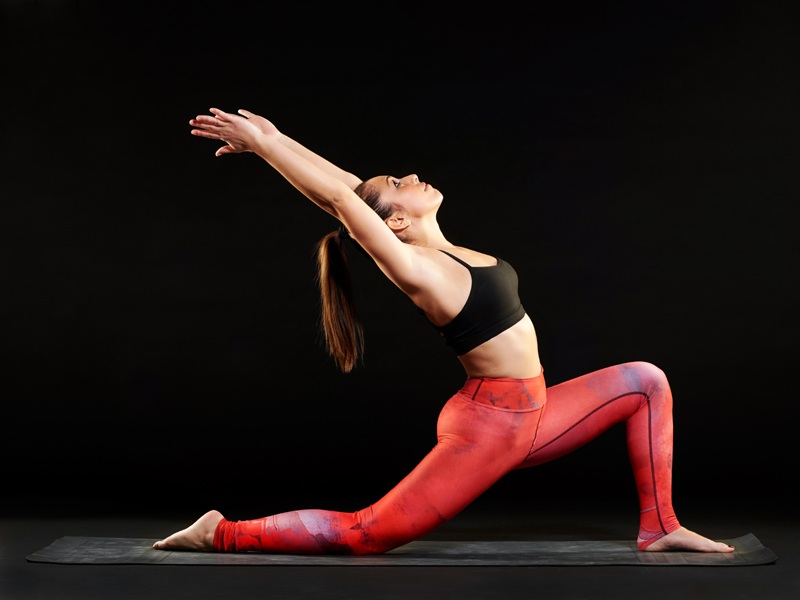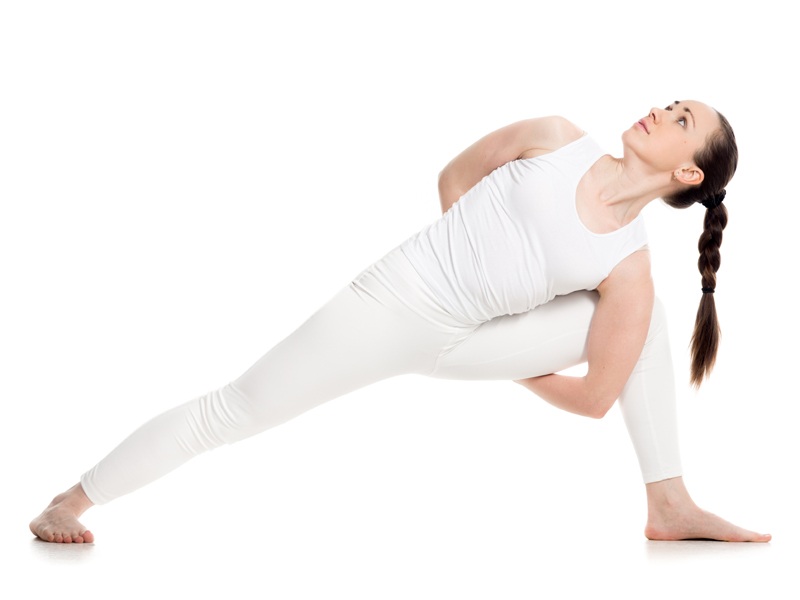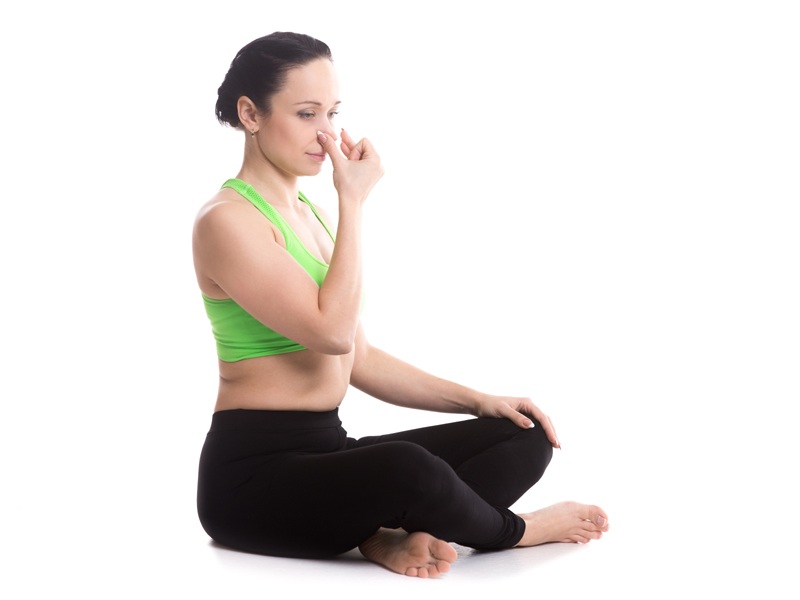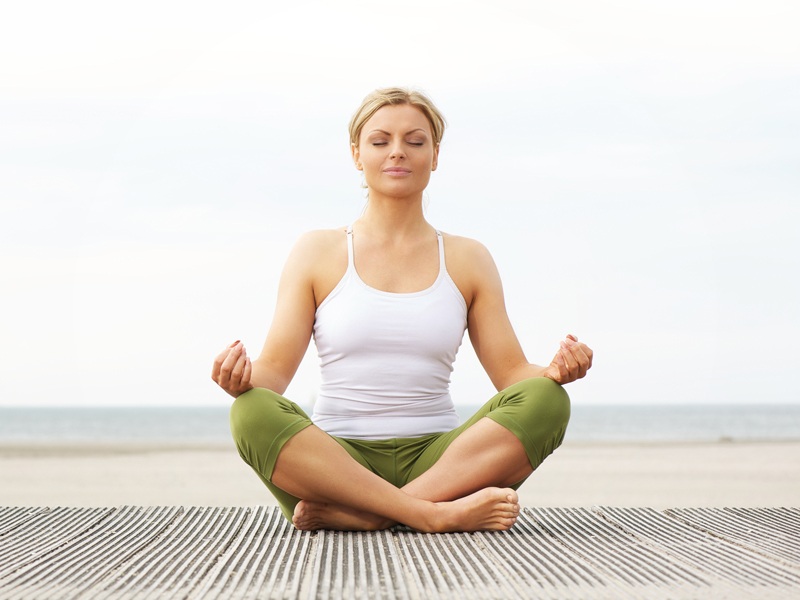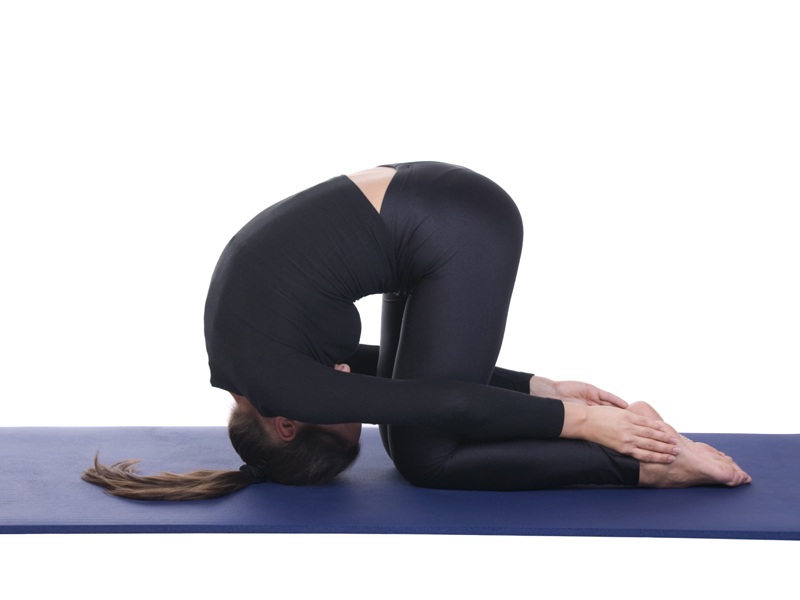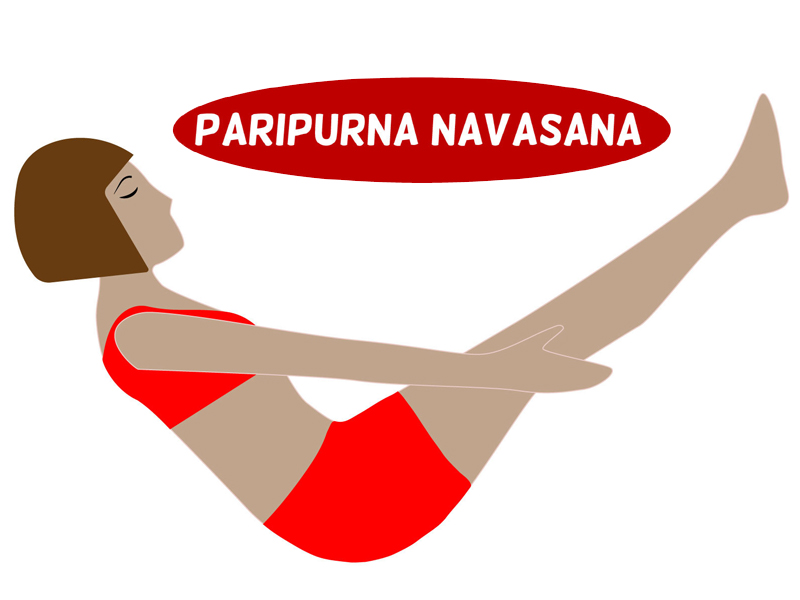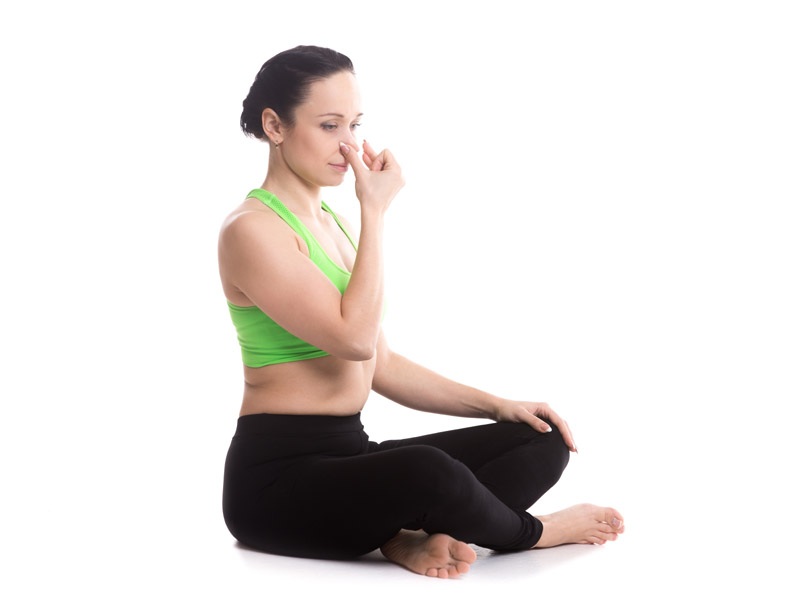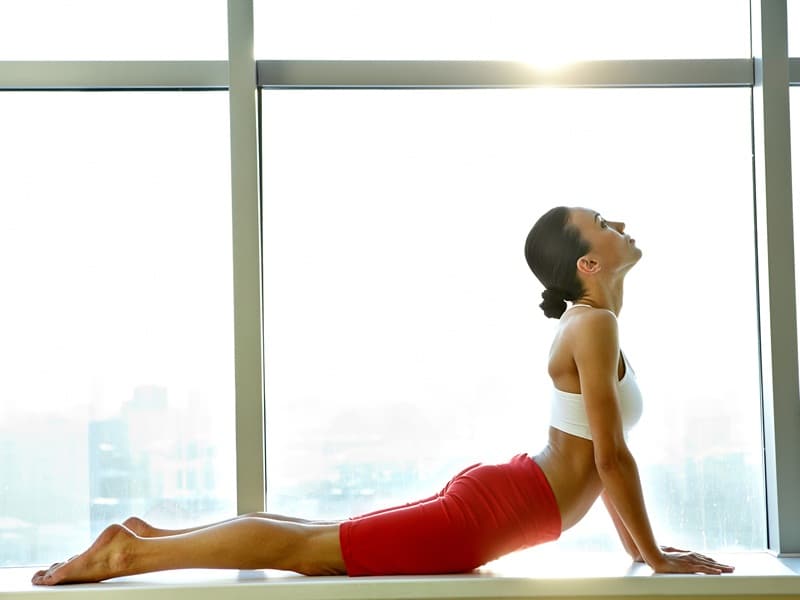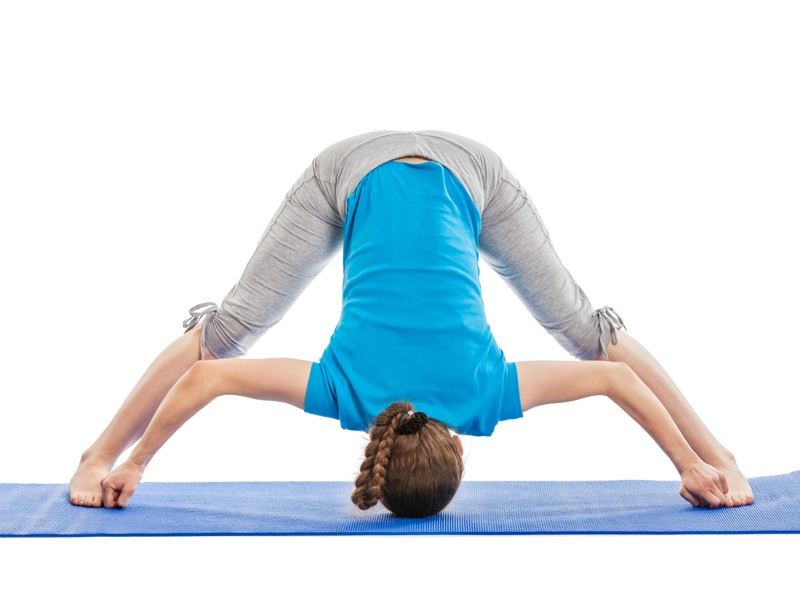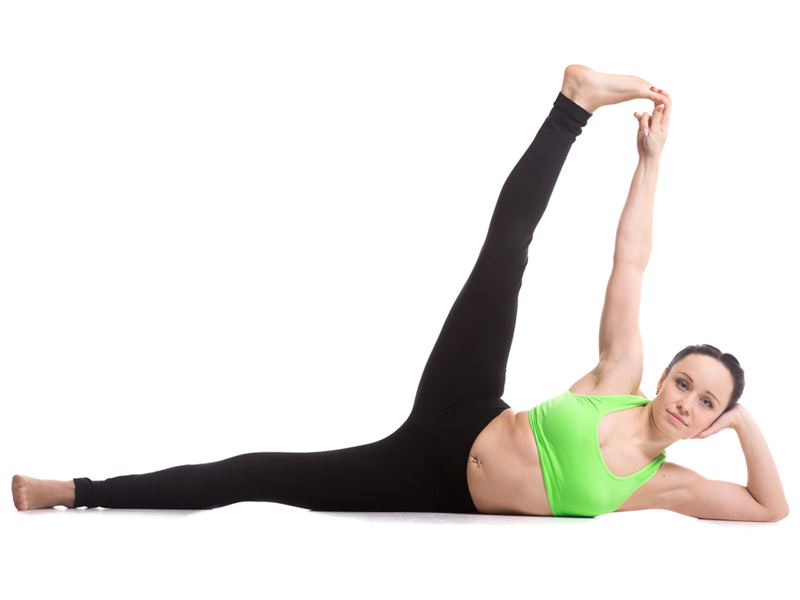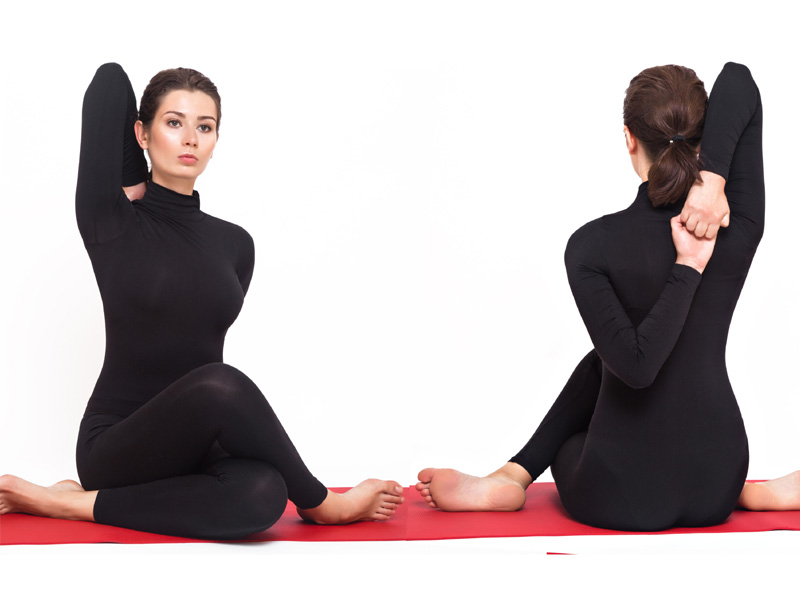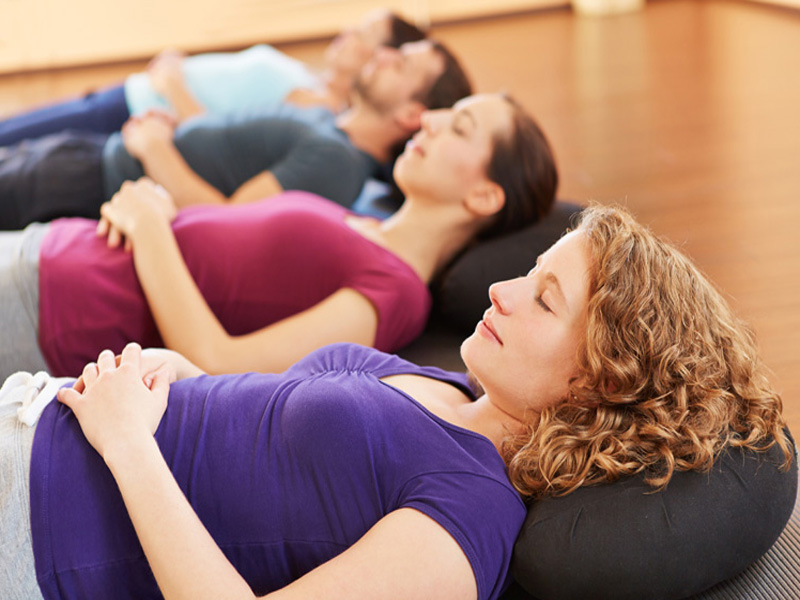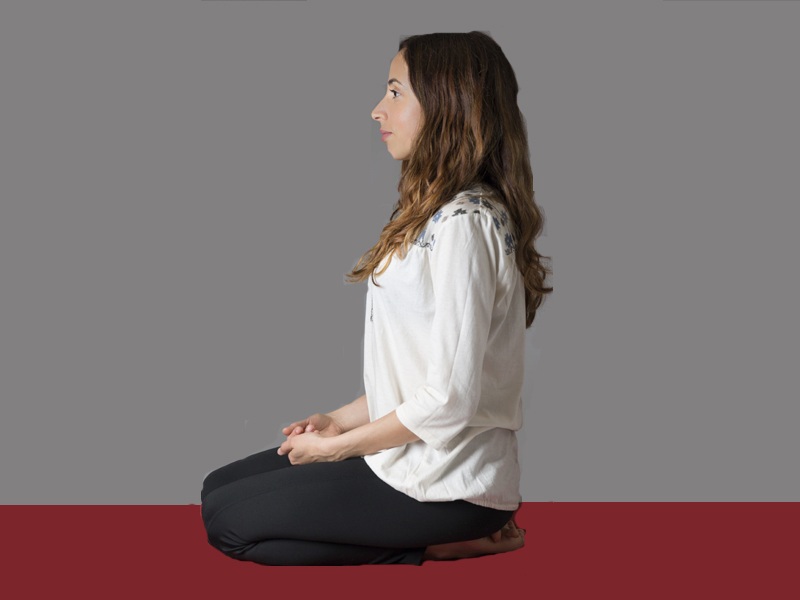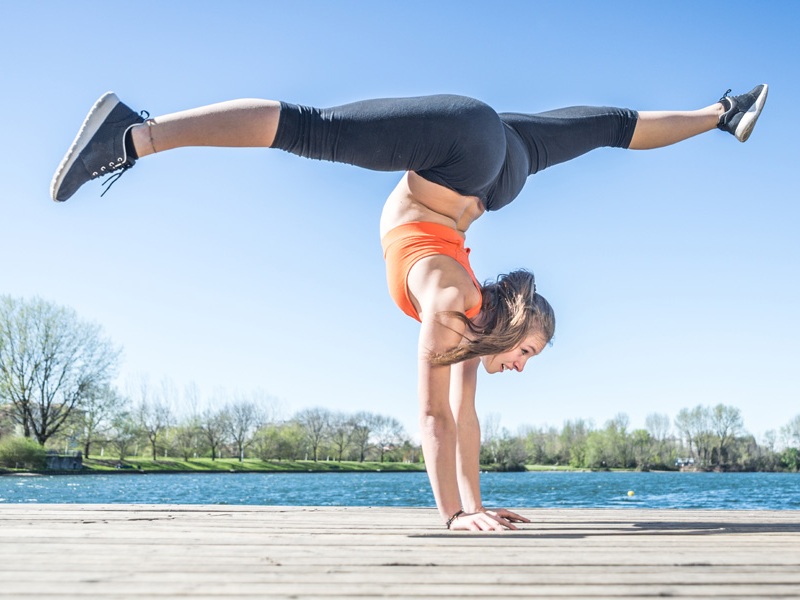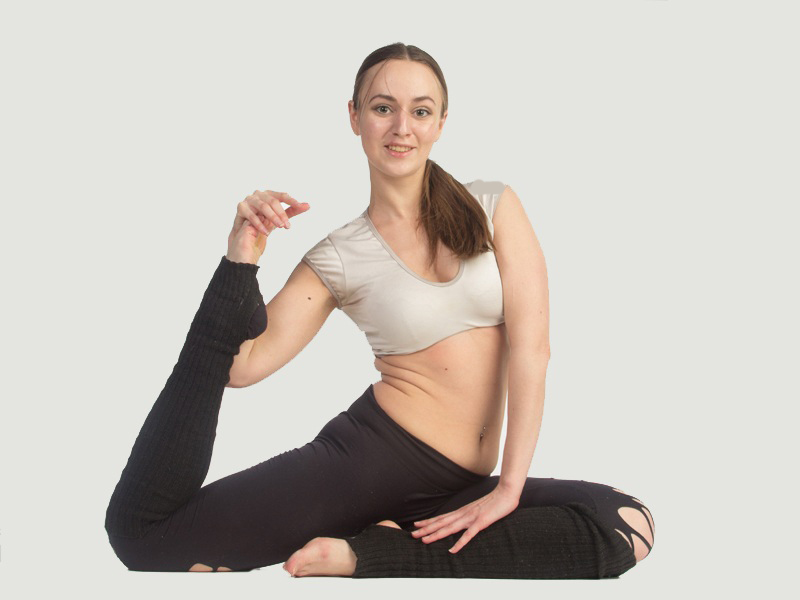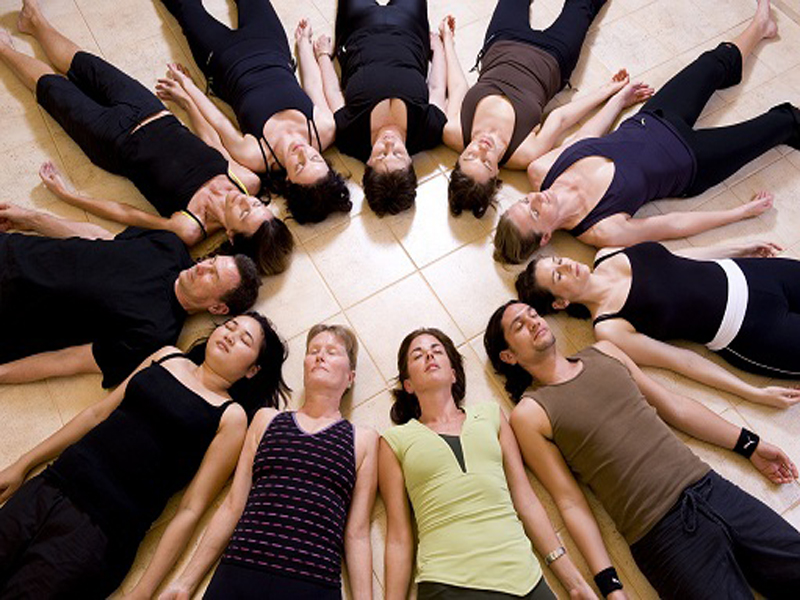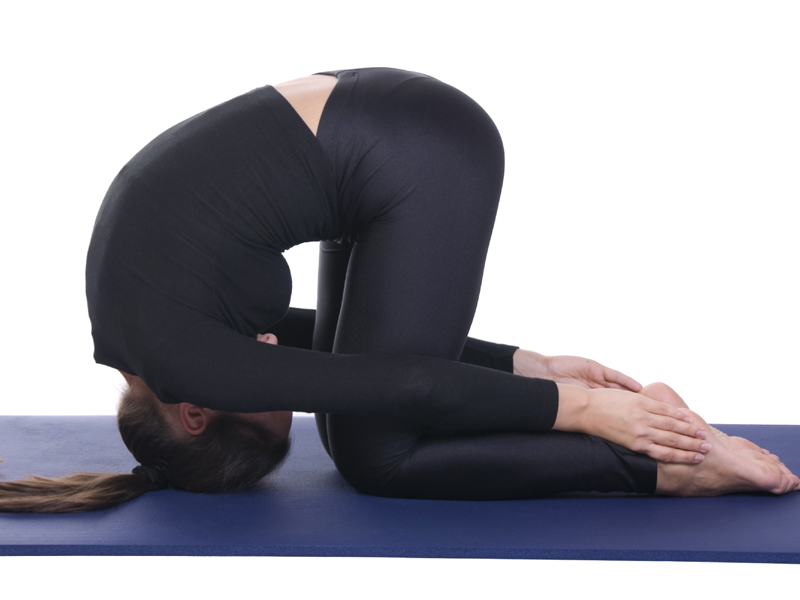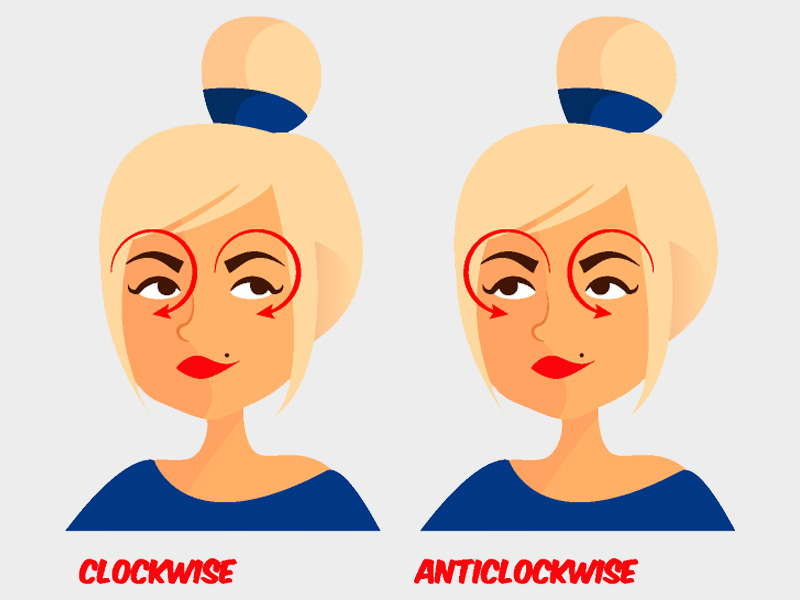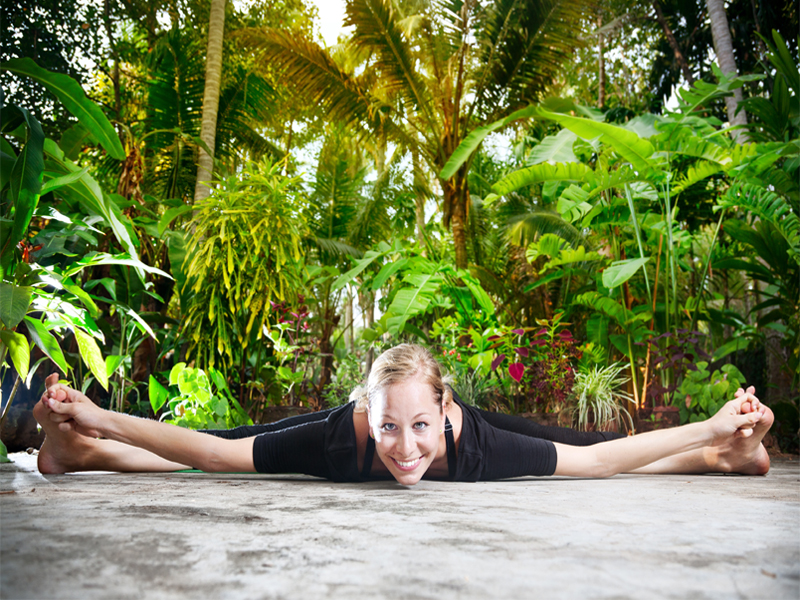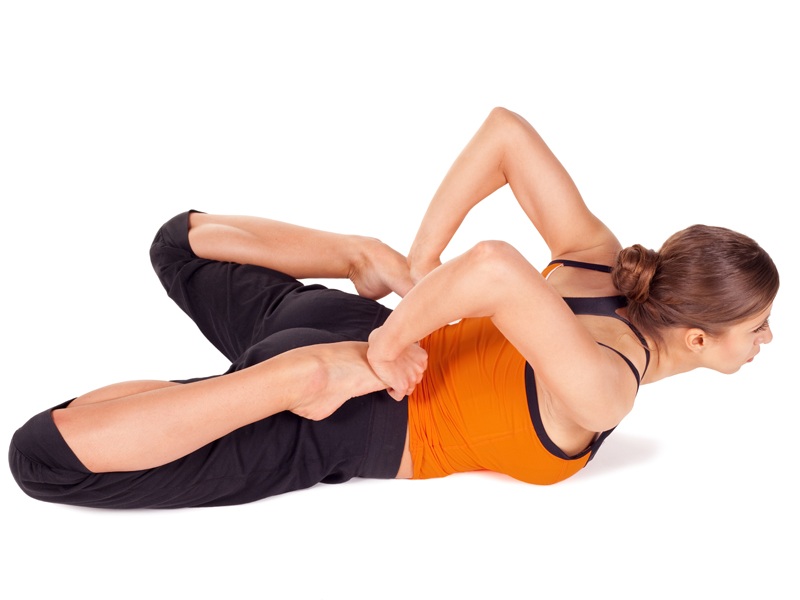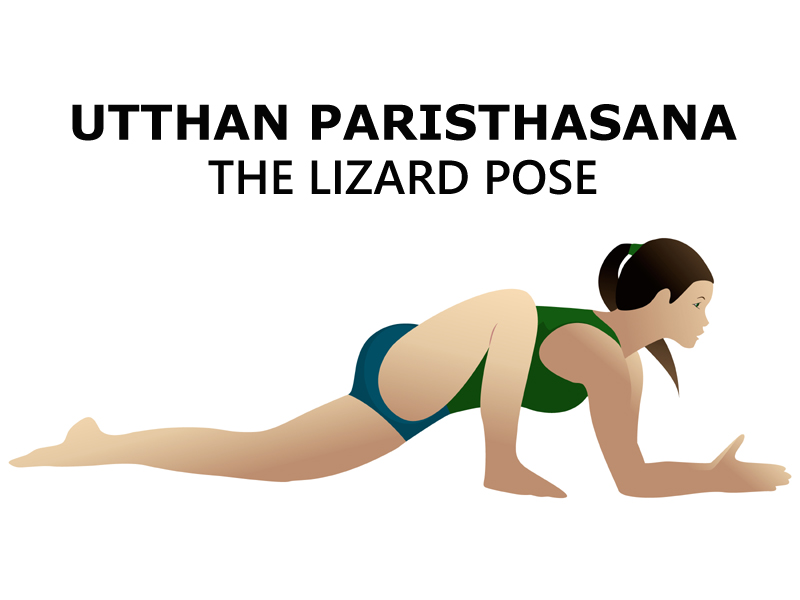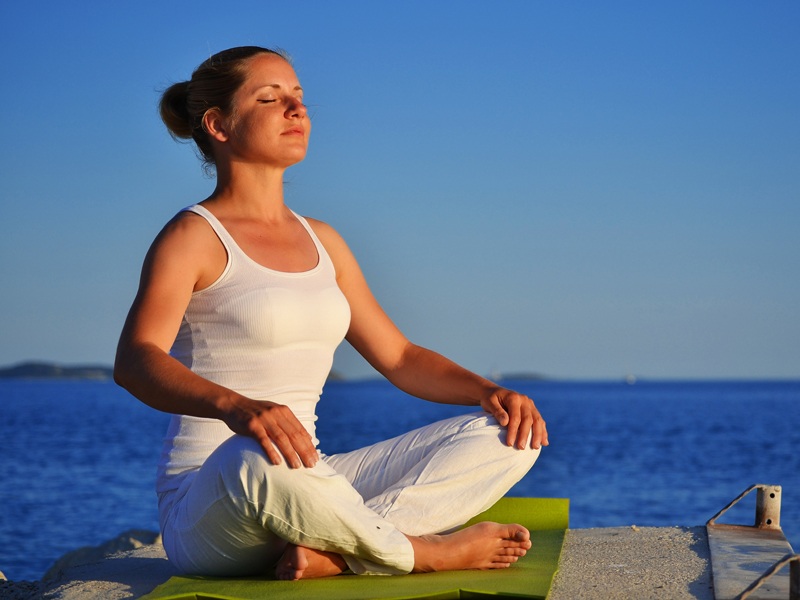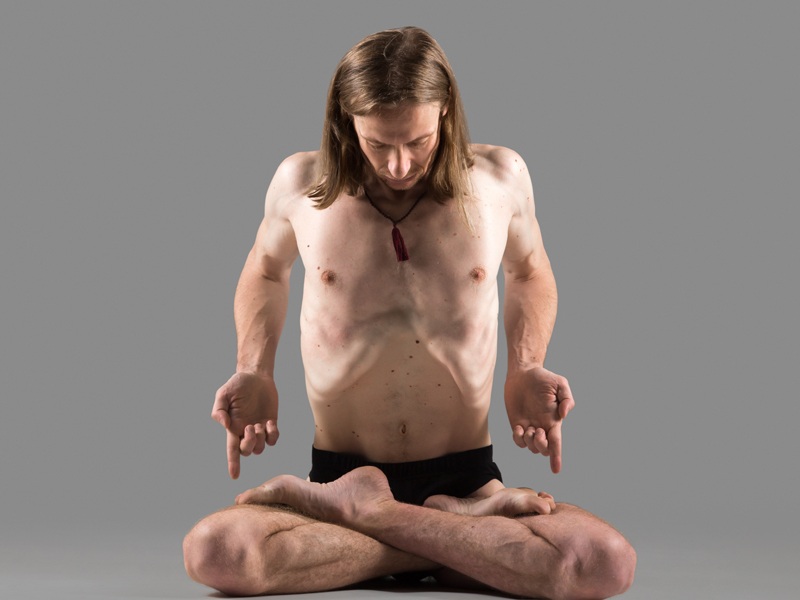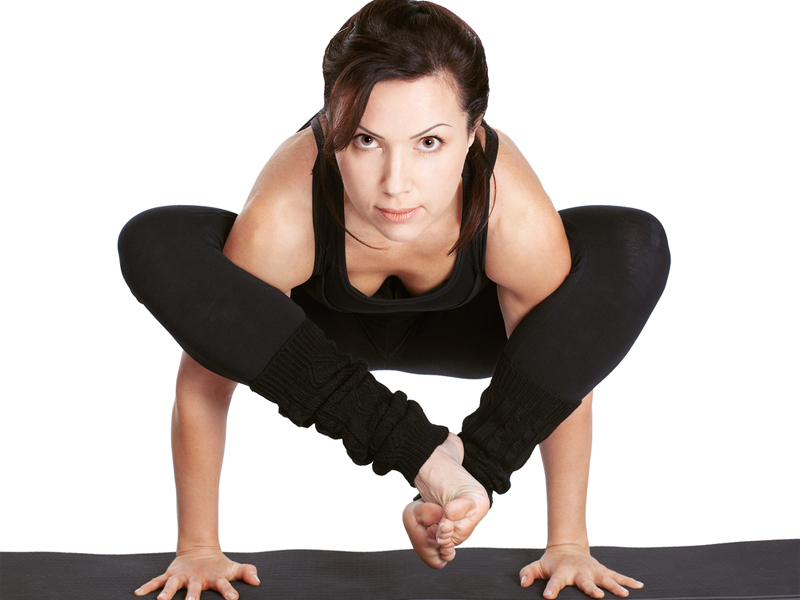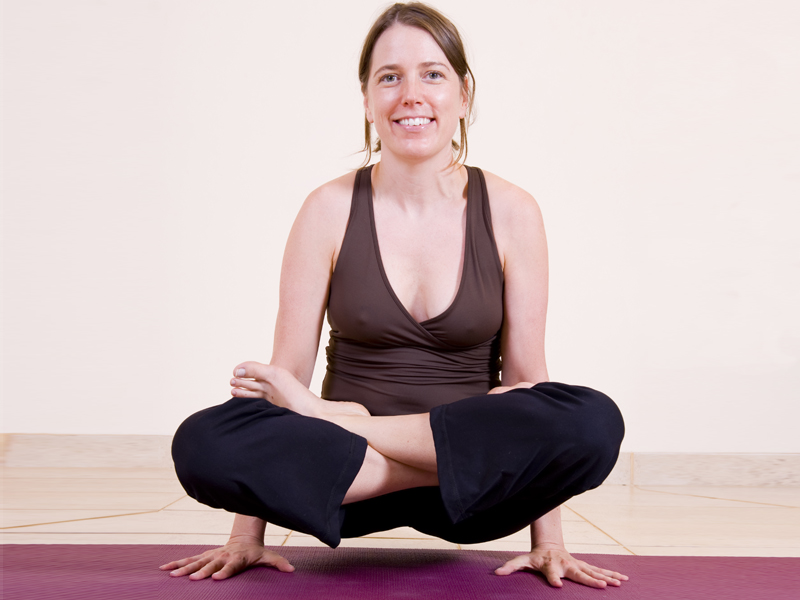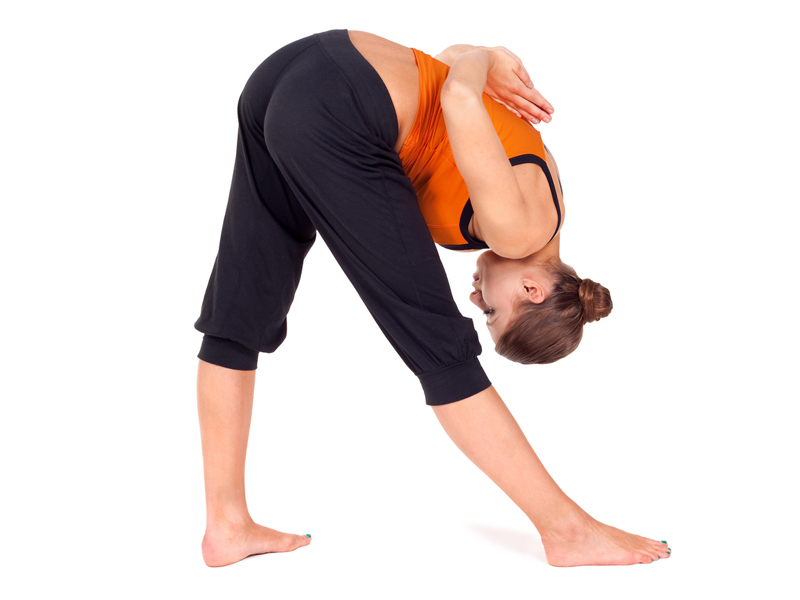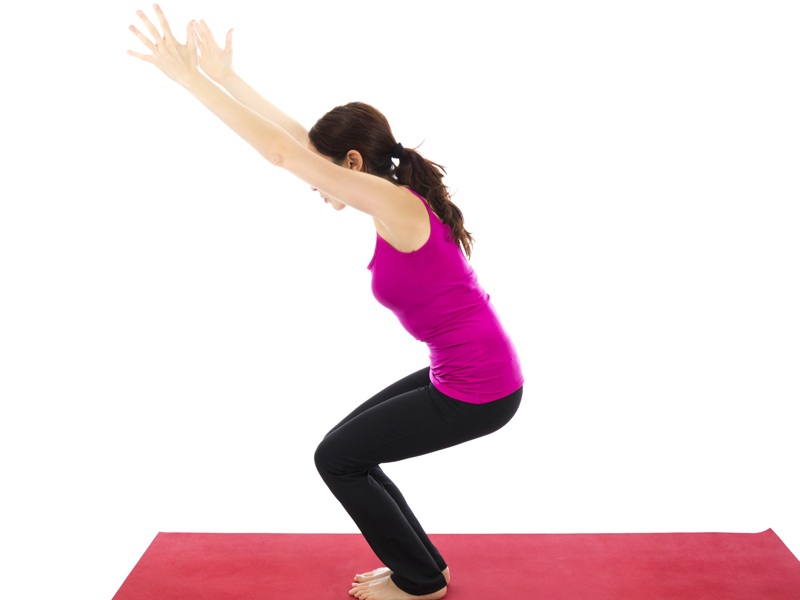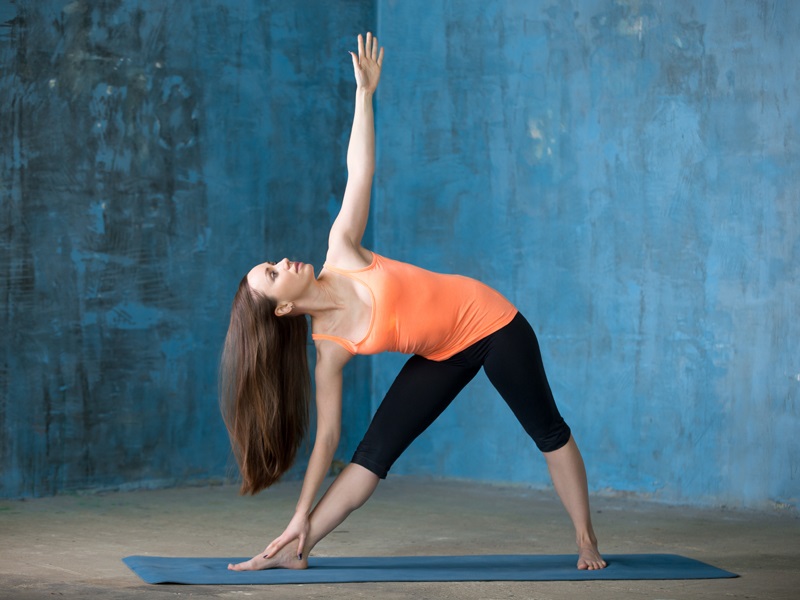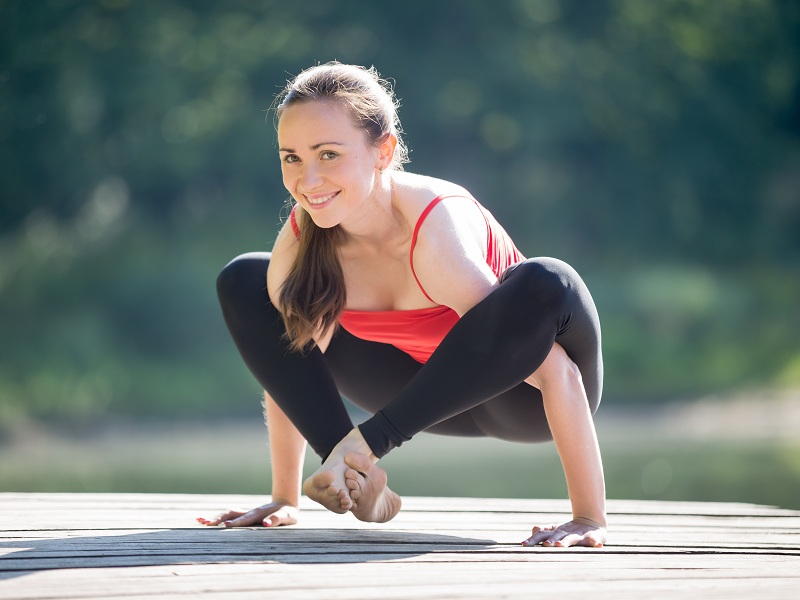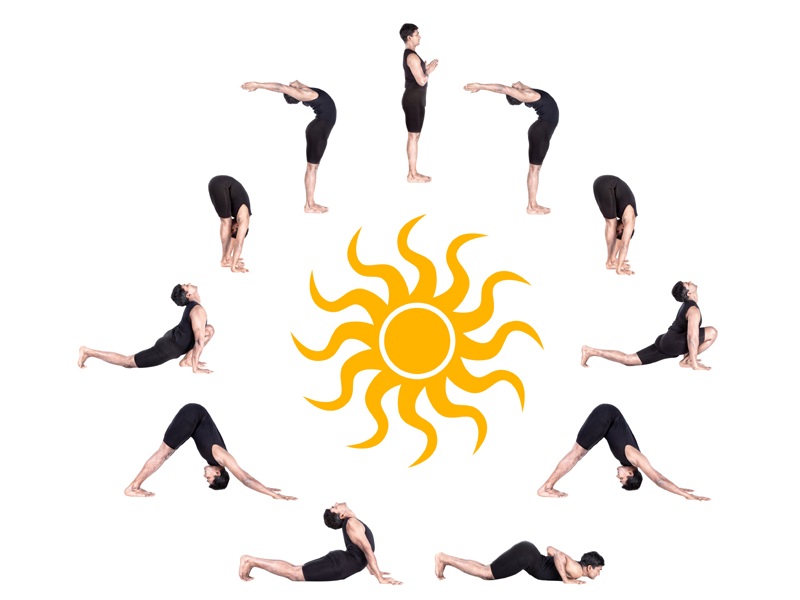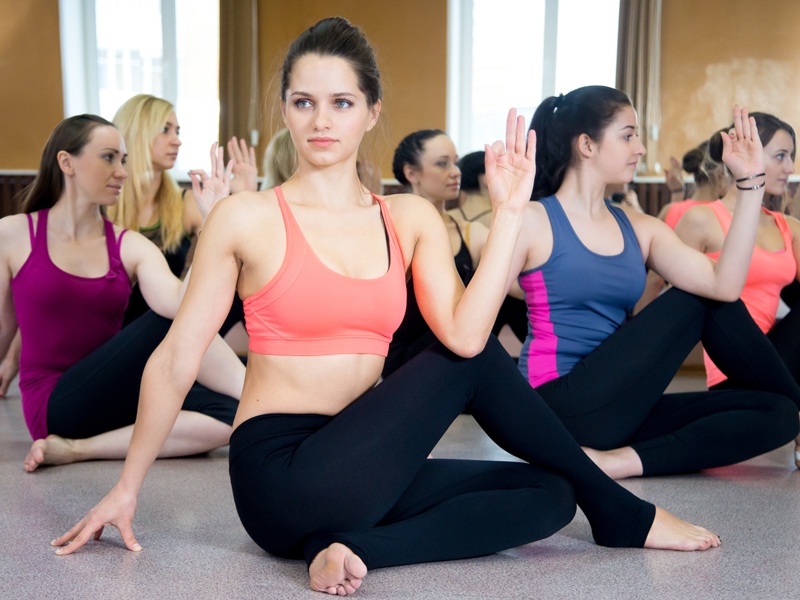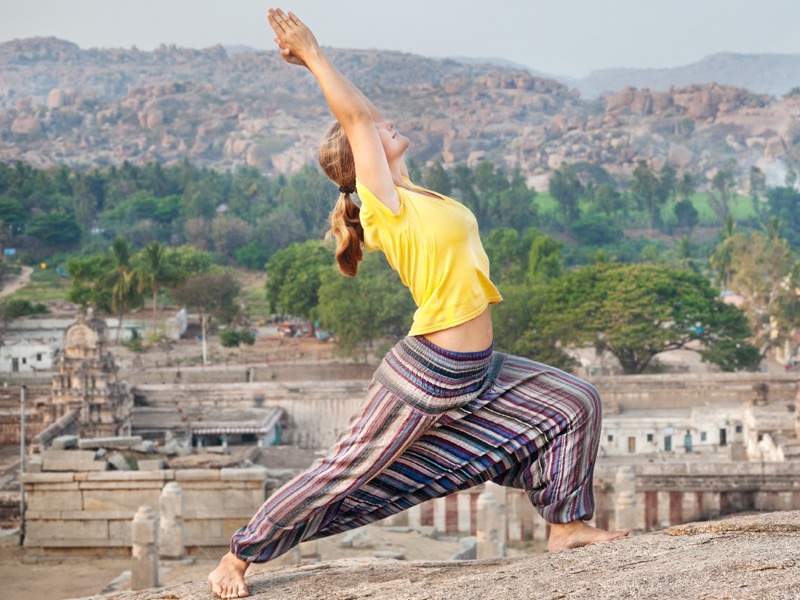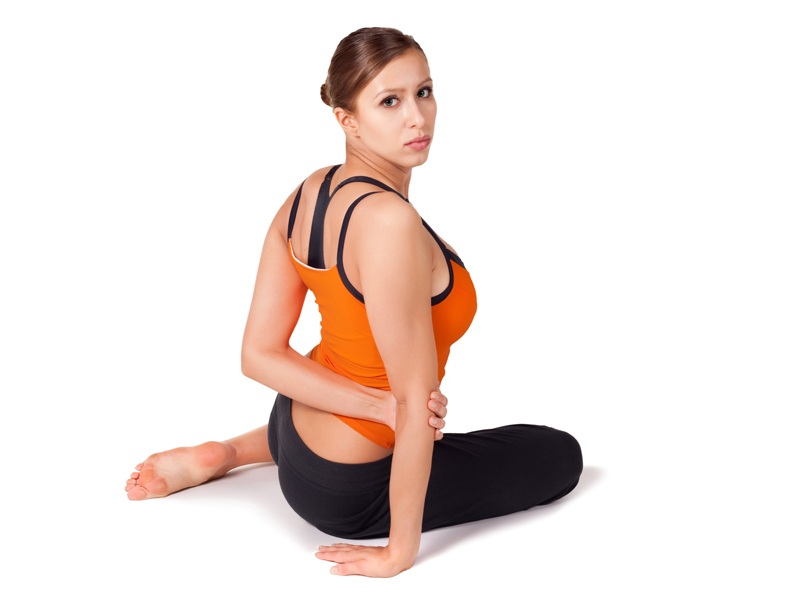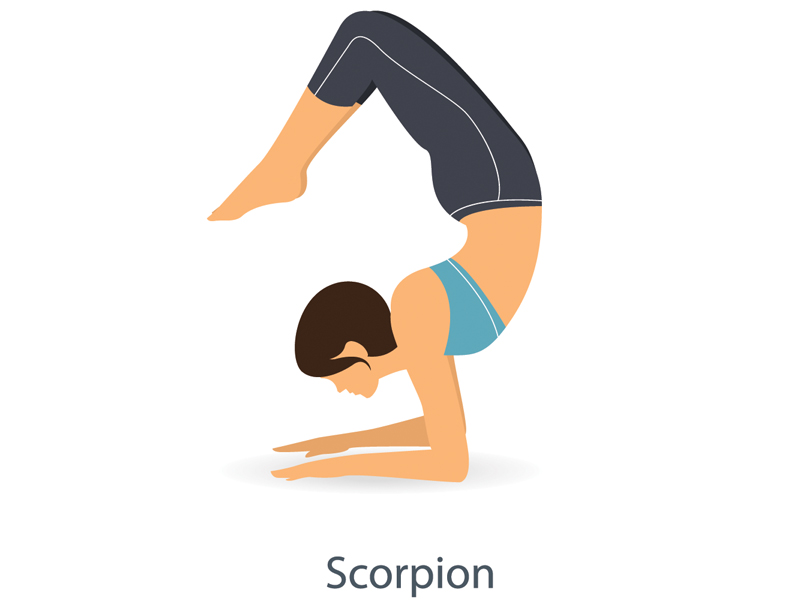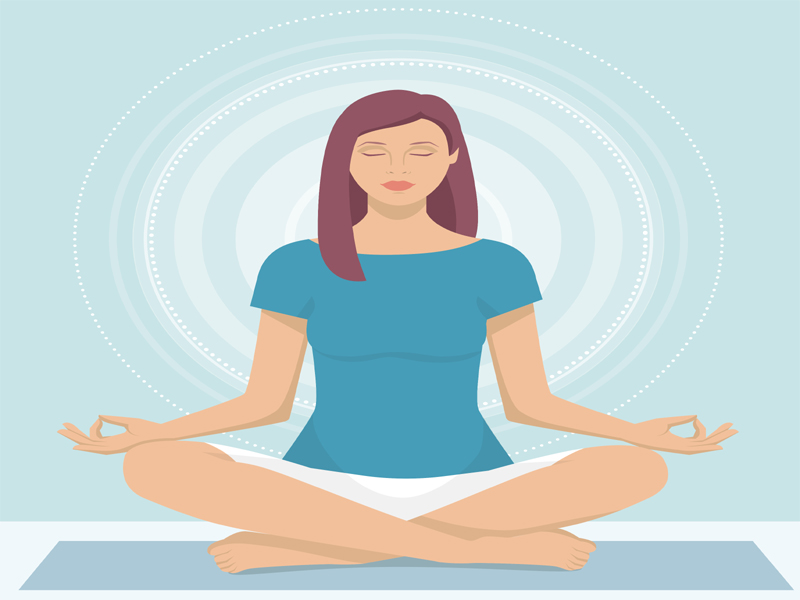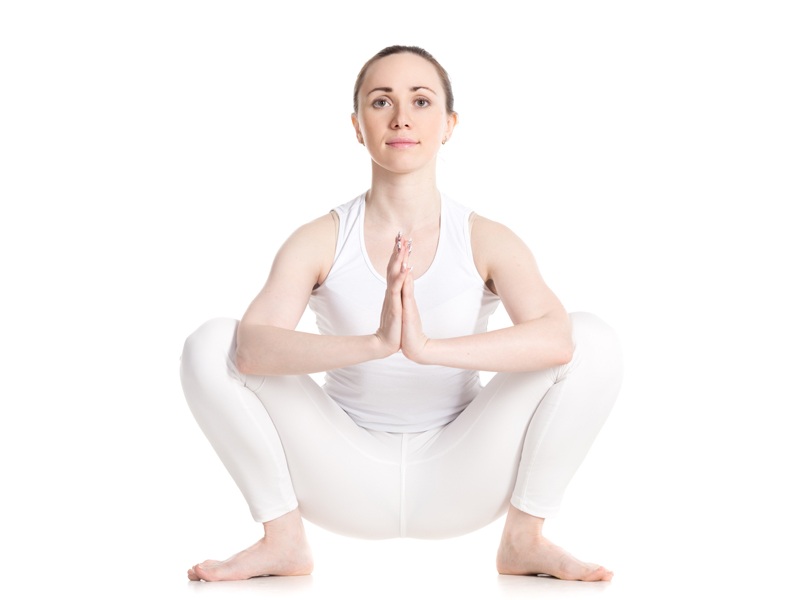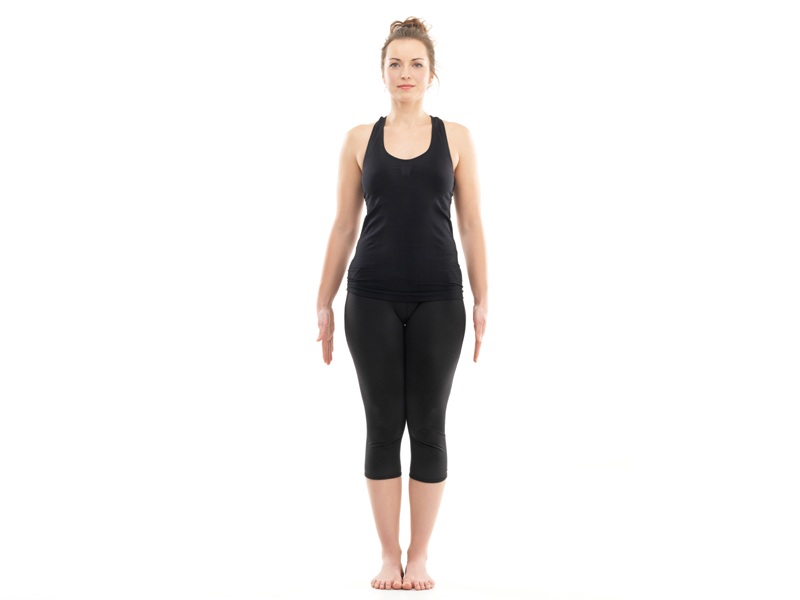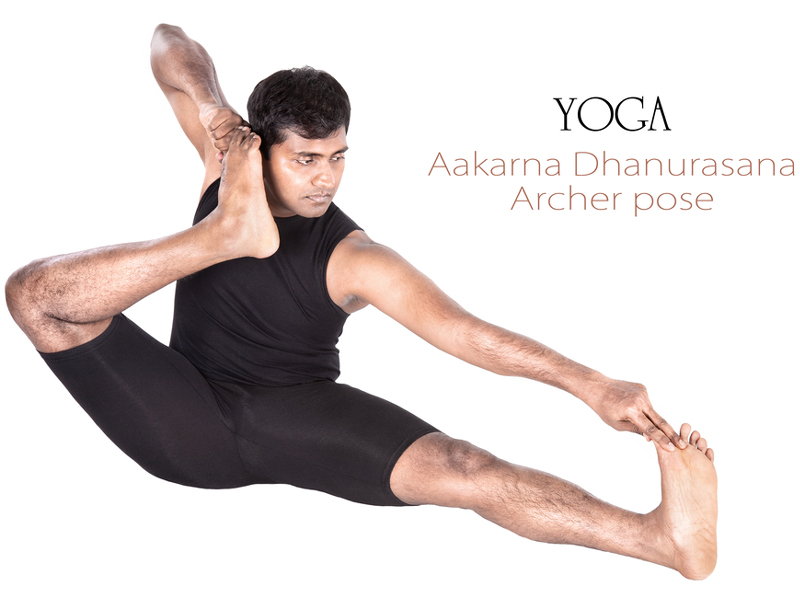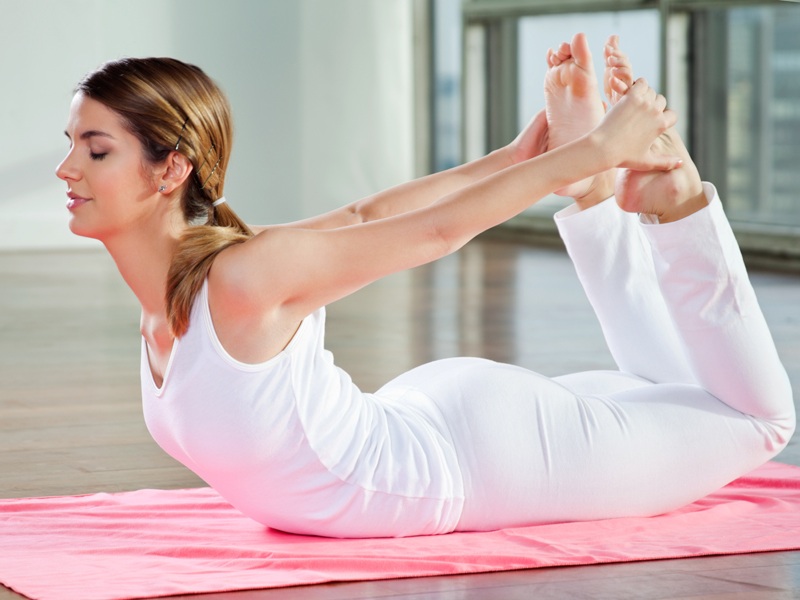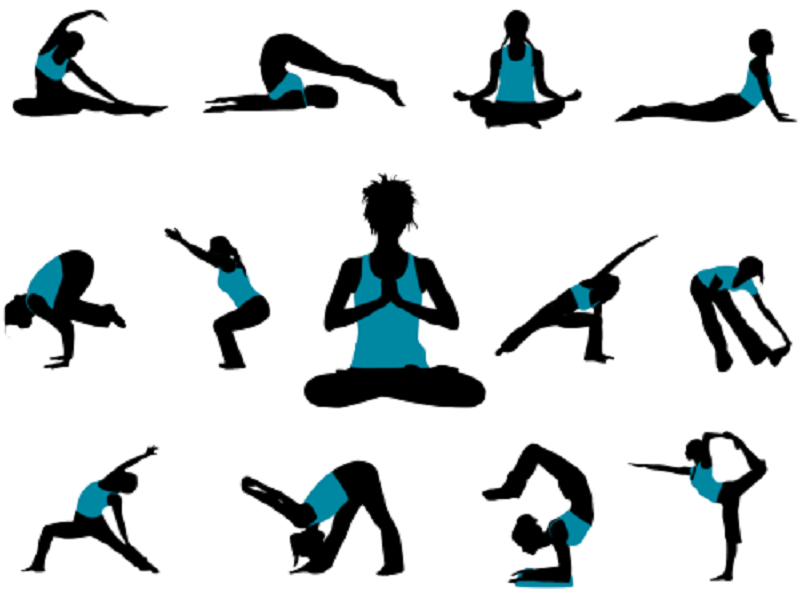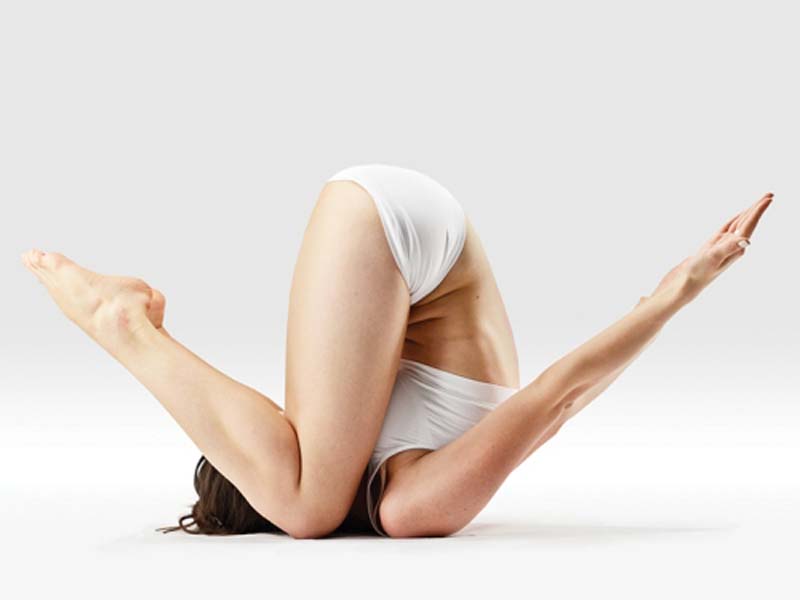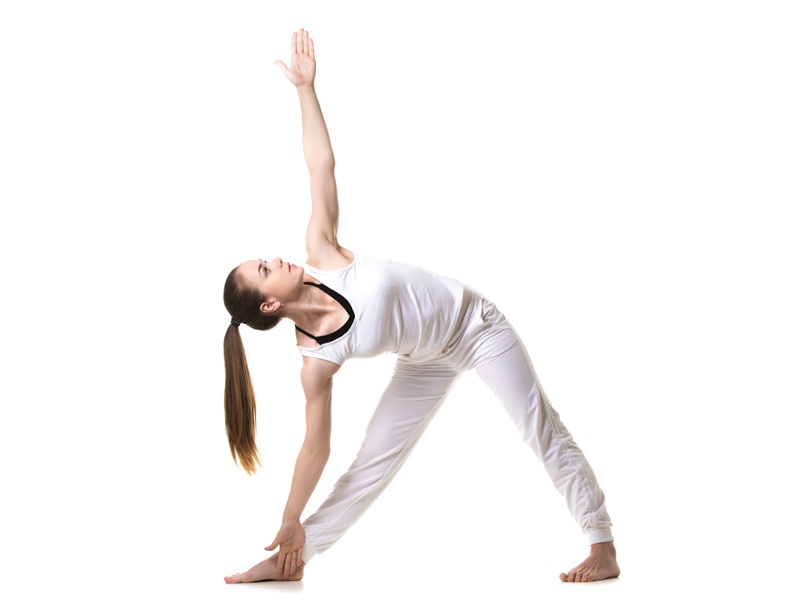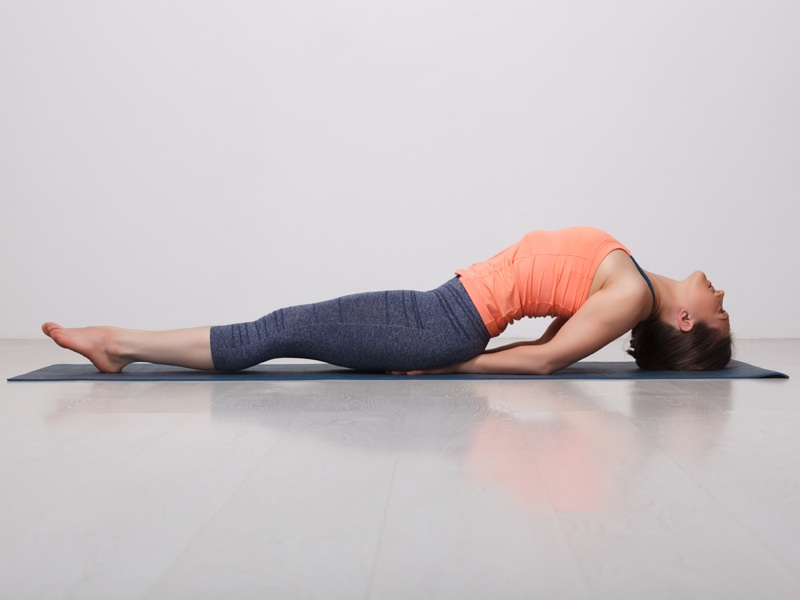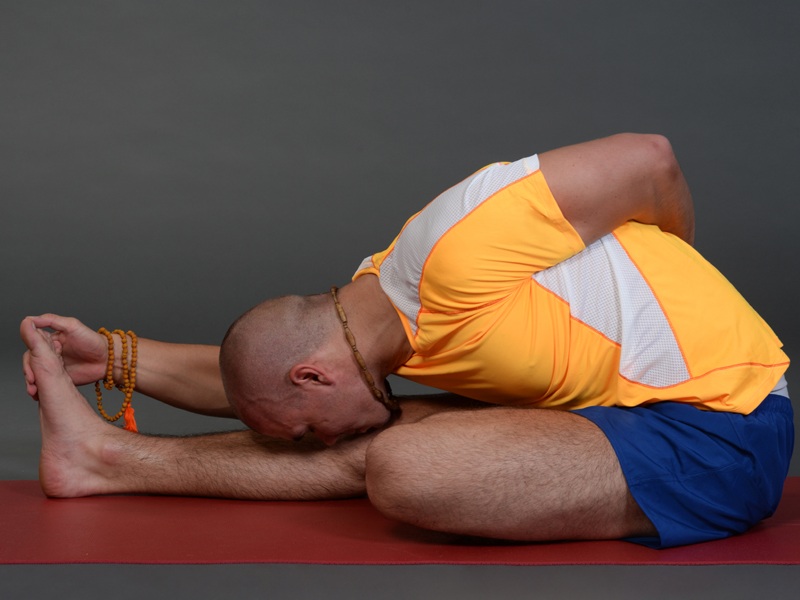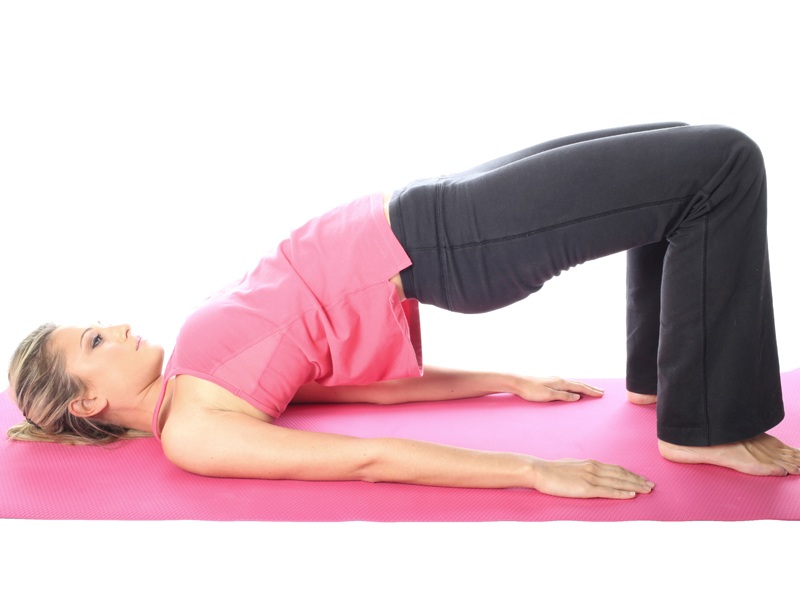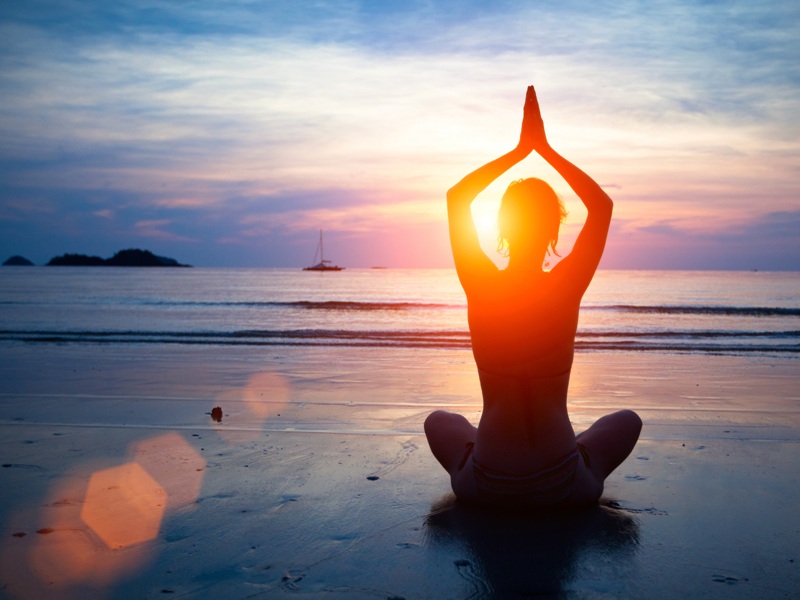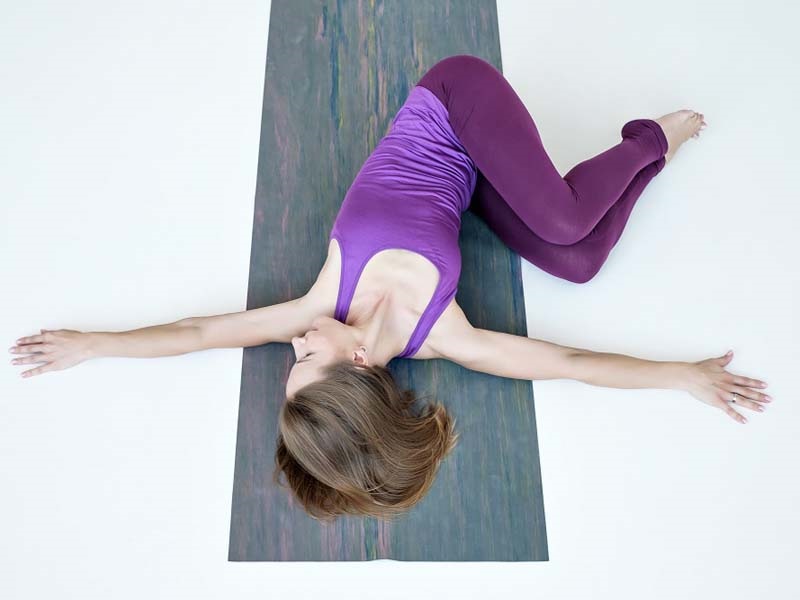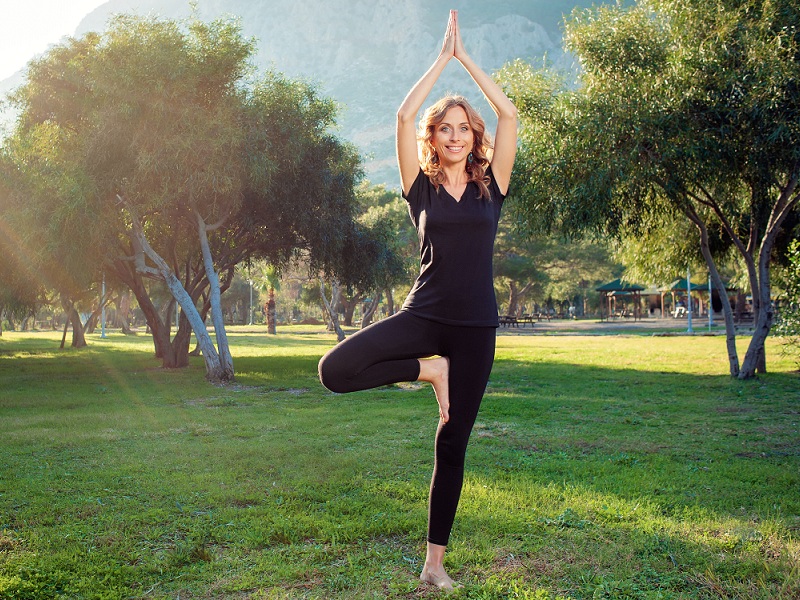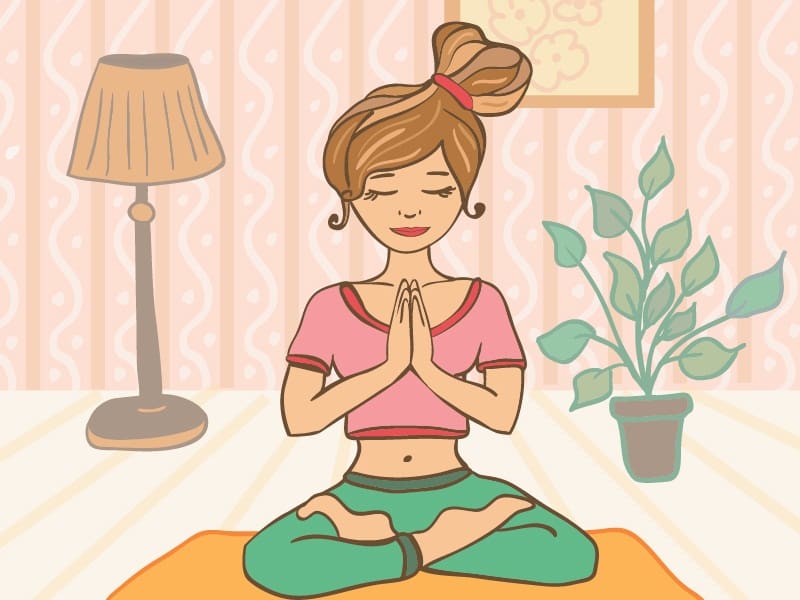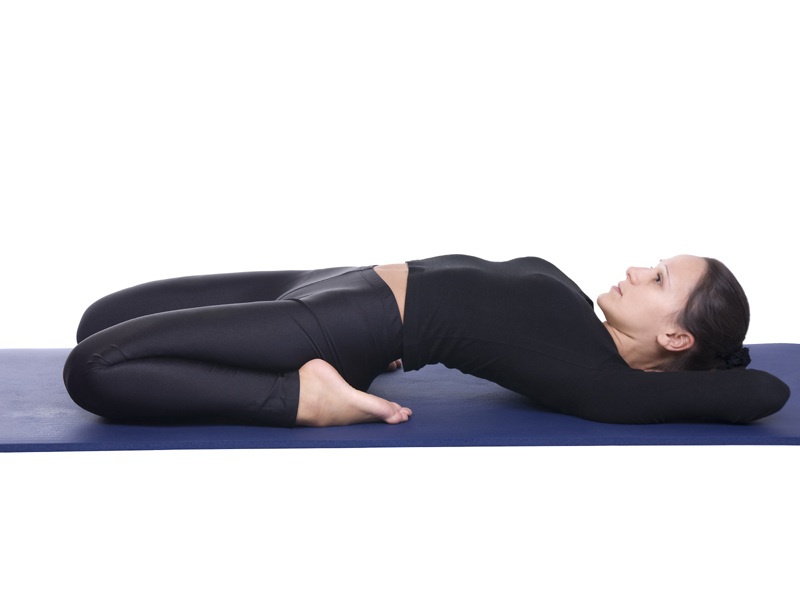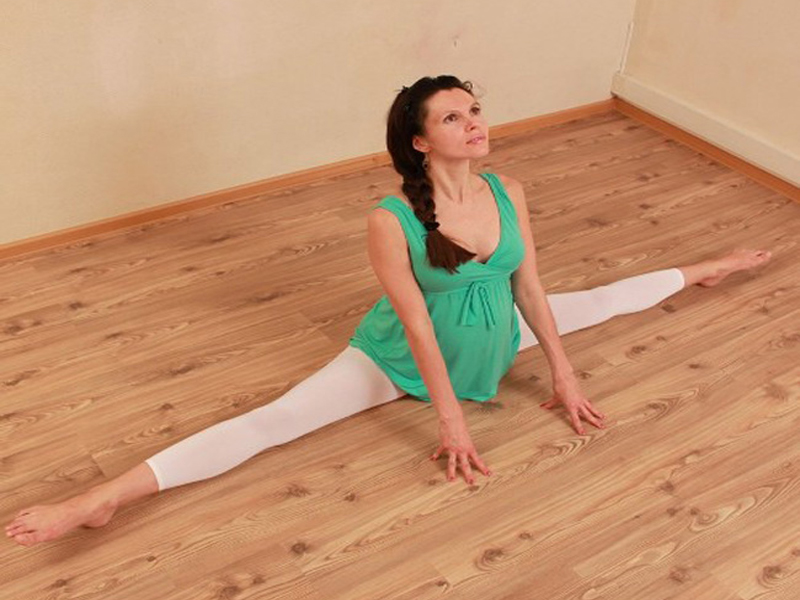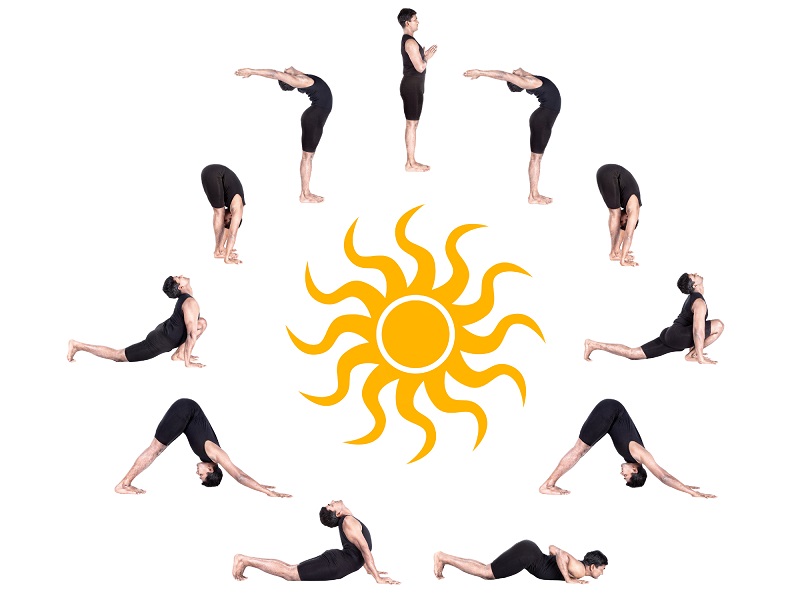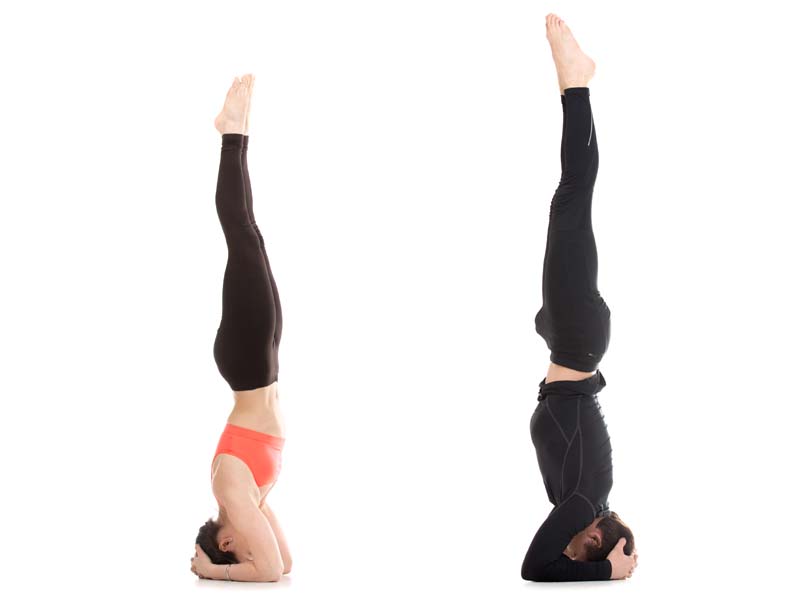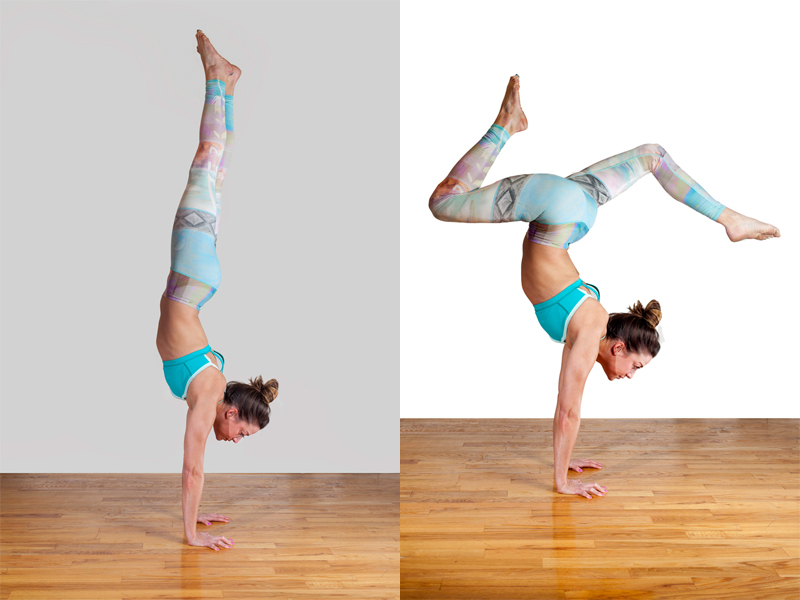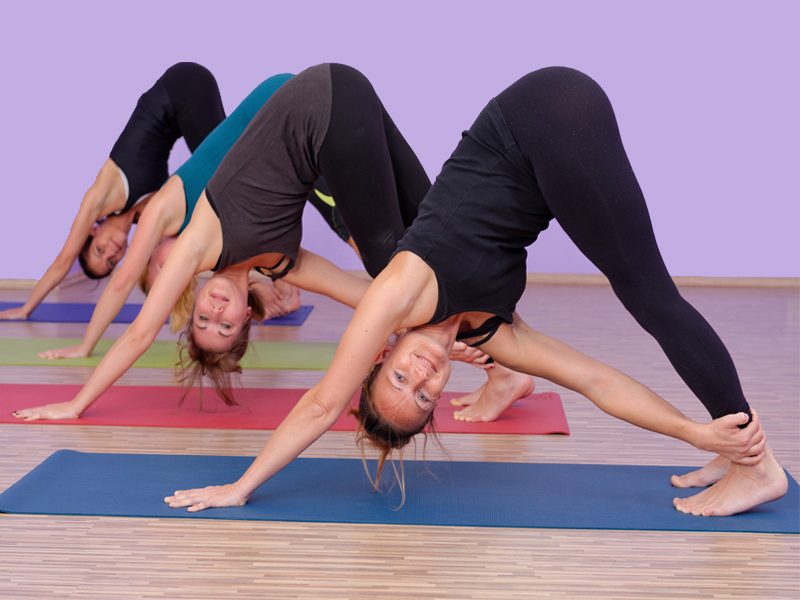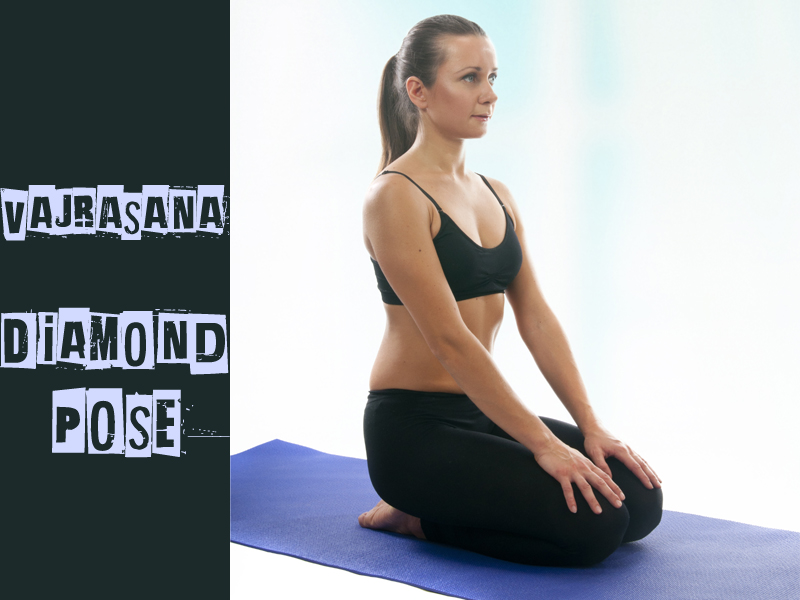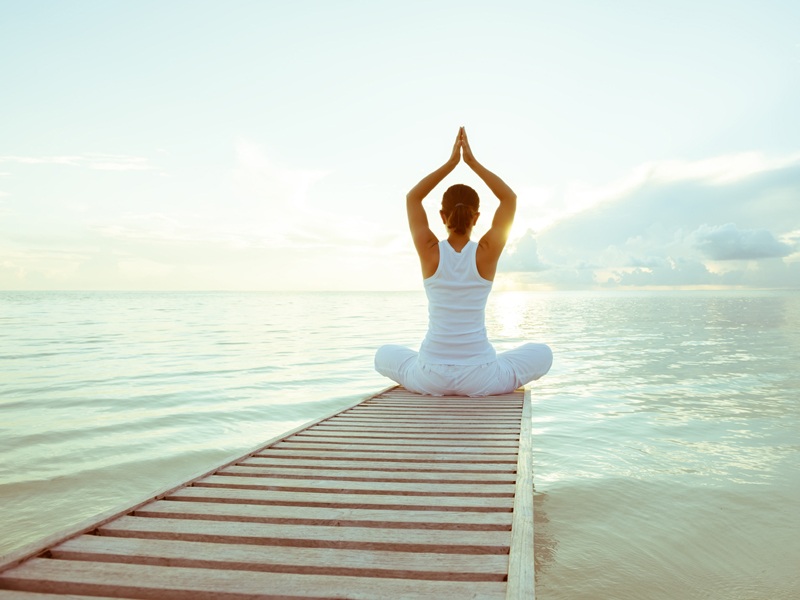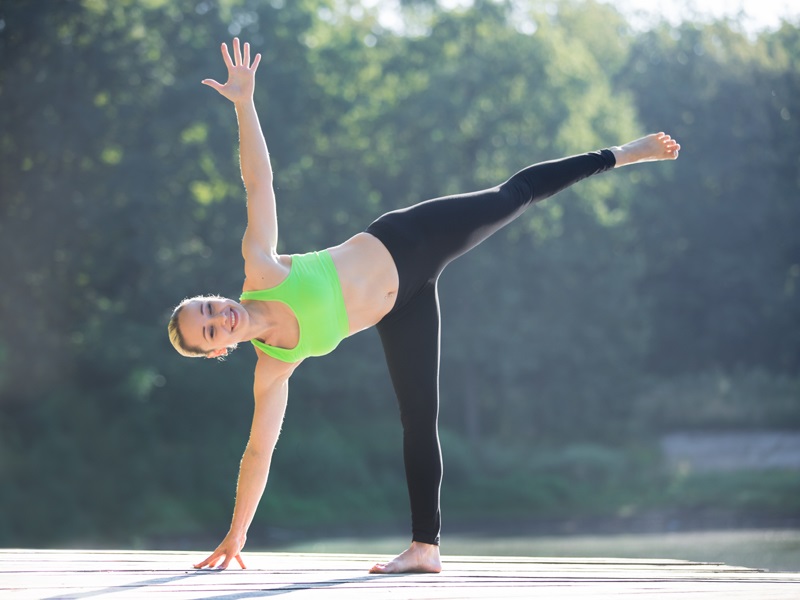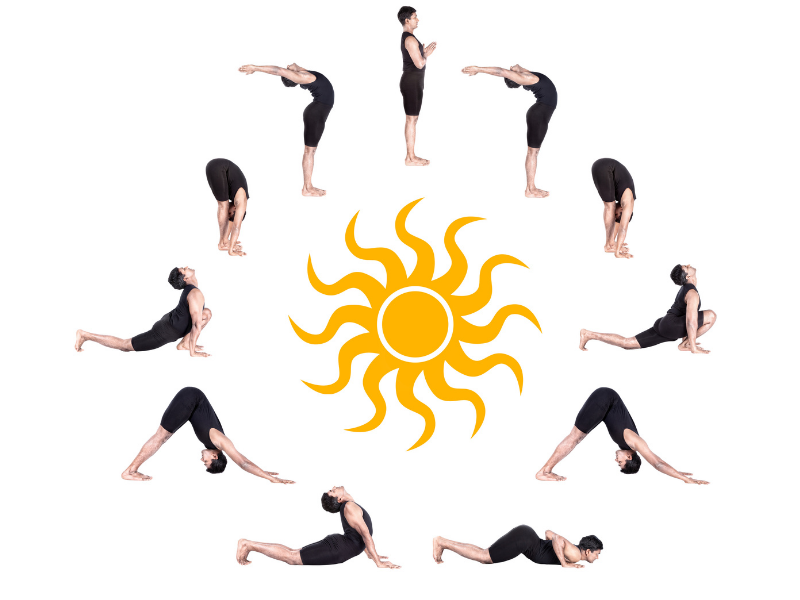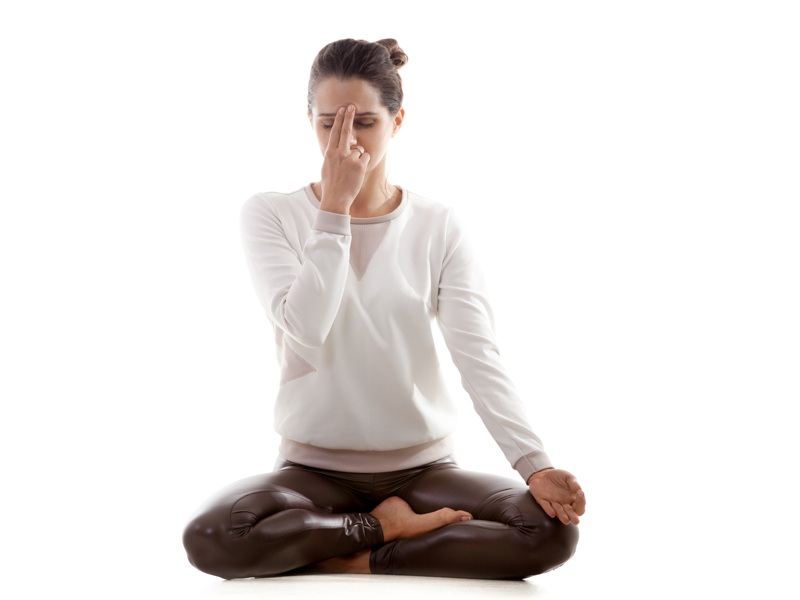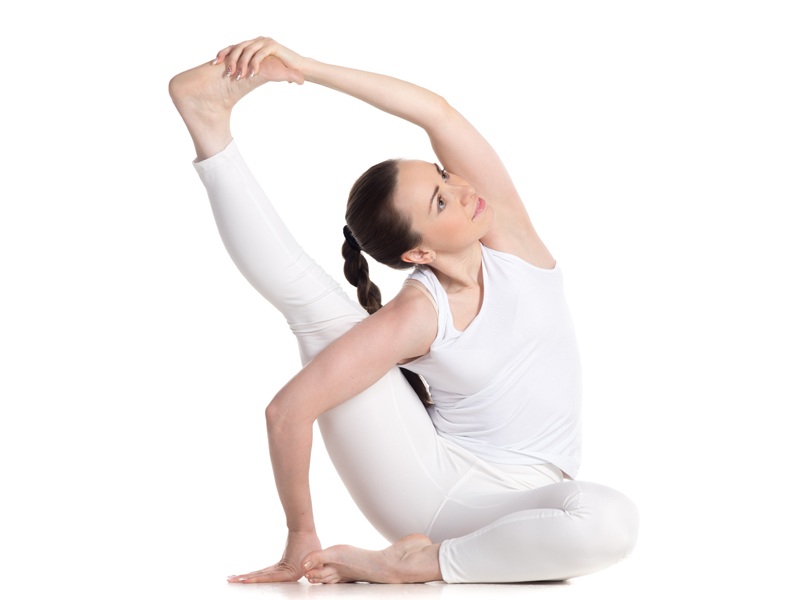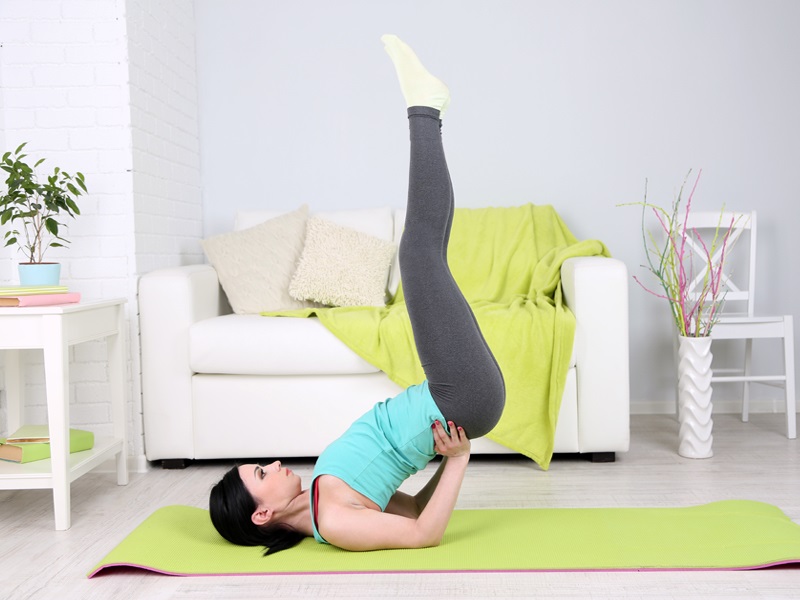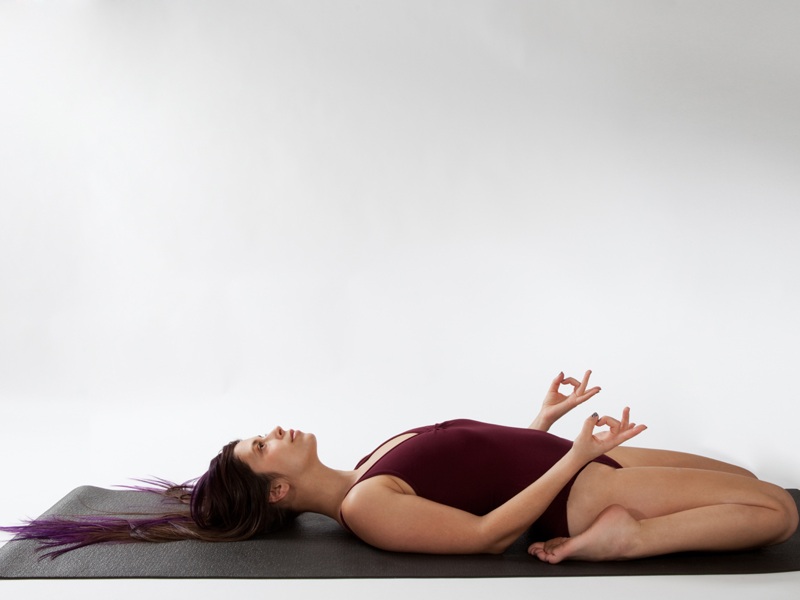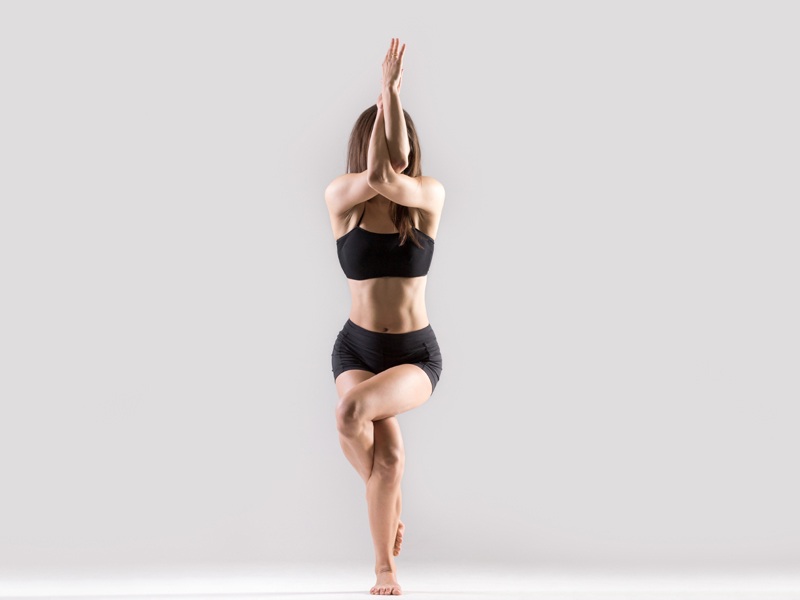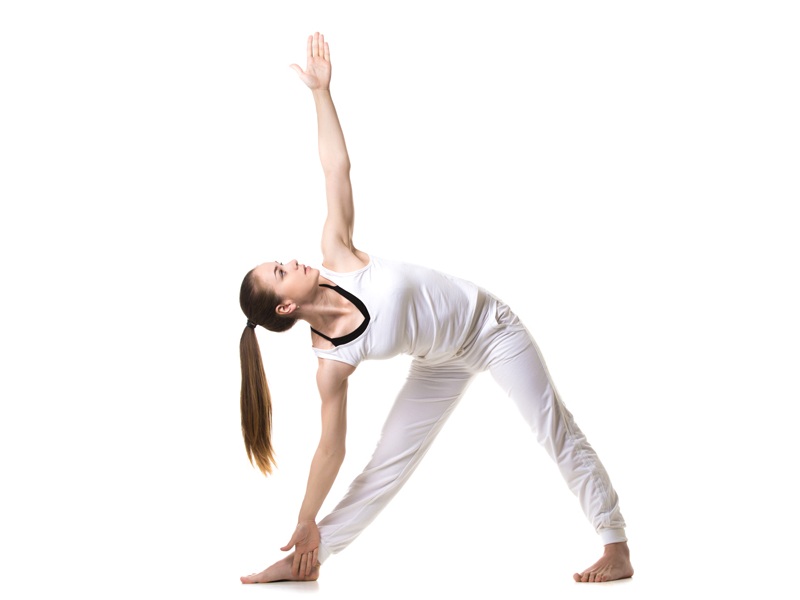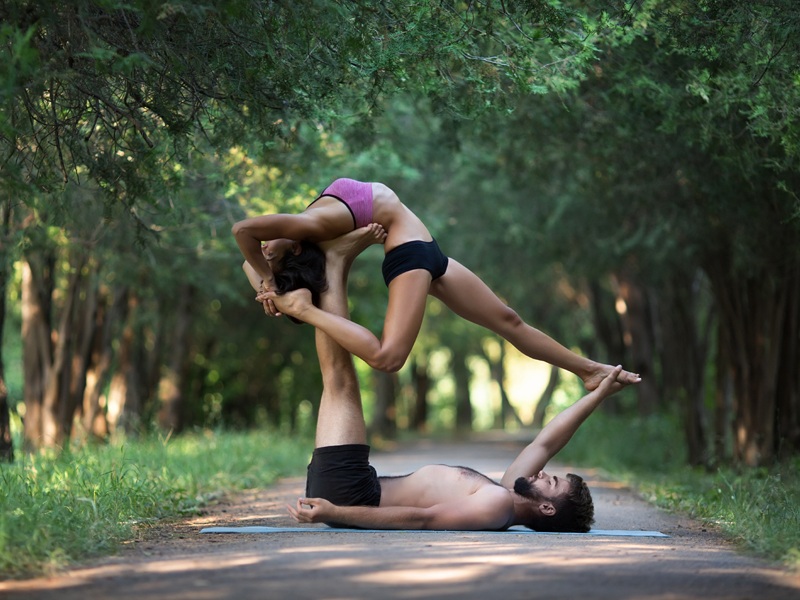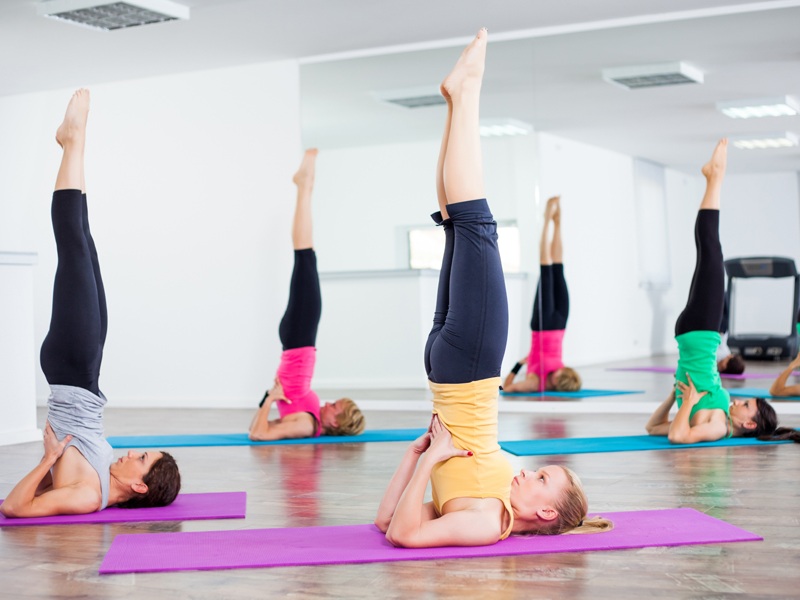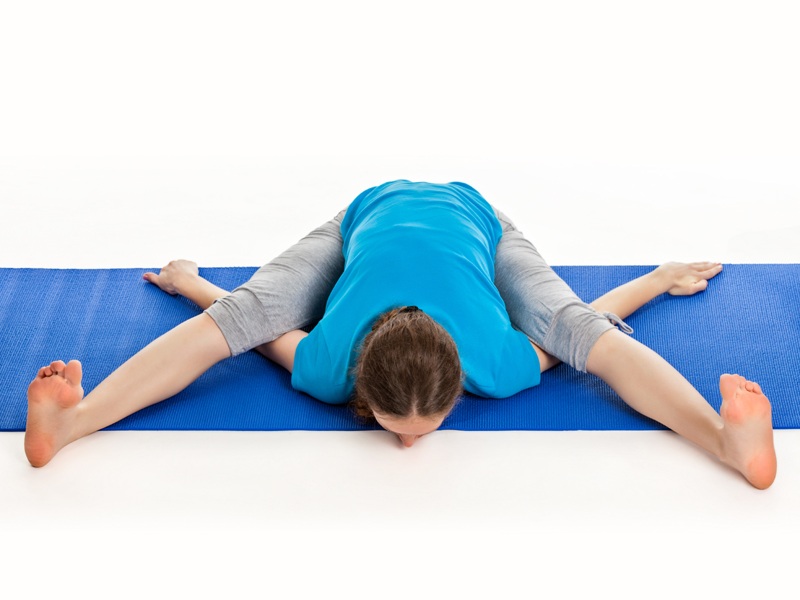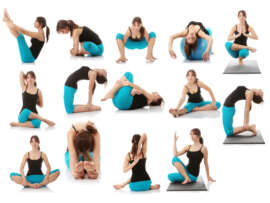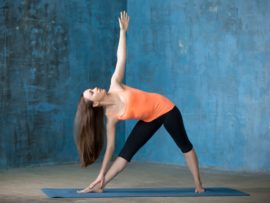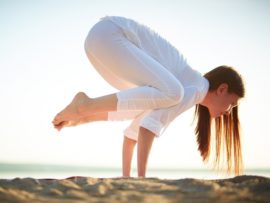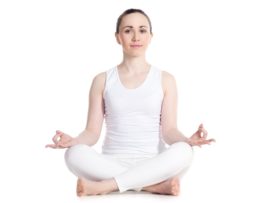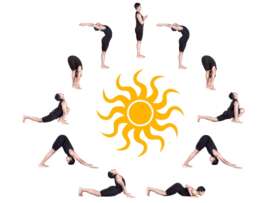Yoga breathing exercises or Pranayama refers to, in yoga, deep breathing techniques. Have you ever observed how you breathe? How to do breathing exercise in yoga? It is so natural from the time we are born so we don’t feel the need. But minor attention to this may help you with good health benefits. Before you actually get started with the real intense yoga or even workouts, you must do a couple of breathing exercises to empty the lungs. This is essential to keep it clean.
It is also said that pranayama can cleanse all the 72,000 Nadi or nerve in the body. It also helps to enrich your body blood with enough oxygen. Do you know our breath is linked to our mind when we are angry our breath is faster and mellow when we are calm? This is why you need to know pranayama. What is most important of all is, you know the different types of yoga breathing exercises techniques.
You should always practice under a well-trained instructor. Given that, let’s have a look at what basically these yoga breathing techniques are all about.
Yoga Breathing Technique for Beginners:
There are different breathing techniques in yoga but most of them need some guidance if you do it for the first time. Here are some things you need to keep in mind.
- Maintain the right pose when you do each of them. Right pose has a lot of consequences on the body and can affect your overall posture.
- Practising yoga in the morning is the best way to get started.
- If you have a neck or backache, make sure to get expert guidance before setting your feet on your own to try.
Yoga Breathing Exercises:
1. Kapalbhati:
“Kapal” means forehead and “Bhati” means shining. Kapal Bhati pranayama releases all the toxins from the body through outdoor breath. It is very powerful breathing which not only helps in weight loss but also balances the entire system. With this pranayama, you will surely have shinning forehead from the outside but also from inside with sharp and refined intellect. Due to a hectic schedule and long working days are you feeling lifeless and dull? Here is a way to rejuvenate your soul inside out with the help of Kapal Bharti pranayama. It provides the practitioner with multiple benefits like:
- Diseases like obesity, indigestion, acidity, gas-related problems,
- Cures breast cancer and all other abdominal related diseases.
- It helps in the removal of dark circles and stress from the eyes.
- It energies your nerves and brain.
- It uplifts your mind and soul
- It will glow your face and activate your body
- It helps in weight loss,
- Cleansing of airway inside the body
- Improving muscle tone,
- Relaxation
This is basically a vigorous abdominal breathing technique.
Steps for Kapalbhati Pranayama:
It involves sitting cross-legged on the yoga mat while maintaining a straight back and neck and chin-up posture.
- Then, place your hands on your knees.
- Your abdomen muscles should be completely relaxed.
- The breathing in part is done normally and the breathing out part is forceful.
- With each exhalation, the abdominal muscles are to be contracted.
- Practising this breathing style 30 times should be enough for a beginner.
This exercise is not to be done if you are on a period, suffering from high blood pressure or any other heart disease.
2. Bhastrika Pranayama:
The word ‘’bhastrika’’ means bellows. This pranayama provides your body with the maximum amount of oxygen. Bhastrika pranayama is an exercise for breath in yoga; it purifies and balances the entire incorrect imbalance in the body. The ancient yogis called this pranayama as the ‘Breath of Fire’. The inhalation and exhalation both are done through nostrils. It is an energetic and powerful breathing exercise in yoga. Due to this pranayama, we get full oxygen in the body and we feel energized and fresh. There are a few benefits: –
- It refreshes mind and body
- It improves memory
- It purifies blood and toxins are removed
- The immune system is to improve
- It helps in the common cold
- Three doshas are properly balanced
- Lungs are strengthen
- It helps in asthma, thyroid, tonsil, and allergies
- It is also helpful in low blood pressure
Steps for Bhastrika Pranayama:
- This exercise involves, sitting comfortably in padmasana followed by normal breathing and relaxation.
- Now, start breathing deeply and completely to infuse your lungs with oxygen.
- Thereafter, breathe out forcefully.
- Repeat this 5-10 times.
This exercise should not be practised by people suffering from any heart disease.
3. Anulom Vilom Pranayama:
This breathing technique is also known as alternate nostril breathing. Anulom vilom pranayama is one of the core practices of Pranayama. Ancient yogis evolved it to activate higher consciousness, purify energy body and balance the nadis. There are many benefits of health: –
- It relieves tension
- It has infinite healing power
- Helps in curing diseases like asthma, blood pressure, arthritis
- It also improves heart health
Steps for Anulom Vilom Pranayama:
- This exercise involves, sitting comfortably with cross-legs.
- Then, close your eyes and keep your muscles relaxed.
- Now, the right nostril is to be pressed with the thumb of your right hand and a deep breath is to be taken through the left nostril.
- Retain this for 5 seconds.
- Then, release the right nostril and force out the inhaled air from that.
- Repeat the process with alternate nostrils.
- Repeat this cycle for 10-15 rounds.
This exercise should not be practice if you are pregnant or having periods
[Read: Yoga to Improve Eyesight]
4. Bhramari Pranayama:
The word ‘‘bhramari’’ means bee. Bhramari pranayama is one of the best breathing exercises to release mental tension and de-stress yourself. The name itself says humming, the name is derived from the black bee called bhramari in India. If you get hyper anytime in a day or at an awkward place you can do bhramari pranayama and calm yourself instantly. It is a simple practice which can be done anywhere. Benefits: –
- It helps in paralysis
- It relieves anxiety, anger, and tension
- Insomnia people can get relief with this exercise
- It helps in concentration and memory building
- It also builds confidence
- It helps in the reduction of the migraine problem
Steps for Bhramari Pranayama:
- It involves sitting cross-legged on the yoga mat while maintaining a straight.
- Now, close both your ears with your thumbs.
- Put your ladyfingers on your closed eyes, gently. Put your index fingers on your temples and press lightly.
- Likewise, place the ring fingers and little fingers on the bridge of your nose.
- Now breathe inhale and exhale while making a humming sound like a bee.
- Carry on for 11-21 times.
5. Sitkari Pranayama:
Sitkari means the sound that is produced when we draw in air through the front teeth. This technique helps to relax the body. Benefits: –
- It cools the entire body, brain, and nervous system
- It reduces blood pressure
- Helps in insomnia
Steps for Sitkari Pranayama:
- The upper and lower teeth are kept either tightly closed or slightly opened in relation to each other.
- Here, the tip of the tongue regulates the air pressure.
- This technique concentrates on only inhaling while the exhalation is carried out, normally. This is like ‘’sipping air’’.
6. Sitali Pranayama:
The term sitali means sound caused when the air is drawn in through a tongue folded into a tube. This technique helps in:-
- Cooling the throat,
- Lower body temperatures
- And even controls temperament.
Steps for Sitali Pranayama:
- This technique involves rounding the lips into an “o” formation.
- Roll the tongue into ‘u’ breathing with the tongue curled up at both edges.
- This has to be maintained both during inhalation and exhalation with a variable degree of folding of the tongue.
- Also, we can breathe out either through the throat or through the nostrils.
7. The Long Exhale Technique:
This breathing technique involves gradually increasing your exhalation until it is twice the length of your inhalation.-this particular breathing technique can help in combating problems like
- Insomnia,
- Sleep disturbances,
- And anxiety.
Steps for Long Exhale Technique:
- This involves lying on your back with your knees bent and feet flat on the floor.
- Then, rest a palm your abdomen and take a few practices normal breathing, try to feel the abdomen expand on the inhalation and gently contract on the exhalation.
- Try to observe the length of each inhalation and exhalation.
- Now, you have to eventually and gradually increase the length of exhalation, second my second, till it is double of inhalation.
8. Yogic Breathing for Bronchial Asthma:
Breathing is always helpful. It is an exercise which is easy to do. And here are some yoga breathing exercises benefits: –
- It helps in strengthening the lungs
- It improves the immune system and helps in cold
- It also helps to a coup for stress and depression.
Steps for yogic breathing for bronchial asthma:
- In this technique, you have to sync your tummy/ abdominal muscles’ rise and fall with your deep breathing.
- While doing so, you have to inhale slowly and exhale fully.
- In addition, say ‘ahhh’ in a low volume as you exhale and try to feel the vibrations in the lower portion of your body.
- Repeat for 5 cycles.
[Read: Benefits of Doing Super Brain Yoga]
9. Breath and Stretch:
This technique is beneficial for pregnant women. It involves, deep breathing combined with stretching exercises. This technique improves your blood circulation and helps you feel energetic.
10. Nadi Shodhana:
Benefits for this breathe yoga: –
- It helps in clearing and realizing toxic
- It helps to balance hormones
- It supports and clears the respiratory system
- It infuses oxygen in the body
Steps for Nadi Shodhana Pranayama
- Sit in a comfortable asana and make amrigi mudra.
- Now, close the right nostril with the thumb and inhale through the left nostril. Close the left with the ring fingers.
- Gently open and exhale through the right nostril.
- Now, keep this right nostril open. Inhale through it and then close it and open and exhale slowly through the left.
Repeat this cycle 3 to 5 cycles every day. This will lower your heart rate will also reduce stress and anxiety.
11. Bahya Pranayama:
Bahya means outside and the breath is kept outside the body. It is one of the best yoga breathing exercise. It should be perform Kapalbhati Pranayama. Benefits of this yoga pranayama: –
- It helps in problems related to reproductive organs
- It cures hernia, constipation, gastric problem and acidity completely
- It helps the person suffering with diabetes as bandha helps improve reproductive organs the insulin is controlled.
- Organs like the spleen, stomach, intestine, uterus, kidney, etc. get fresh blood supply when all the bandhas are released.
- It helps in getting more focused and concentrated.
- It also helps in sharpening the memory.
- It also helps in urinary and sperm-related problems.
- It helps in gaining self-enlightenment and tranquillity.
Steps for Bahya Pranayama:
- Begin by sitting in the padmasana position by making sure your spine and head are erect.
- Inhale deeply and exhale completely.
- Once you exhale completely, hold your breath and pull your stomach upwards as much as you can. Remember to pull up your muscles in the area around the navel.
- Next, move your head such that your chin touches the chest.
- Remain in this position for 5-10 seconds.
Repeat this at least 5 to 10 times, and for those of you with neck and back pain, you don’t have to move your neck down, but just look straight.
12. Dirga Pranayama:
Dirga Pranayama known as ‘three-part breath’. As you breathe in three parts of the body, first is the lower belly, the second one is the lower chest and the third one is the lower throat. The inhale starts with the first position, the lower belly and then moves to the second one, the lower chest and then to the third one, the lower throat. There are many benefits: –
- It helps in full breathing.
- It helps in keeping the lungs healthy.
- It helps in deeper meditation.
- It also helps in muscular tension.
- Reduces stress and anxiety
Steps for Dirga Pranayama:
Lie down on the back with your eyes closed and loosen your body and face. You can bend your knees or keep it stretched. When bending your knee, you can allow them to rest against each other. In case of stretching them, bring the soles together on the mat.
- Inhale and exhale naturally without any thoughts or getting divert. Focus and pay attention to inhaling and exhaling.
- Slowly, begin to inhale and exhale deeply through the nose. Every time you inhale fill up your stomach with a lot of air.
- When you exhale, exhale out from the belly through your nose and bring the navel back towards your spine, to make sure the stomach is empty completely.
- Repeat the deep breathing into the belly and rib cage for about five breaths. This is part two of three.
- The next time you inhale, fill the belly and rib cage up with air just like before. Fill up with a little more air and allowing it to fill the upper chest, all the way up to the collarbone, making the area around the heart to expand and rise.
- While exhaling, let the breath go first from the upper chest, making the heart sink back and then from the rib cage, making the ribs slide closer together. Let the air go from the belly and draw your navel back towards the spine.
- This is the three-part breath. Continue at a comfortable pace.
Continue for about 10 breaths. This is a yoga, deep breathing exercise.
[Read: Yoga Poses for Concentration and Mental Focus]
13. Ujjayi Pranayama:
Ancient yogis did this pranayama, these are part of Ashtanga and Vinyasa yoga practices. Ujjayi breath means victorious breath. In this, the inhalation and exhalation both are done by nostrils only. In this typical ocean-like, the sound is made. It is even said that with ujjayi pranayama ancient yogis used to melt the snow. There are many benefits of this pranayama: –
- It produces heat inside the body.
- It regulates cholesterol
- It generates a positive attitude.
- You get a more focused and powerful mind.
- Reduces lisping problems in kids
- Concentration is increase
Steps for Ujjayi Pranayama
- Sit in a comfortable position. Relax your jaw and tongue by allowing your mouth to drop a little.
- Now, inhale and exhale through your mouth and feel it in the windpipe.
- When you exhale, contract the back of your throat and whisper ‘aah’ as you exhale.
- When you slowly become comfortable with the exhalation, maintain a slight constriction in your throat even when you inhale.
- Start breathing through your nose when you are comfortable with the inhalation and exhalation with the throat’s constriction. Maintain the same constriction when you breathe through the nose too. You will hear the ocean-like sound.
- Do this for 15 minutes when you start doing intensely.
Yoga breathing exercises or pranayama are extensively documented and they not only improve one’s flexibility, balance, and strength and help us relax. The thumb rule is to choose something that matches your current fitness level. Be very clear in the purpose or aim of actually pursuing yoga, be it to improve your overall strength, or lessen your stress levels. This will aid in you in determining the apt exercise to choose among the various yoga disciplines. I hope this article was beneficial in setting you on the right path of yoga breathing exercises. Please do share with us your valuable feedback.
Frequently Asked Questions And Answers:
1. How Long Should I Practice Pranayama in a Day?
There are many pranayamas which are easy and can be done by anyone. Some of them are anulomvilom, deep rhythmic breathing, etc. You can increase the duration of Pranayama as per your convenience and can increase upto 30 minutes of each of these. If you feel any discomfort while doing any of these you can stop. But you should always be cautious when practising pranayama. Pranayama is the way of cleansing inside breath and diseases.
2. What’s the Best Time to Do Pranayama?
If you want the best results, you should do pranayama early in the morning before sunrise. The oxygen will be highest in the morning without pollution. The other thing is that you will be fresh early in the morning with no thoughts lingering in your mind. But still, there is no compulsion about the time you can practice it anytime and anywhere.
3. What is the Difference Between Pranayama and Yoga?
Pranayama consists of exercises that can clear your body’s physical and emotional body to release the breath and let the prana flow inside. Whereas yoga is a pure form of physical exercises that improve flexibility, balance, increases strength, endurance. Yoga controls the body while Pranayama controls the breath. Yoga should be done first and then you should lie down in savasana and then later do pranayama, you should not force your body for anything.


